Image of 1940 Buick Roadmaster Series 80, Note: These illustrations use artistic license and may differ from actual historical models.
Performance Metrics
Fundamental Metrics
Emotional Appeal
MMP Rating
| Engine Specifications | |
|---|---|
| Engine: | Straight 8 |
| Displacement: | 320.2 cu in (5.2 L) |
| Horsepower: | 141 HP |
| Torque: | 269 lb-ft |
| Compression Ratio: | 6.6:1 |
| Ignition System: | Battery Ignition |
| Cooling System: | Liquid Cooled |
| Performance Specifications | |
| 0-60 Time: | Estimated 15 seconds |
| 1/4 Mile Time: | Not available |
| Top Speed: | 90 mph |
| Transmission and Drive | |
| Drive Type: | Rear Wheel Drive |
| Transmission Type: | 3-speed manual |
| Fuel and Efficiency | |
| Fuel System Type: | Carburetor |
| MPG: | Estimated 10-12 MPG |
| Dimensions and Brakes | |
| Brakes: | Drum Brakes |
| Wheelbase: | 133 in (3,378 mm) |
| Weight: | 4,300 lbs |
Note: Specifications for classic cars are given to the best of our ability, considering the limited and variant data available.
Introduction
The 1940 Buick Roadmaster Series 80 emerges as an emblem of American automotive excellence, a testament to the era's grandeur and engineering prowess. Born from the storied assembly lines of Buick, a marque synonymous with luxury and innovation, the Roadmaster was not just another car; it was a statement of status and style. With its sweeping lines and imposing presence, this vehicle captured the imagination of a nation on the cusp of monumental change. A standout fact about the Roadmaster is its cameo in wartime efforts, where its robust architecture contributed to the manufacturing of military vehicles.
Design and Innovation
The exterior of the 1940 Buick Roadmaster Series 80 was a harmonious blend of art and function, boasting a bold waterfall grille and elegant fender lines that seemed to stretch into infinity. The interior was a sanctuary of comfort, with plush seating and an attention to detail that spoke volumes about the quality of materials chosen. For its time, the Roadmaster was at the technological vanguard, featuring innovations like a column-mounted gearshift—a novelty that provided added convenience for drivers. Popular color choices ranged from stately blacks to rich blues, with Sequoia Cream being a particularly sought-after hue. Among its various body styles, including sedans and convertibles, the convertible phaeton was a pinnacle of desirability, exuding an air of exclusivity and charm.
Historical Significance
The Roadmaster's influence on automotive design cannot be overstated; it introduced features like turn signals as standard equipment, setting new safety precedents. Its Dynaflash straight-eight engine was not only powerful but also smooth—a benchmark for luxury performance that would inspire generations of vehicles to come.
Performance and Handling
Underneath its stately hood lay an engine capable of delivering spirited performance for its day. The 1940 Roadmaster could reach top speeds that were impressive for such a substantial vehicle, while acceleration from 0-60 mph was achieved with surprising alacrity for a car of its size. Handling was poised and dignified; it absorbed road imperfections with grace and maintained composure in windy conditions. Driving a Roadmaster was akin to conducting an orchestra—the hum of the engine provided a melodious backdrop to the symphony of motion.
Ownership Experience
The Roadmaster served various roles—from a reliable daily driver to a coveted showpiece at classic car exhibitions. Its maintenance profile was typical for vehicles of its age: requiring regular attention but rewarding those who invested time with reliability. While certain parts may now be scarce, enthusiasts revel in the challenge and community support inherent in preserving these automotive treasures.
Fun Facts
Did you know that the 1940 Buick Roadmaster Series 80 has graced the garages of Hollywood elites and even royalty? While not holding any official speed records, it's been featured prominently in period films and continues to be celebrated at vintage rallies for its endurance. Despite criticisms over fuel consumption—a common trait among vehicles of its class—the Roadmaster remains an icon.
Collector's Information
Today's collector market values the 1940 Buick Roadmaster Series 80 significantly, with prices varying based on condition, originality, and history. Production numbers were limited even in their time; hence surviving models are relatively rare finds. Estimates suggest that values range widely but can climb well into six figures for pristine examples or those with documented historical significance. The market trend shows appreciation over time as these classics become rarer.
Conclusion
The 1940 Buick Roadmaster Series 80 stands as more than just a relic from another era—it's a rolling chronicle that tells stories of innovation, luxury, and timeless appeal. Its legacy endures in every purr of its engine and gleam in its chrome—a true masterpiece on wheels that continues to captivate enthusiasts around the globe.
1940 Buick Roadmaster Series 80 Catalog of Parts
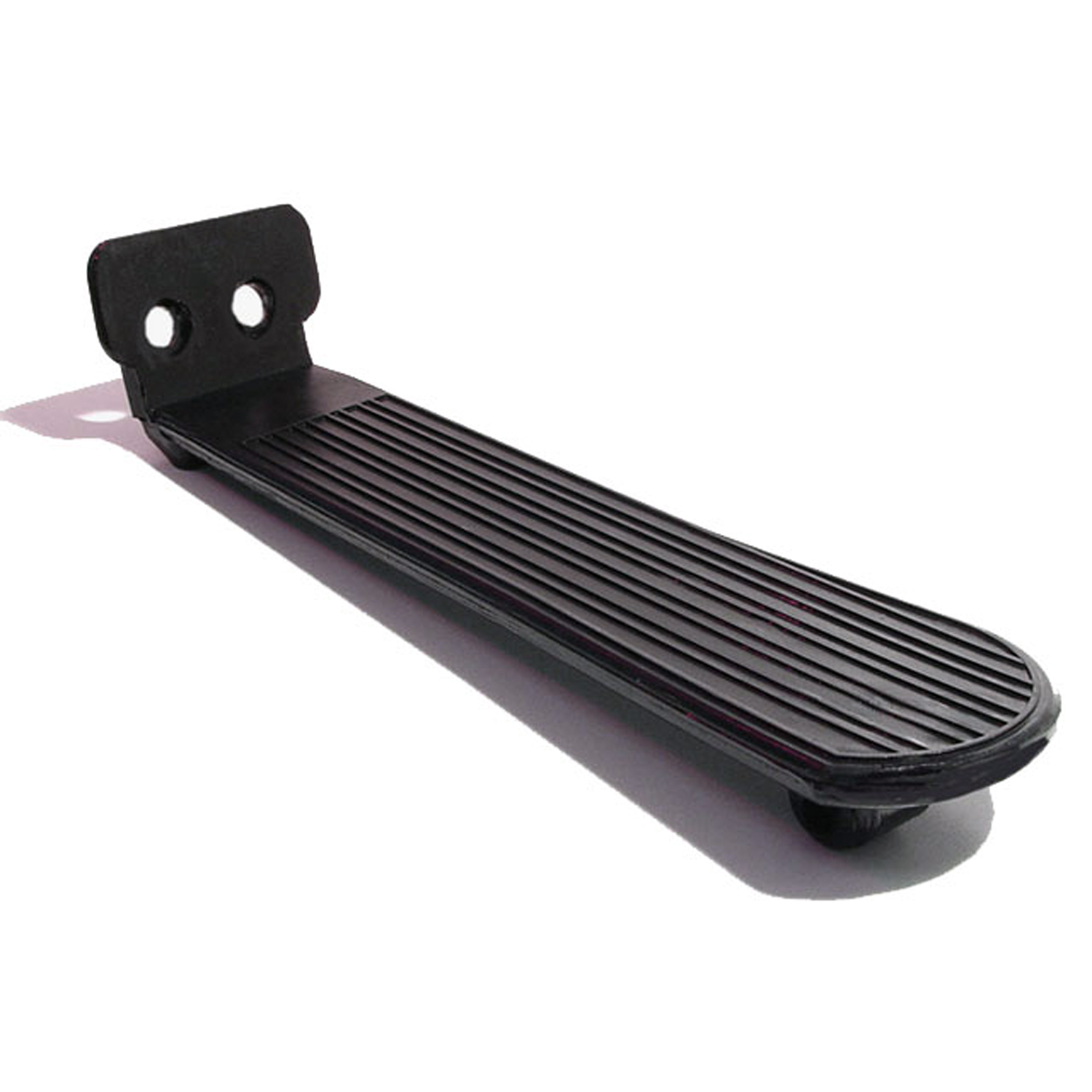 1940 Buick Roadmaster Series 80 Accelerator Pedal Pad. Made with steel core like original-AP 29-CAccelerator Pedal Pad. Made with steel core like original. 2-1/8" X 8-1/2". Black. Each
1940 Buick Roadmaster Series 80 Accelerator Pedal Pad. Made with steel core like original-AP 29-CAccelerator Pedal Pad. Made with steel core like original. 2-1/8" X 8-1/2". Black. Each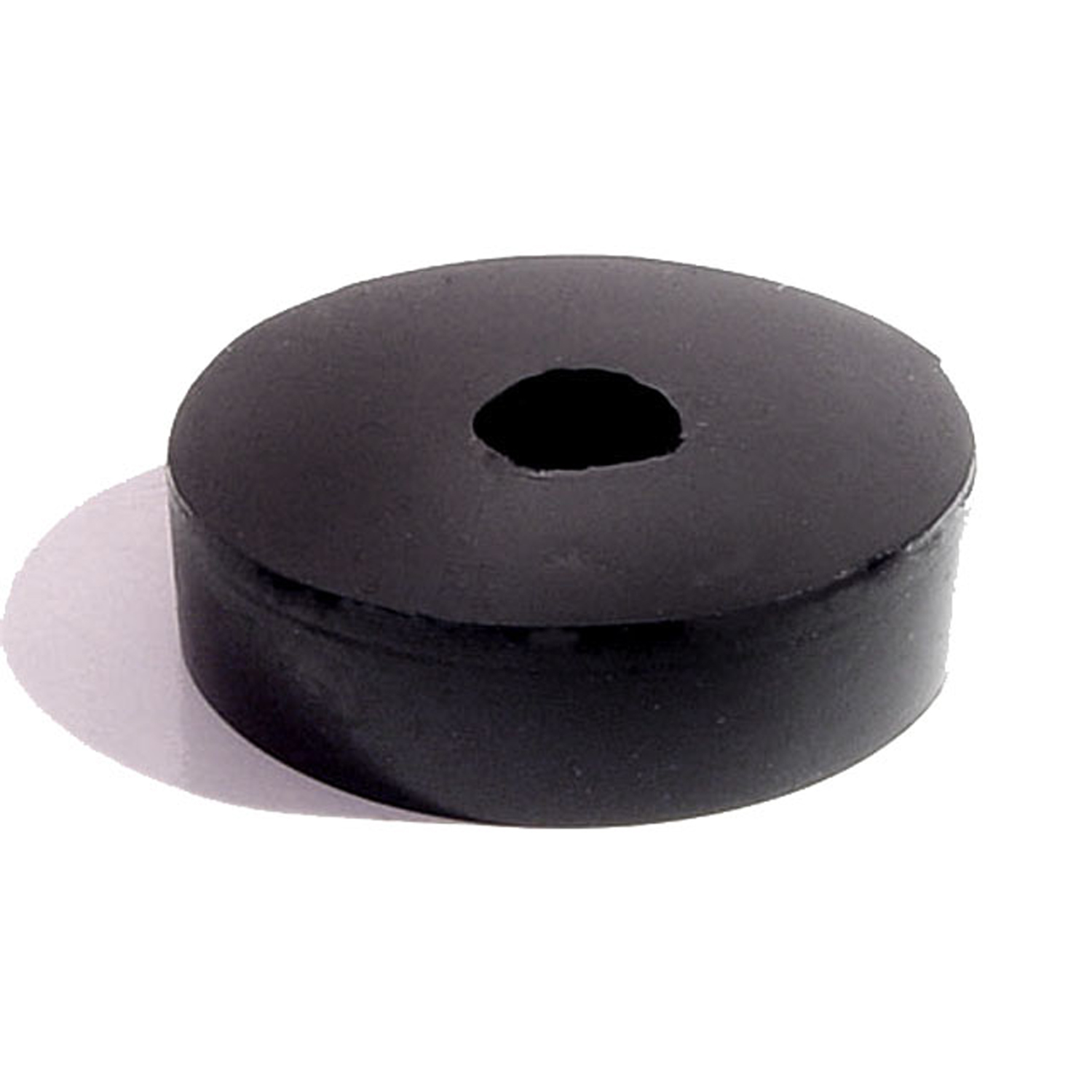 1940 Buick Roadmaster Series 80 Transmission Vacuum Shift Grommet. Used on rear side-BC 40Transmission Vacuum Shift Grommet. Used on rear side. 1-1/2" O.D., 3/8" I.D., 3/8" Thick. Each
1940 Buick Roadmaster Series 80 Transmission Vacuum Shift Grommet. Used on rear side-BC 40Transmission Vacuum Shift Grommet. Used on rear side. 1-1/2" O.D., 3/8" I.D., 3/8" Thick. Each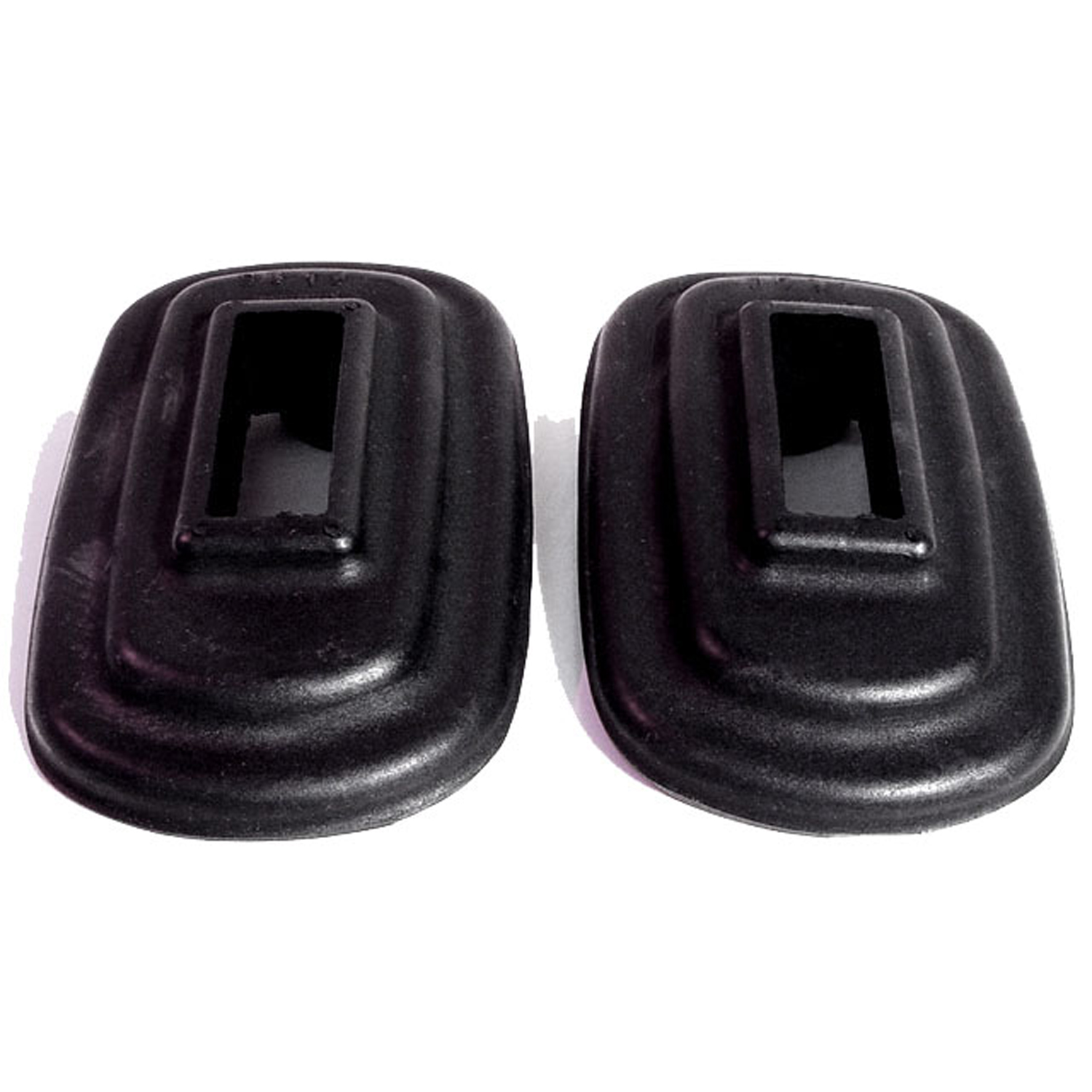 1940 Buick Roadmaster Series 80 Rear Bumper Arm Grommets-BG 15Rear Bumper Arm Grommets. 2-7/8" wide X 4-3/8" long, with 1-3/4" long inner slot. Pair
1940 Buick Roadmaster Series 80 Rear Bumper Arm Grommets-BG 15Rear Bumper Arm Grommets. 2-7/8" wide X 4-3/8" long, with 1-3/4" long inner slot. Pair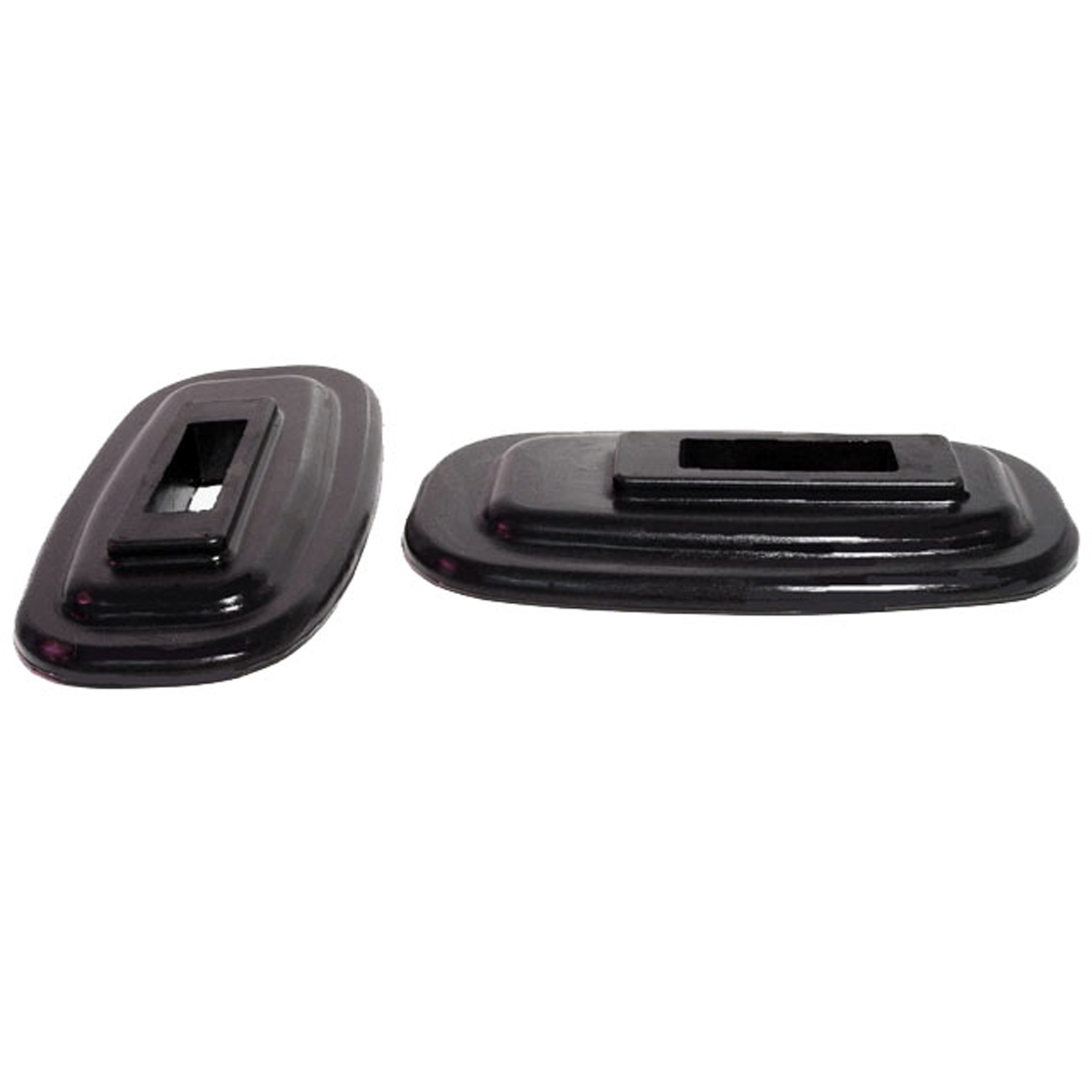 1940 Buick Roadmaster Series 80 Front Bumper Arm Grommets-BG 33Front Bumper Arm Grommets. 2-1/2" wide X 5-3/8" long, with 1-7/8" long inner slot. Pair
1940 Buick Roadmaster Series 80 Front Bumper Arm Grommets-BG 33Front Bumper Arm Grommets. 2-1/2" wide X 5-3/8" long, with 1-7/8" long inner slot. Pair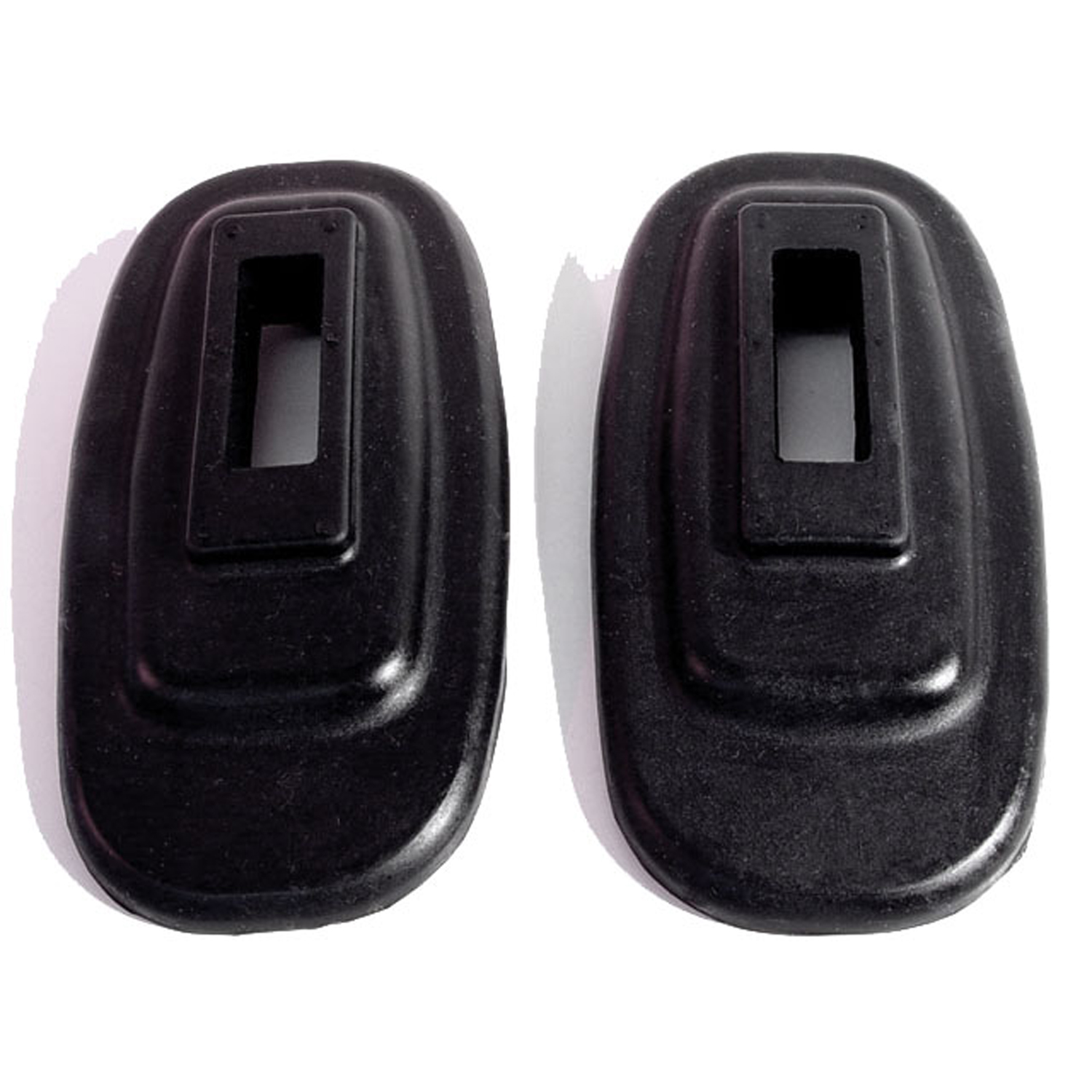 1940 Buick Roadmaster Series 80 Front Bumper Arm Grommets-BG 34Front Bumper Arm Grommets. 2-7/8" wide X 5-1/2" long, with 1-13/16" long inner slot. Pair
1940 Buick Roadmaster Series 80 Front Bumper Arm Grommets-BG 34Front Bumper Arm Grommets. 2-7/8" wide X 5-1/2" long, with 1-13/16" long inner slot. Pair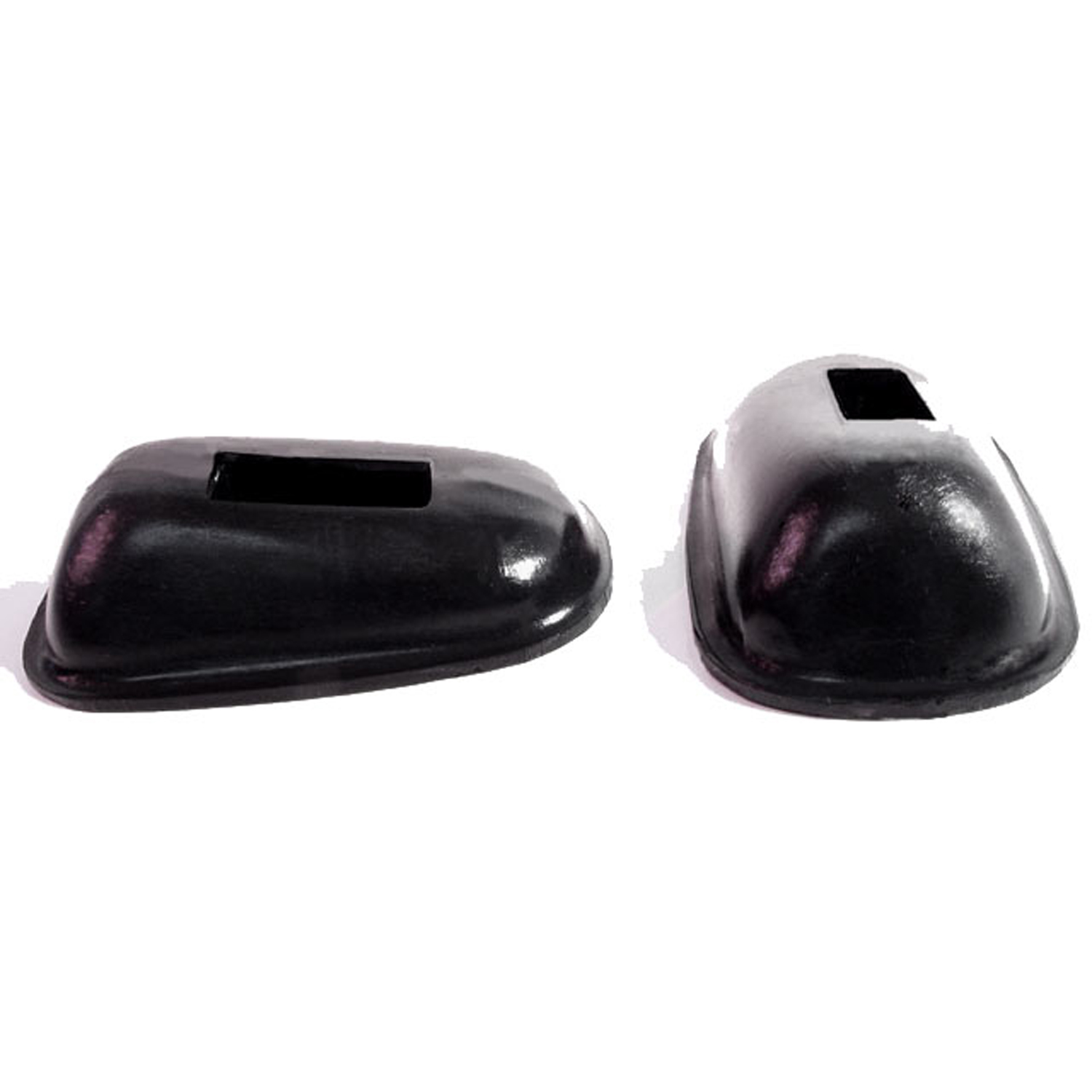 1940 Buick Roadmaster Series 80 Rear Bumper Arm Grommets-BG 40Rear Bumper Arm Grommets. 2-3/4" wide X 4-3/4" long, with 1-1/2" long inner slot. Pair
1940 Buick Roadmaster Series 80 Rear Bumper Arm Grommets-BG 40Rear Bumper Arm Grommets. 2-3/4" wide X 4-3/4" long, with 1-1/2" long inner slot. Pair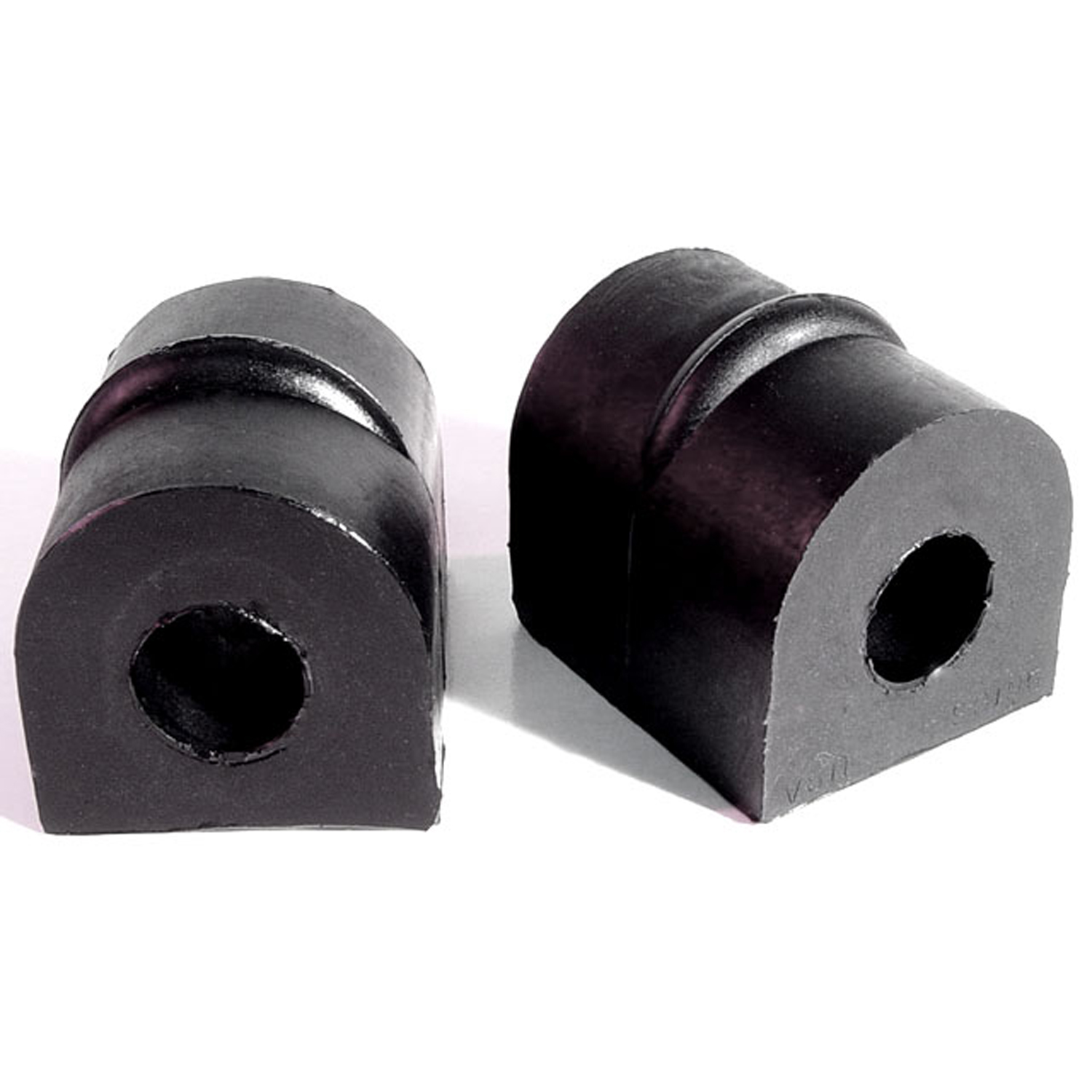 1940 Buick Roadmaster Series 80 Stabilizer Bar Bushings-BN 106Stabilizer Bar Bushings. 1-3/4" long X 1-1/2" wide X 1-1/2" high, 10/16" I.D. Pair
1940 Buick Roadmaster Series 80 Stabilizer Bar Bushings-BN 106Stabilizer Bar Bushings. 1-3/4" long X 1-1/2" wide X 1-1/2" high, 10/16" I.D. Pair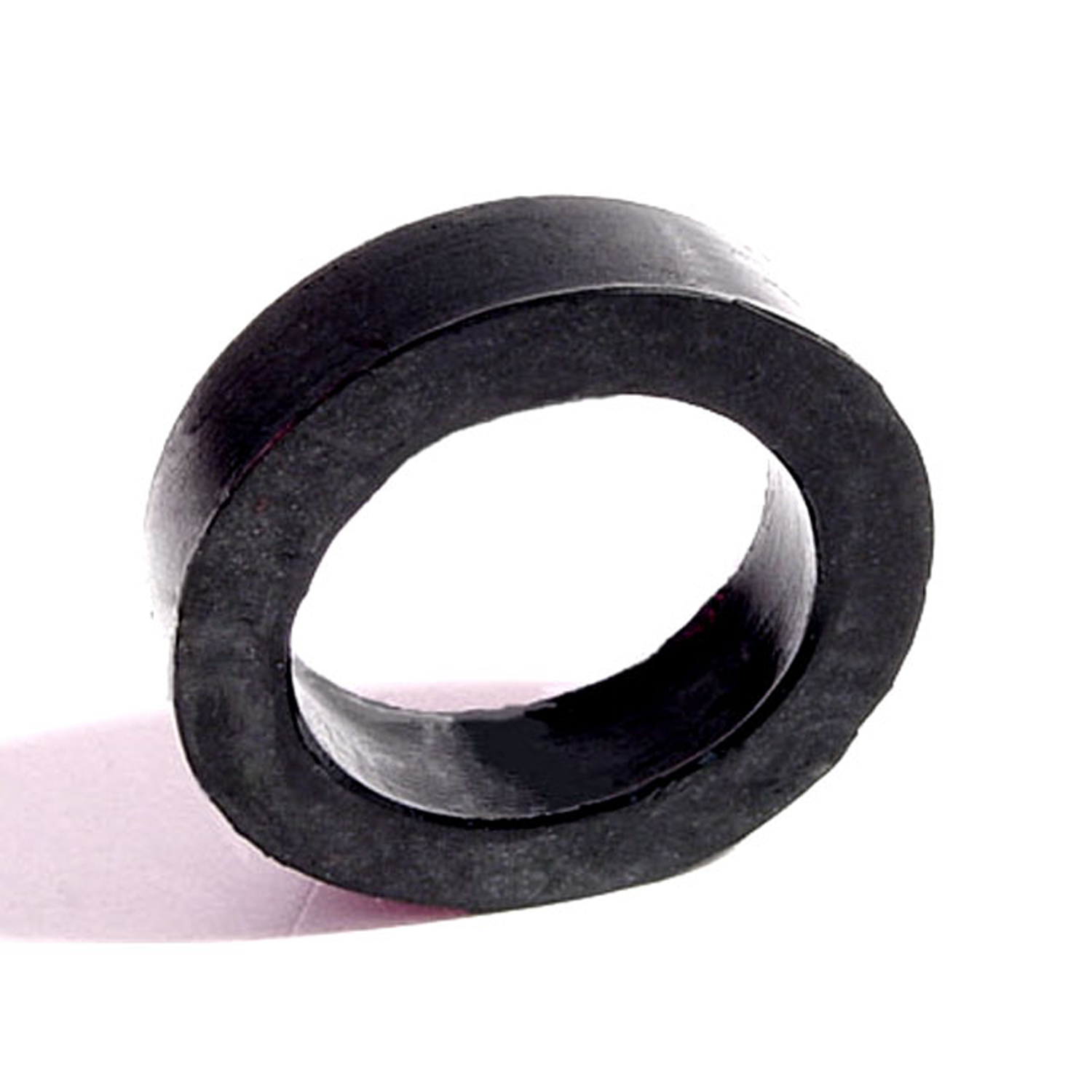 1940 Buick Roadmaster Series 80 Lower Inner "A" Frame Shaft Seal. 1-1/8" O.D., 5/16" thick-BN 23-ALower Inner "A" Frame Shaft Seal. 1-1/8" O.D., 5/16" thick. Each
1940 Buick Roadmaster Series 80 Lower Inner "A" Frame Shaft Seal. 1-1/8" O.D., 5/16" thick-BN 23-ALower Inner "A" Frame Shaft Seal. 1-1/8" O.D., 5/16" thick. Each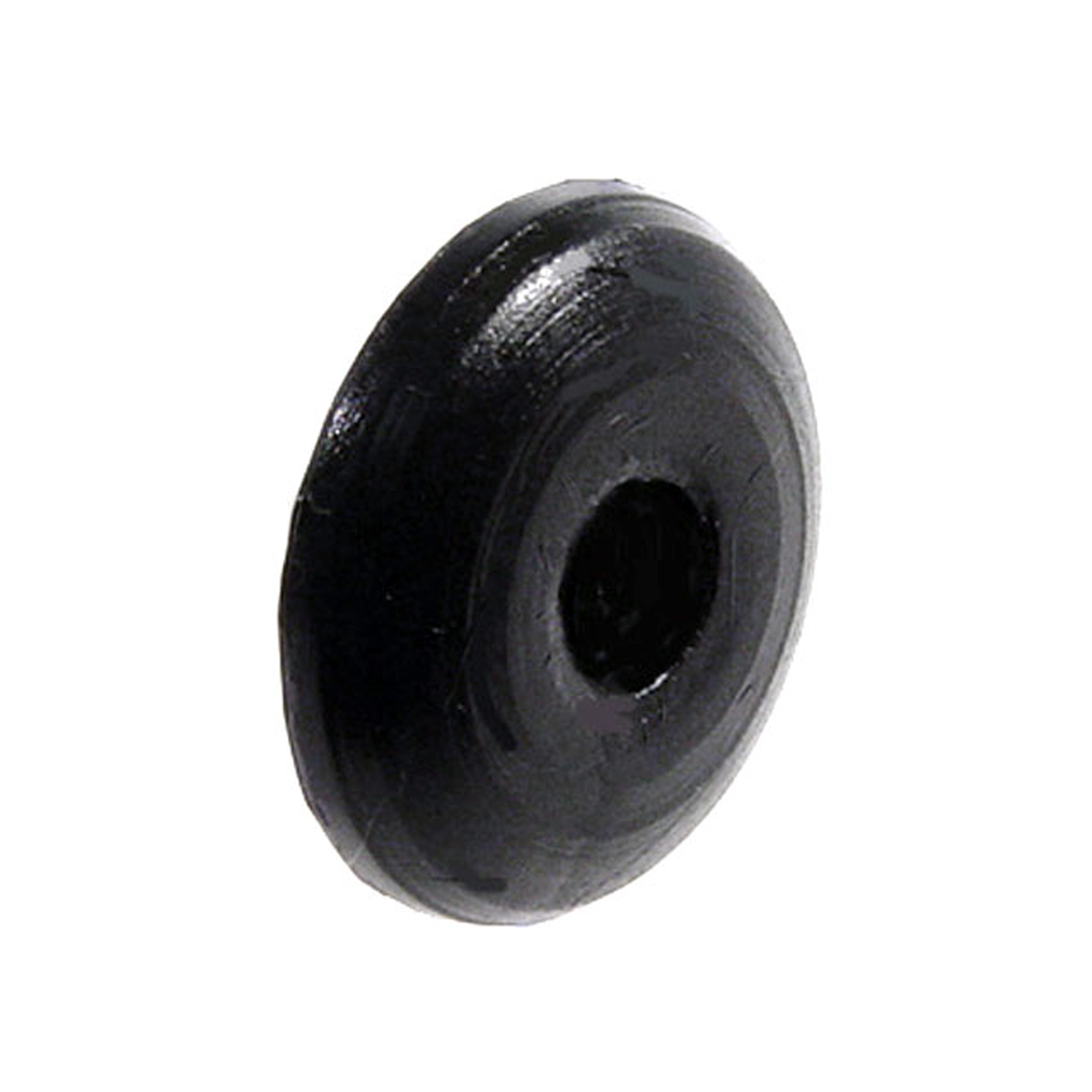 1940 Buick Roadmaster Series 80 Upper Door Hinge Post Bumper. Held by screw-DB 60-AUpper Door Hinge Post Bumper. Held by screw. 7/8" diameter X 1/8" thick. Each
1940 Buick Roadmaster Series 80 Upper Door Hinge Post Bumper. Held by screw-DB 60-AUpper Door Hinge Post Bumper. Held by screw. 7/8" diameter X 1/8" thick. Each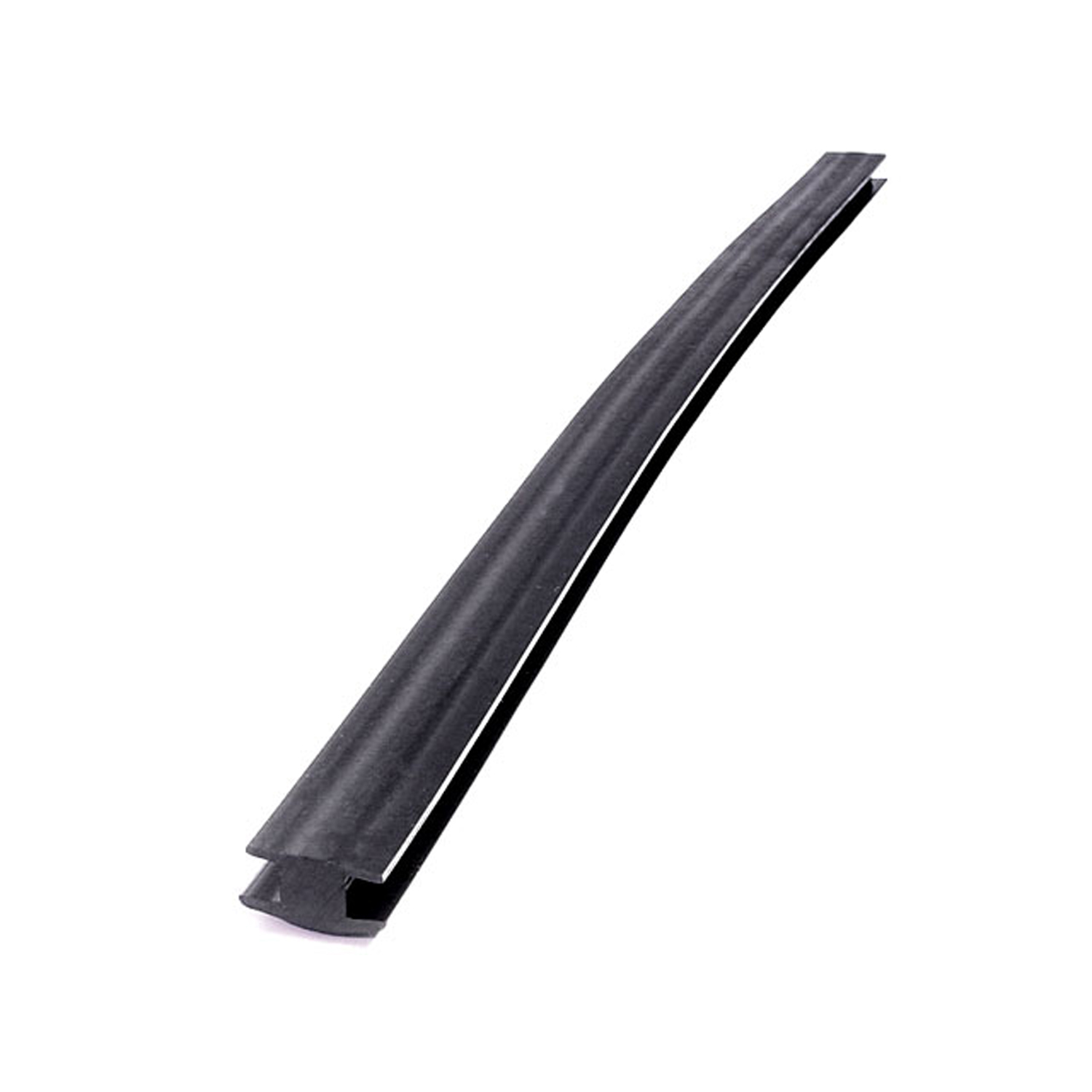 1940 Buick Roadmaster Series 80 Windshield Center Bar Gasket. 20" long. Each-DP 12Windshield Center Bar Gasket. 20" long. Each
1940 Buick Roadmaster Series 80 Windshield Center Bar Gasket. 20" long. Each-DP 12Windshield Center Bar Gasket. 20" long. Each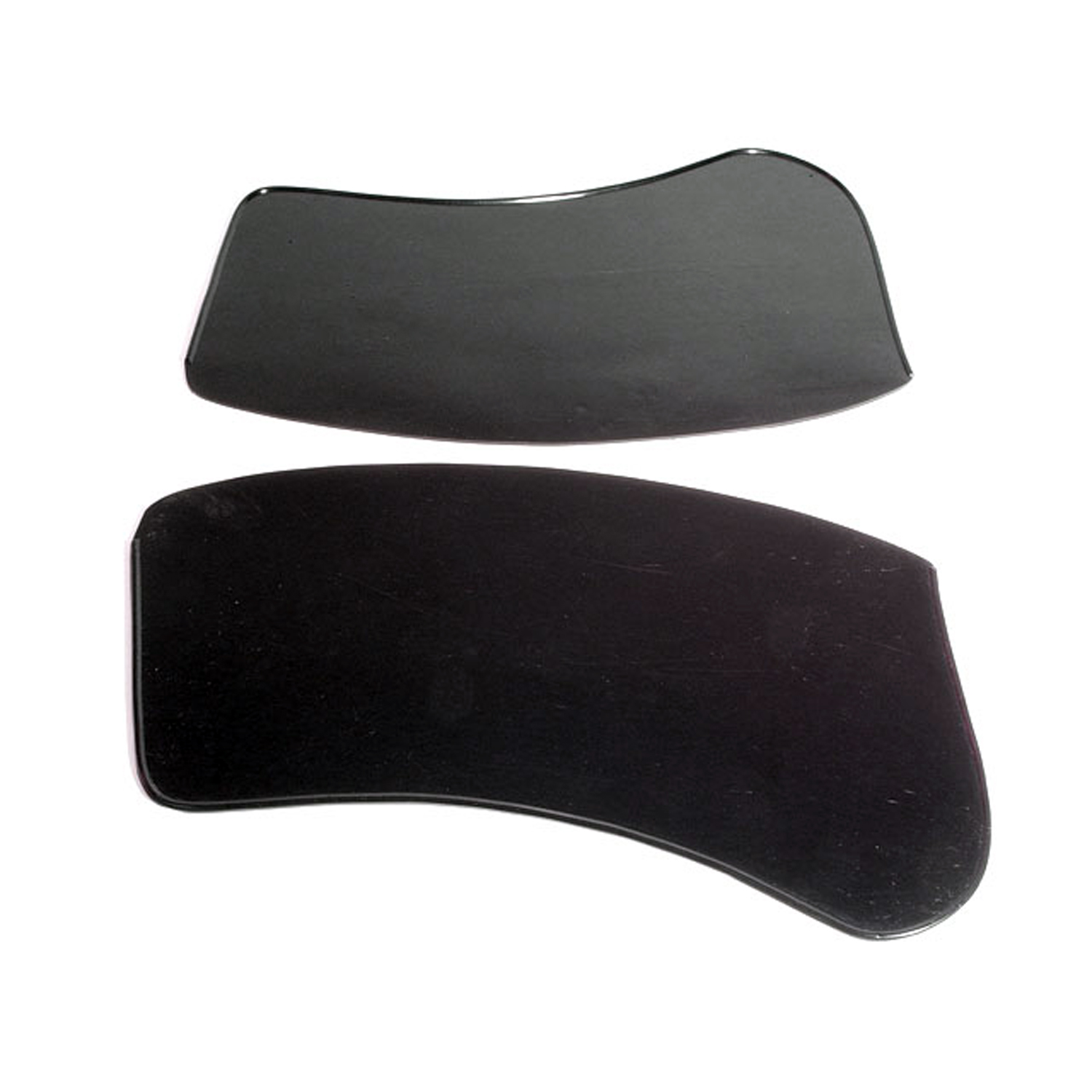 1940 Buick Roadmaster Series 80 Gravel Shields. Flat without metal backing plates-FS 25Gravel Shields. Flat without metal backing plates. Apply with contact cement. 16" long X 9" wide at top and 7-1/2" wide at bottom. Pair
1940 Buick Roadmaster Series 80 Gravel Shields. Flat without metal backing plates-FS 25Gravel Shields. Flat without metal backing plates. Apply with contact cement. 16" long X 9" wide at top and 7-1/2" wide at bottom. Pair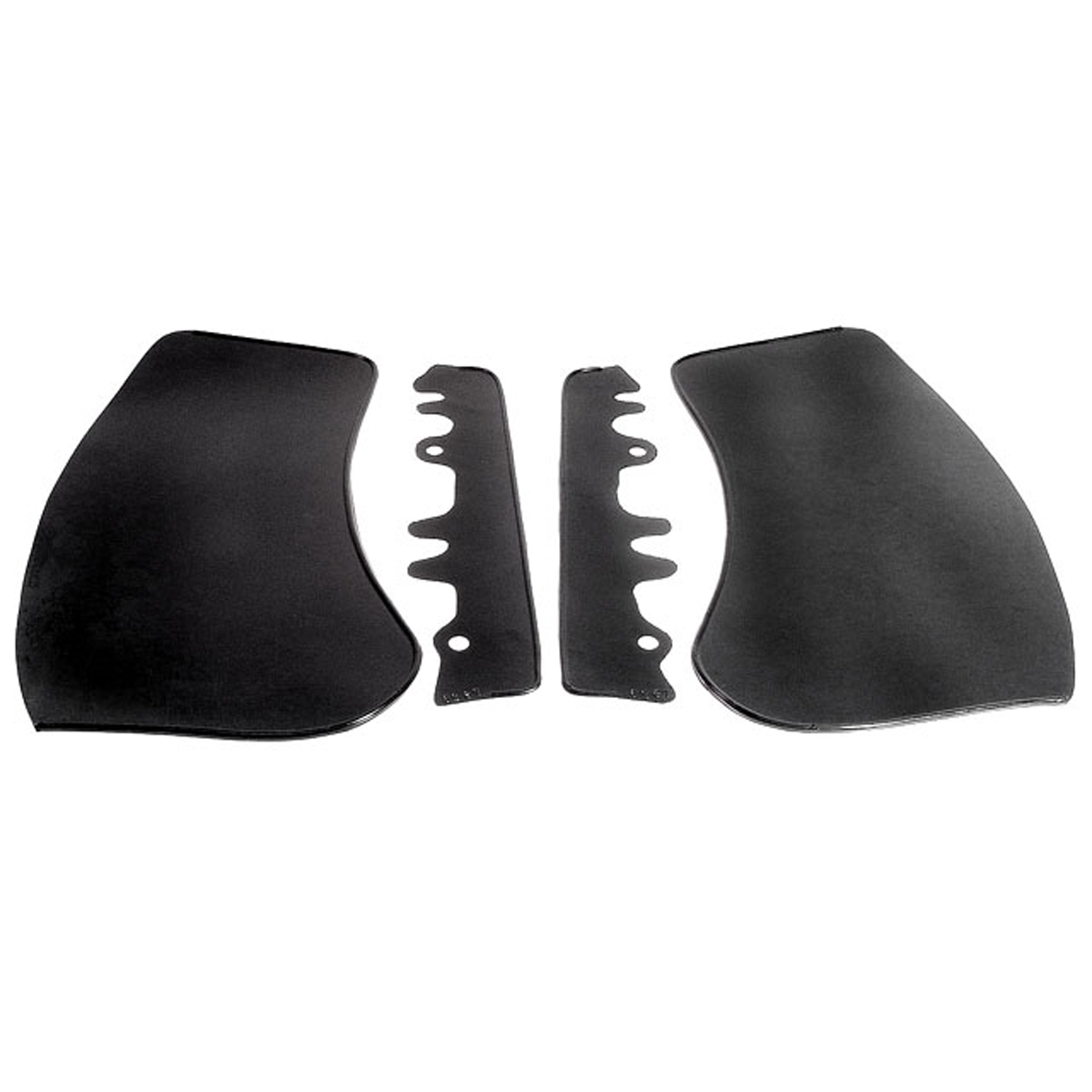 1940 Buick Roadmaster Series 80 Gravel Shields and Narrow Body Section Gravel Shields-FS 25-26Gravel Shields and Narrow Body Section Gravel Shields. Gravel Shields: 16" long X 8-1/2" wide at top and 6-1/2" wide at bottom. Narrow Body Section: 14" long, with beaded edge extending 1" along top and bottom. Complete 4-piece set
1940 Buick Roadmaster Series 80 Gravel Shields and Narrow Body Section Gravel Shields-FS 25-26Gravel Shields and Narrow Body Section Gravel Shields. Gravel Shields: 16" long X 8-1/2" wide at top and 6-1/2" wide at bottom. Narrow Body Section: 14" long, with beaded edge extending 1" along top and bottom. Complete 4-piece set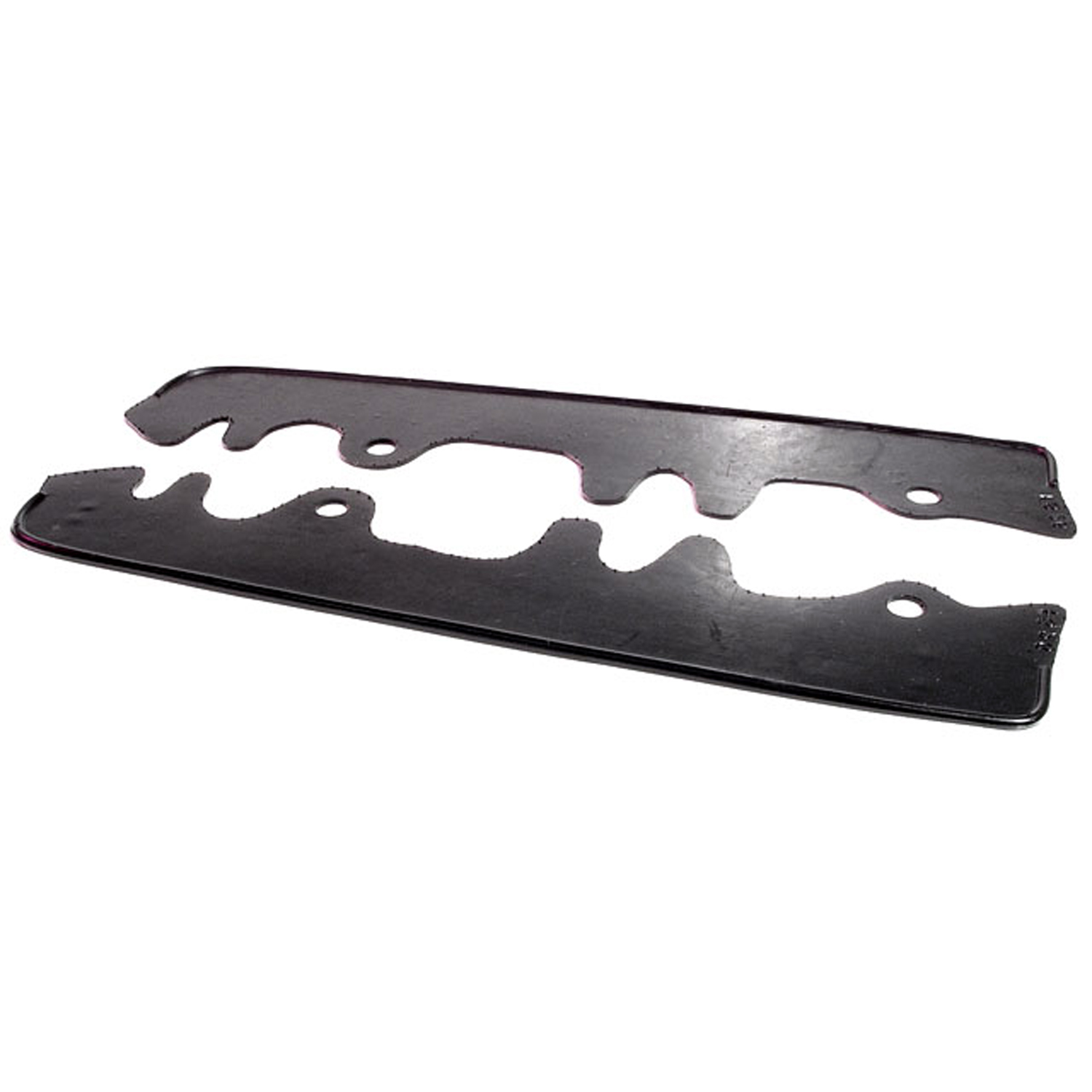 1940 Buick Roadmaster Series 80 Narrow Body Section Gravel Shields-FS 26Narrow Body Section Gravel Shields. This part used on most models. 14" long, with beaded edge extending 1" along top and bottom. Pair
1940 Buick Roadmaster Series 80 Narrow Body Section Gravel Shields-FS 26Narrow Body Section Gravel Shields. This part used on most models. 14" long, with beaded edge extending 1" along top and bottom. Pair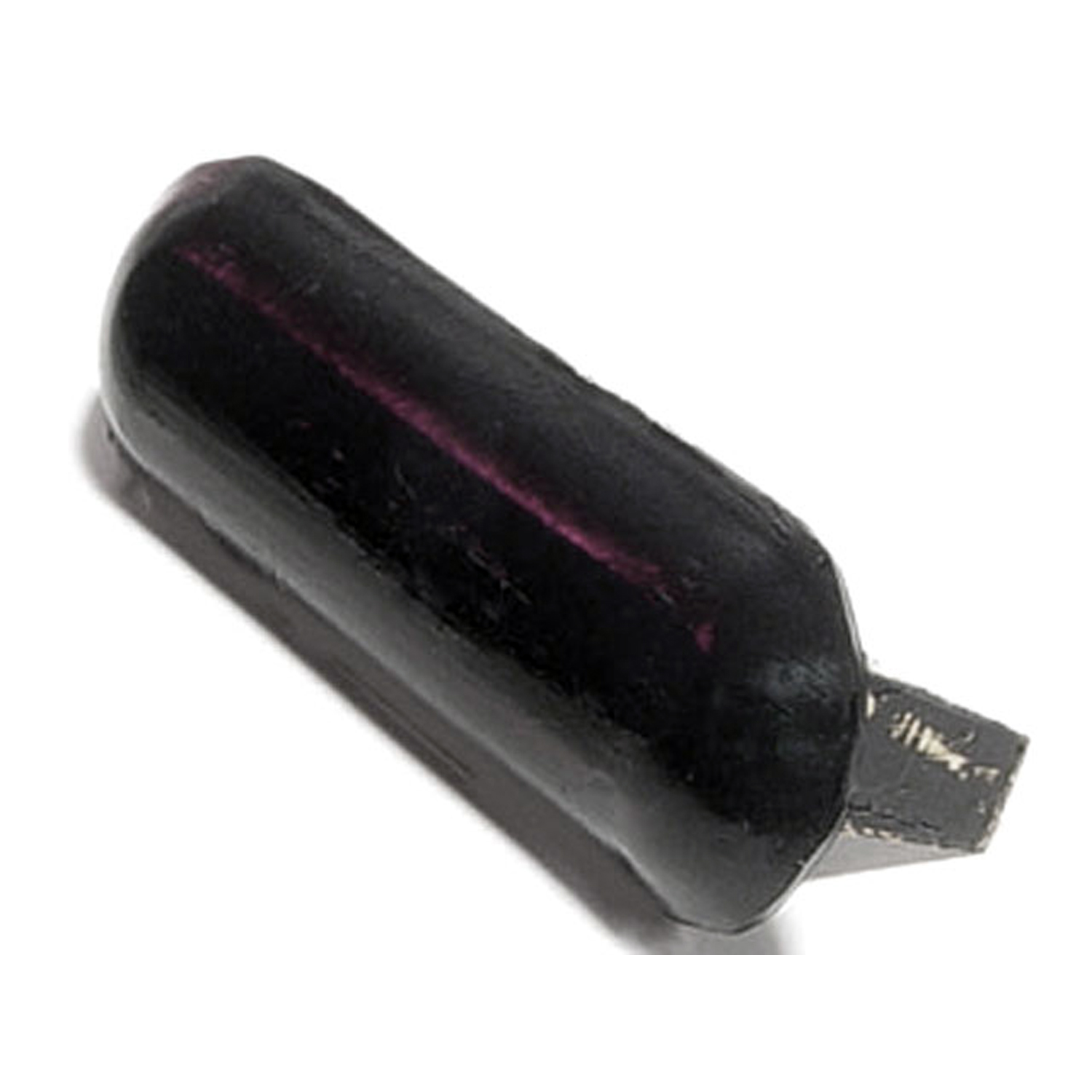 1940 Buick Roadmaster Series 80 Hood Rest Pad Bumper. Metal core, tab held-HC 31-AHood Rest Pad Bumper. Metal core, tab held. Four to twelve used per car. 1-1/4" between tabs. Each
1940 Buick Roadmaster Series 80 Hood Rest Pad Bumper. Metal core, tab held-HC 31-AHood Rest Pad Bumper. Metal core, tab held. Four to twelve used per car. 1-1/4" between tabs. Each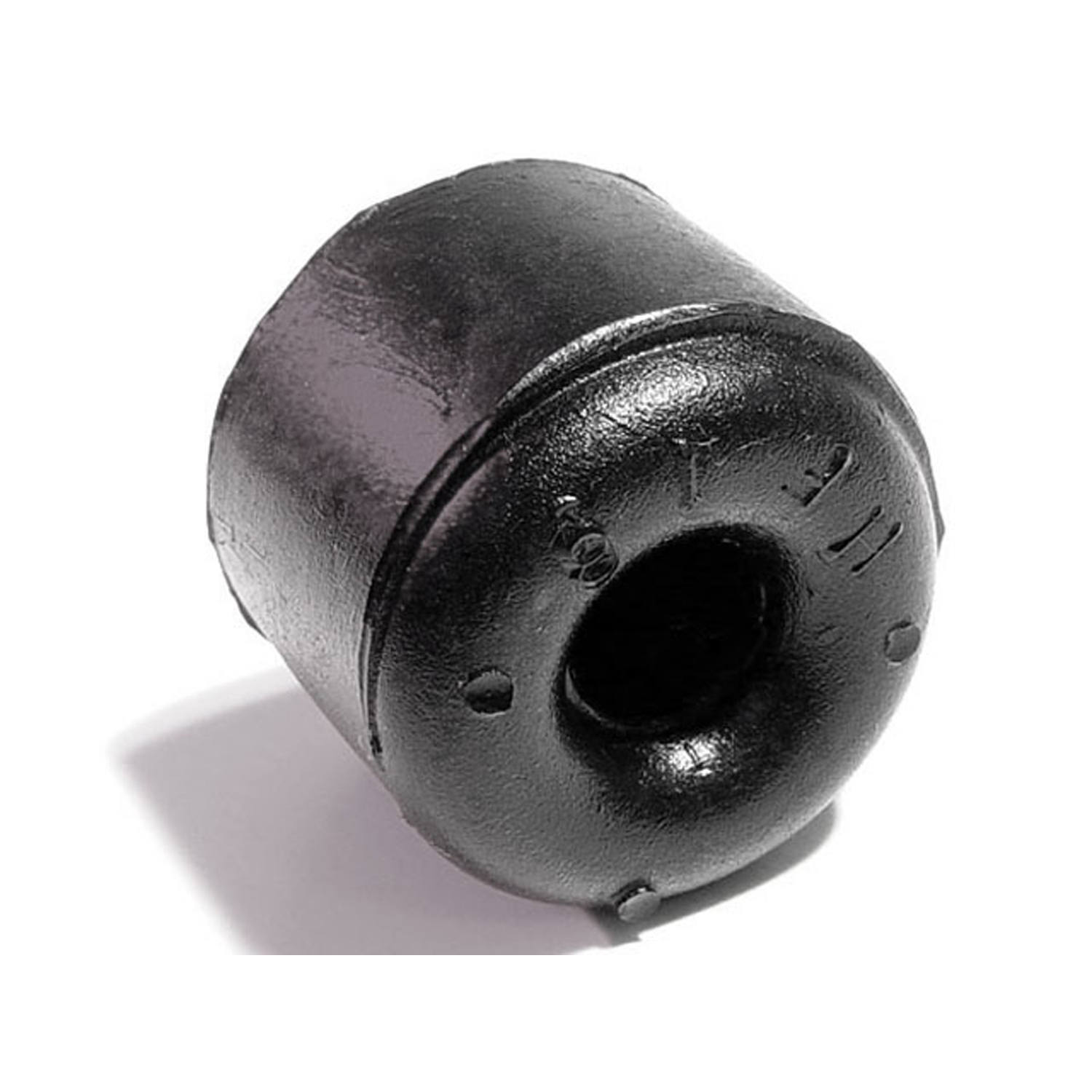 1940 Buick Roadmaster Series 80 Door and Hood Bumper. 1" diameter X 7/8" thick. Each-HF 16Door and Hood Bumper. 1" diameter X 7/8" thick. Each
1940 Buick Roadmaster Series 80 Door and Hood Bumper. 1" diameter X 7/8" thick. Each-HF 16Door and Hood Bumper. 1" diameter X 7/8" thick. Each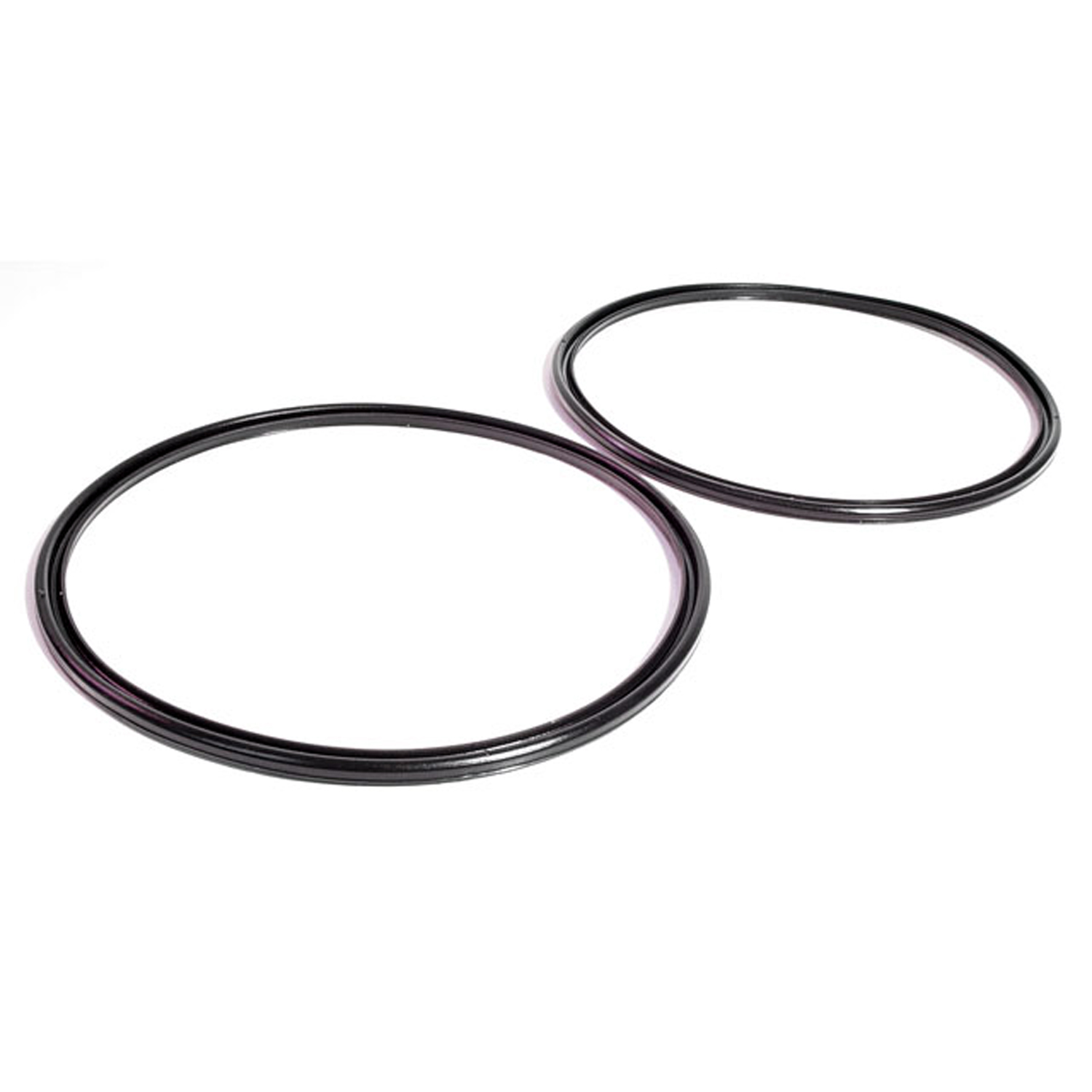 1940 Buick Roadmaster Series 80 Trim Ring Lens Seals. Rubber. 7-3/4" O.D., 7-1/8" I.D-HR 10Trim Ring Lens Seals. Rubber. 7-3/4" O.D., 7-1/8" I.D. Pair
1940 Buick Roadmaster Series 80 Trim Ring Lens Seals. Rubber. 7-3/4" O.D., 7-1/8" I.D-HR 10Trim Ring Lens Seals. Rubber. 7-3/4" O.D., 7-1/8" I.D. Pair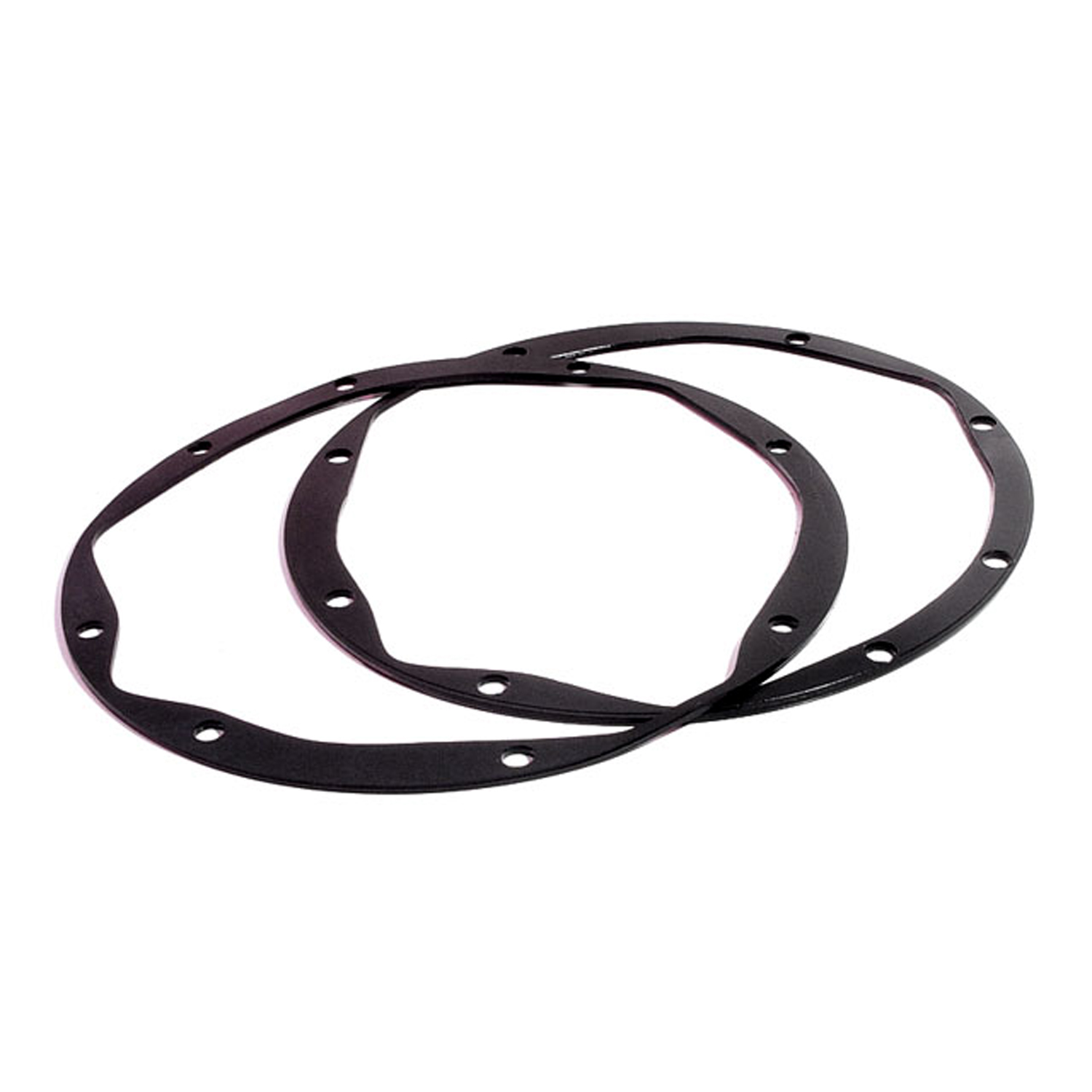 1940 Buick Roadmaster Series 80 Headlight Assembly Housing Pad. 8-3/8" O.D. Pair-HR 7Headlight Assembly Housing Pad. 8-3/8" O.D. Pair
1940 Buick Roadmaster Series 80 Headlight Assembly Housing Pad. 8-3/8" O.D. Pair-HR 7Headlight Assembly Housing Pad. 8-3/8" O.D. Pair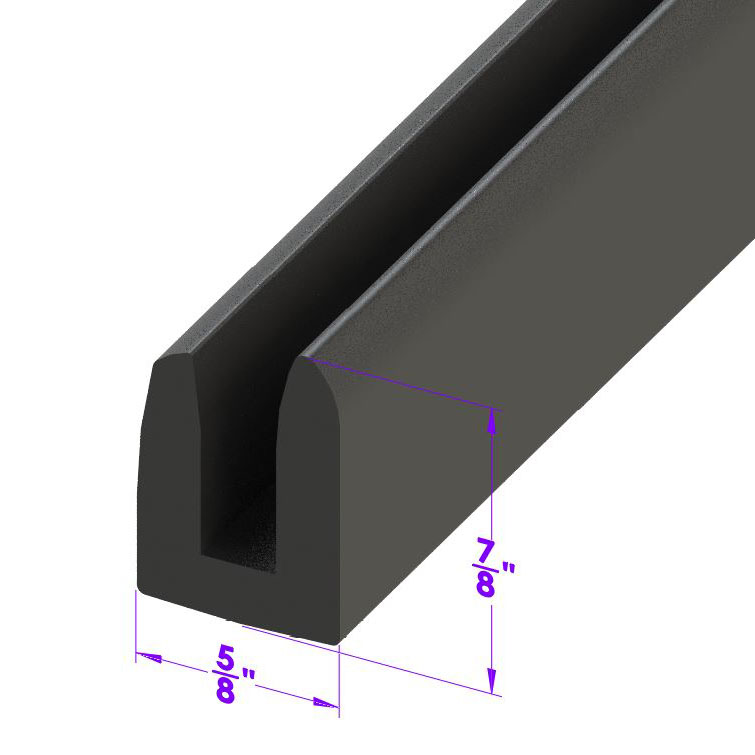 1940 Buick Roadmaster Series 80 Windshield and Rear Window Channel. Used with 1/4" glass-LP 105Windshield and Rear Window Channel. Used with 1/4" glass. Fits some models. Sold by the foot
1940 Buick Roadmaster Series 80 Windshield and Rear Window Channel. Used with 1/4" glass-LP 105Windshield and Rear Window Channel. Used with 1/4" glass. Fits some models. Sold by the foot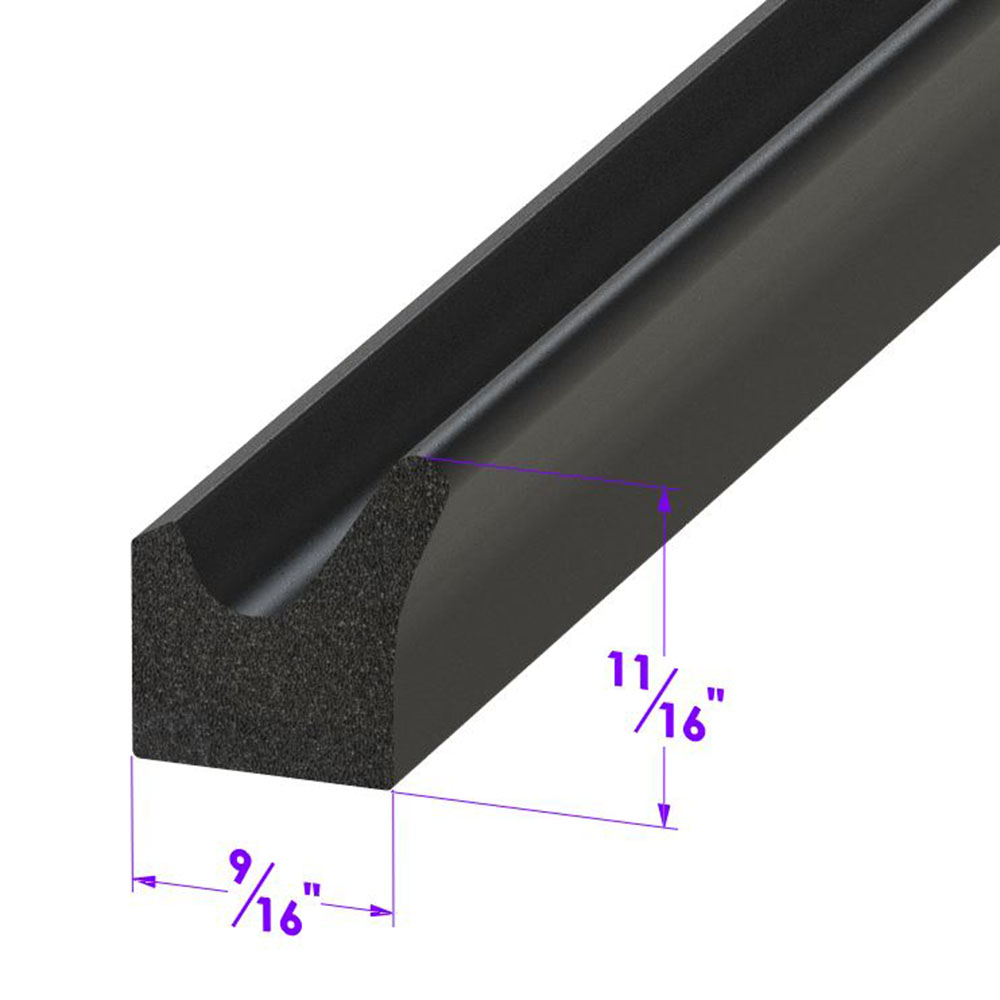 1940 Buick Roadmaster Series 80 Door side seal. Same as LP 40-A, but for a heavier seal-LP 40Door side seal. Same as LP 40-A, but for a heavier seal. Fits many domestic passenger cars and trucks. Used in Cobra kit cars as trunk weatherstrip. Per foot.
1940 Buick Roadmaster Series 80 Door side seal. Same as LP 40-A, but for a heavier seal-LP 40Door side seal. Same as LP 40-A, but for a heavier seal. Fits many domestic passenger cars and trucks. Used in Cobra kit cars as trunk weatherstrip. Per foot.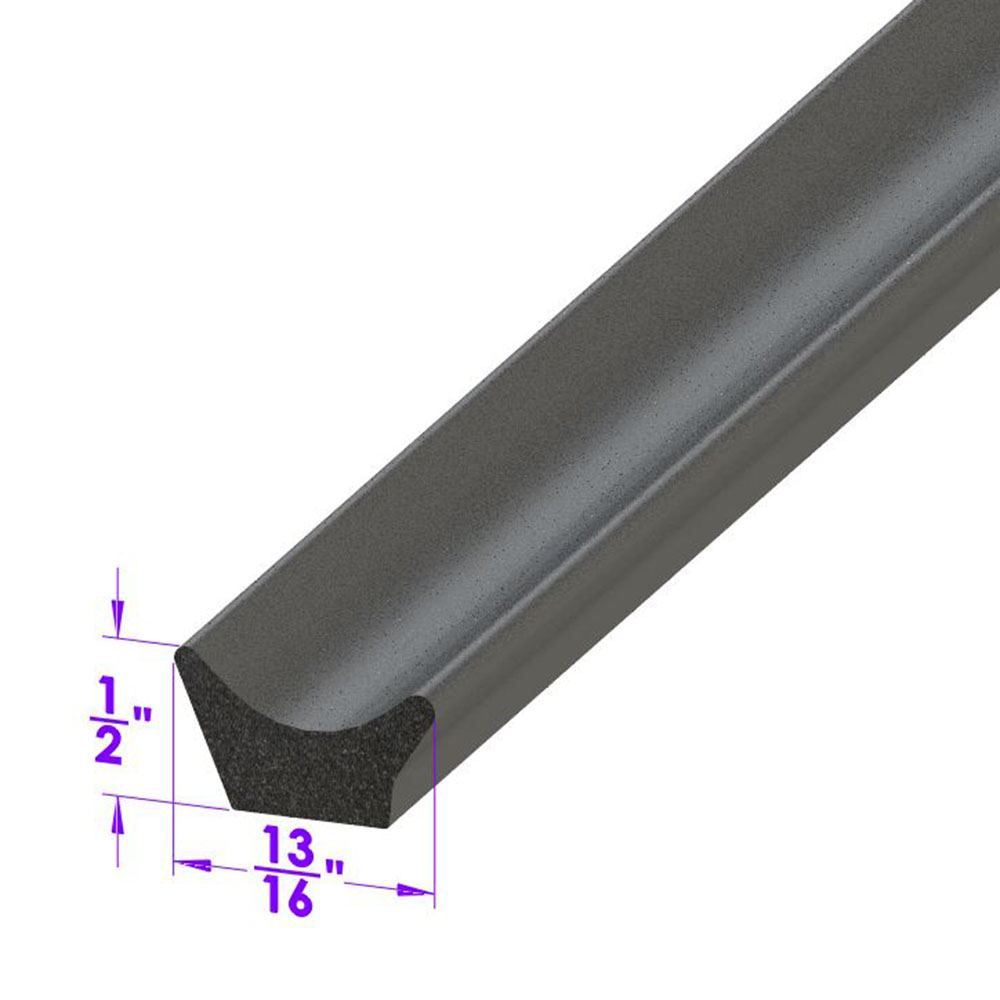 1940 Buick Roadmaster Series 80 Door side seal. Same as LP 40, but for a lighter seal-LP 40-ADoor side seal. Same as LP 40, but for a lighter seal. Fits many domestic passenger cars and trucks. Universal seal for street rods and customs. Used in Cobra kit cars as door weatherstrip. Per foot.
1940 Buick Roadmaster Series 80 Door side seal. Same as LP 40, but for a lighter seal-LP 40-ADoor side seal. Same as LP 40, but for a lighter seal. Fits many domestic passenger cars and trucks. Universal seal for street rods and customs. Used in Cobra kit cars as door weatherstrip. Per foot.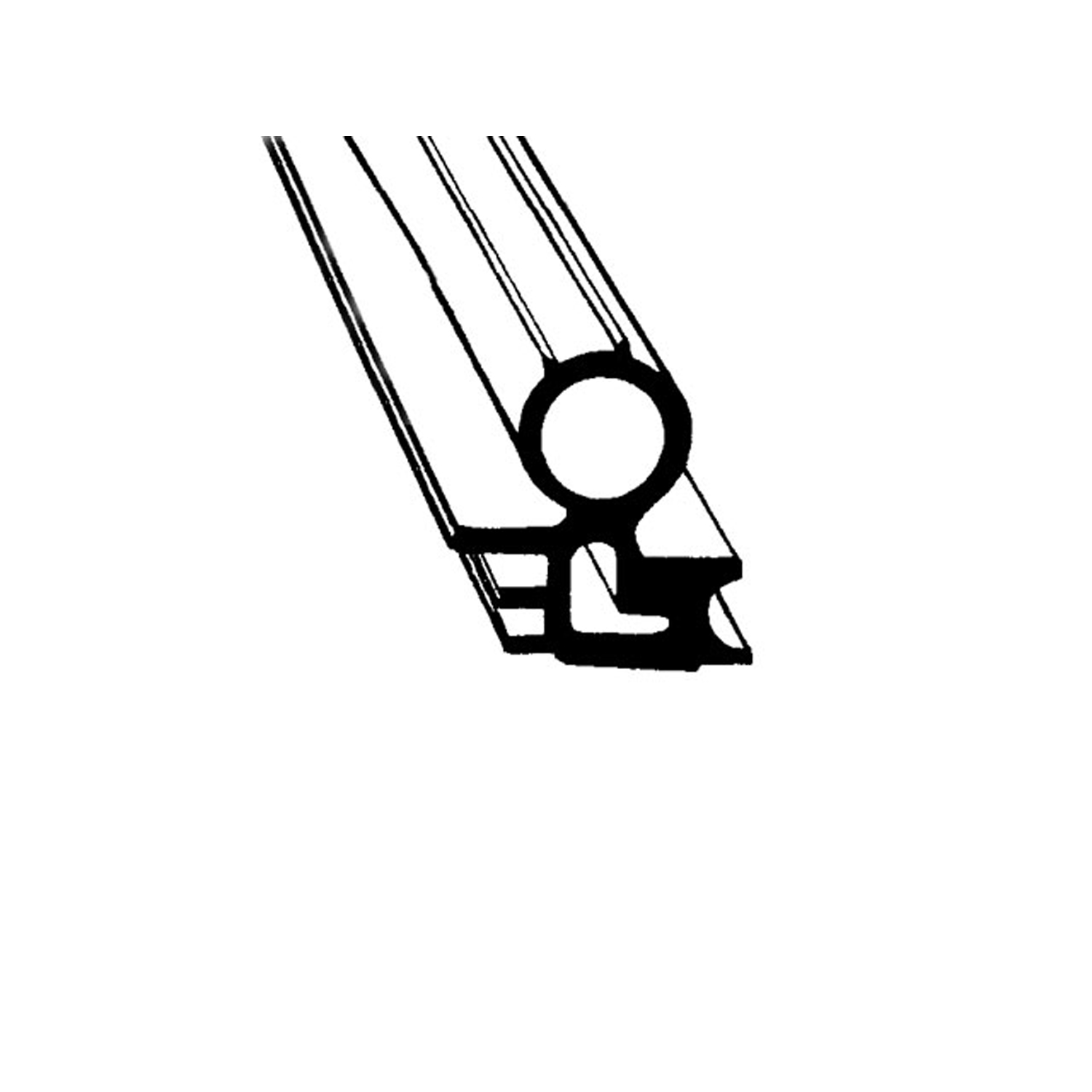 1940 Buick Roadmaster Series 80 Trunk Seal. Sponge rubber. Sold by the foot.-LP 96-/FTTrunk Seal. Sponge rubber. Sold by the foot.
1940 Buick Roadmaster Series 80 Trunk Seal. Sponge rubber. Sold by the foot.-LP 96-/FTTrunk Seal. Sponge rubber. Sold by the foot.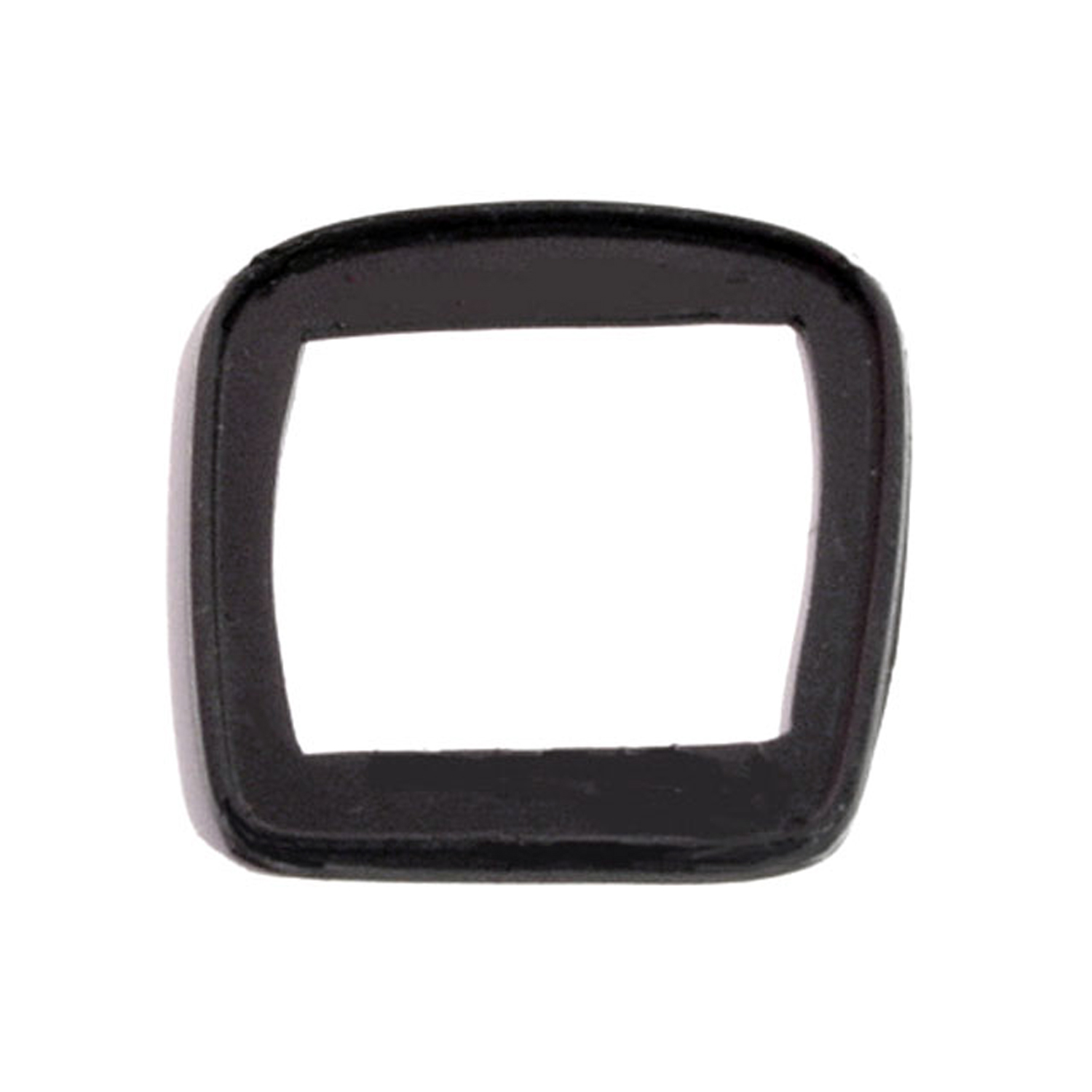 1940 Buick Roadmaster Series 80 Windshield Wiper Transmission Pad-MP 280Windshield Wiper Transmission Pad. 1-7/8" wide X 2-1/2" long. Each
1940 Buick Roadmaster Series 80 Windshield Wiper Transmission Pad-MP 280Windshield Wiper Transmission Pad. 1-7/8" wide X 2-1/2" long. Each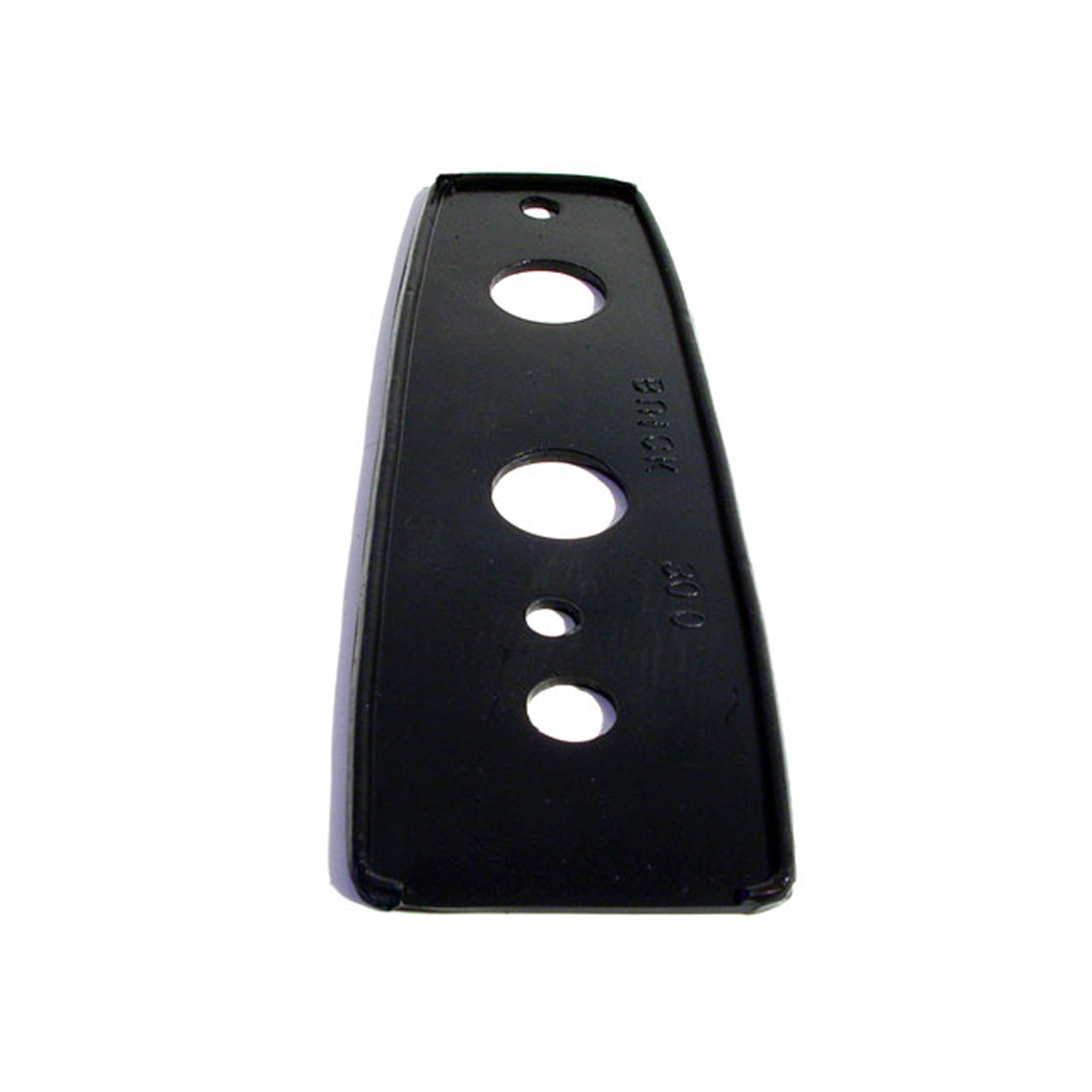 1940 Buick Roadmaster Series 80 Trunk Handle Pad. 2-1/2" wide X 7-5/8" long. Each-MP 300Trunk Handle Pad. 2-1/2" wide X 7-5/8" long. Each
1940 Buick Roadmaster Series 80 Trunk Handle Pad. 2-1/2" wide X 7-5/8" long. Each-MP 300Trunk Handle Pad. 2-1/2" wide X 7-5/8" long. Each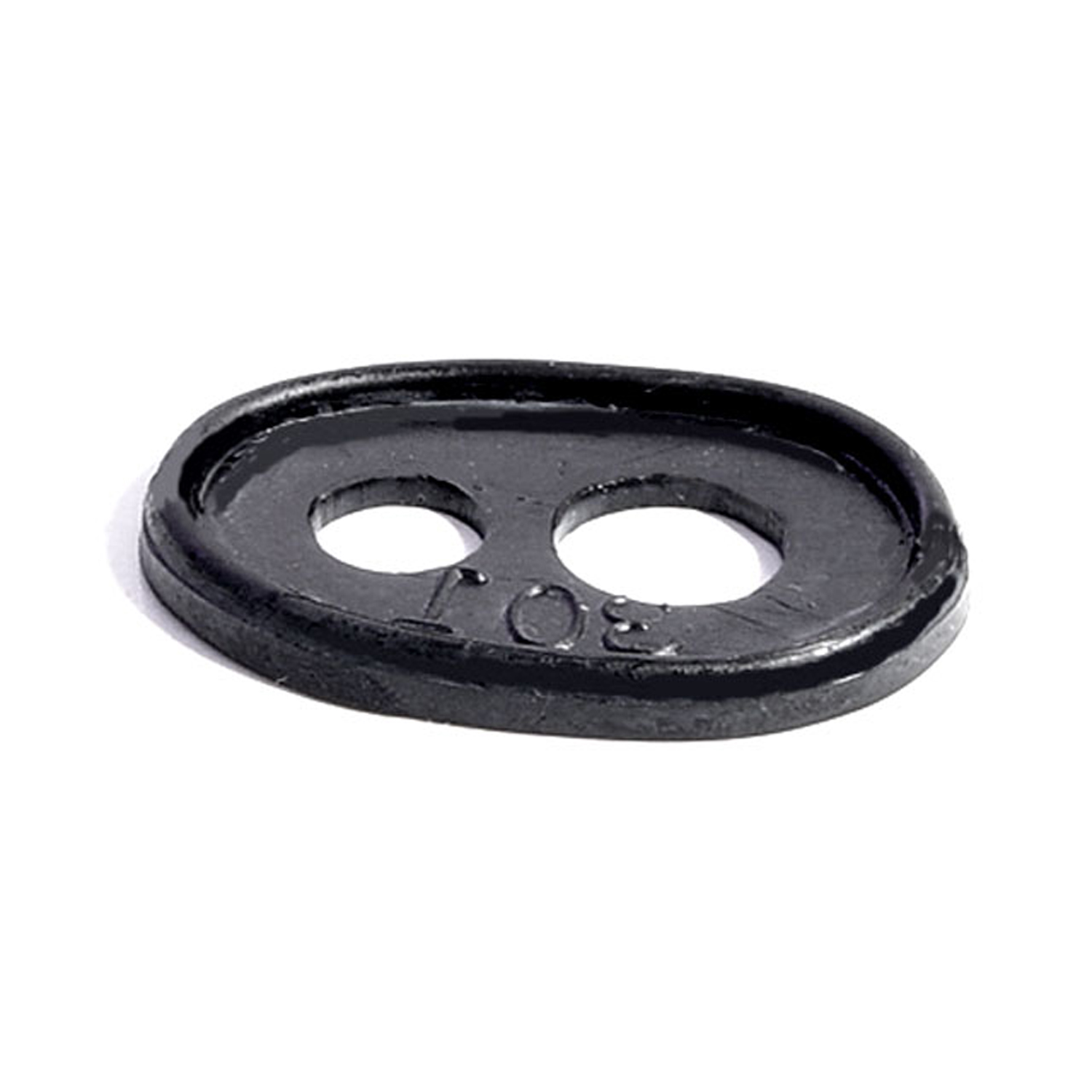 1940 Buick Roadmaster Series 80 Windshield Wiper Transmission Pad-MP 301Windshield Wiper Transmission Pad. 1-1/8" wide X 1-1/2" long. Each
1940 Buick Roadmaster Series 80 Windshield Wiper Transmission Pad-MP 301Windshield Wiper Transmission Pad. 1-1/8" wide X 1-1/2" long. Each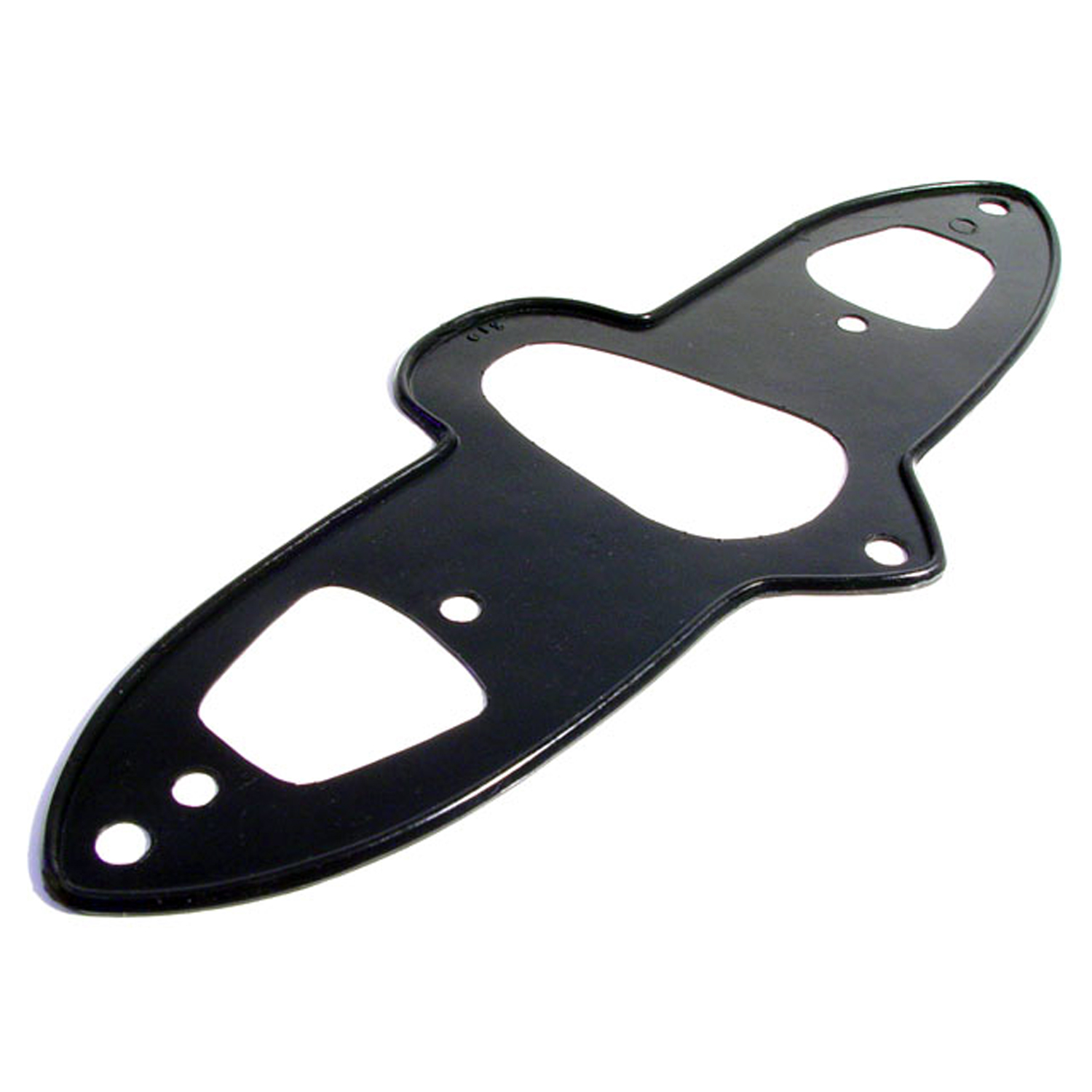 1940 Buick Roadmaster Series 80 Trunk Light Pad. 11-3/4" wide X 4-1/2" long. Each-MP 310Trunk Light Pad. 11-3/4" wide X 4-1/2" long. Each
1940 Buick Roadmaster Series 80 Trunk Light Pad. 11-3/4" wide X 4-1/2" long. Each-MP 310Trunk Light Pad. 11-3/4" wide X 4-1/2" long. Each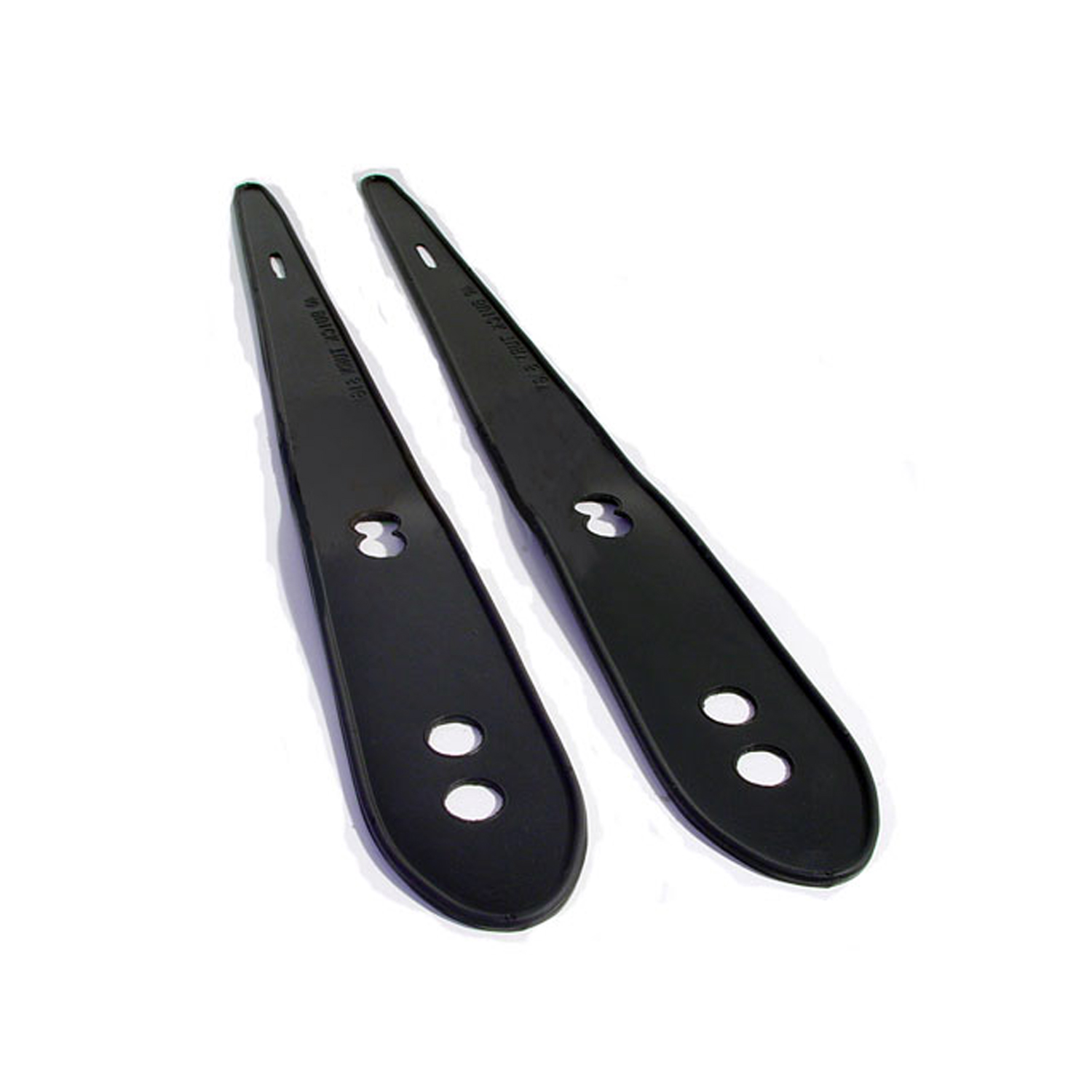 1940 Buick Roadmaster Series 80 Park Light Pads. 2" wide X 17-3/8" long. Pair-MP 320Park Light Pads. 2" wide X 17-3/8" long. Pair
1940 Buick Roadmaster Series 80 Park Light Pads. 2" wide X 17-3/8" long. Pair-MP 320Park Light Pads. 2" wide X 17-3/8" long. Pair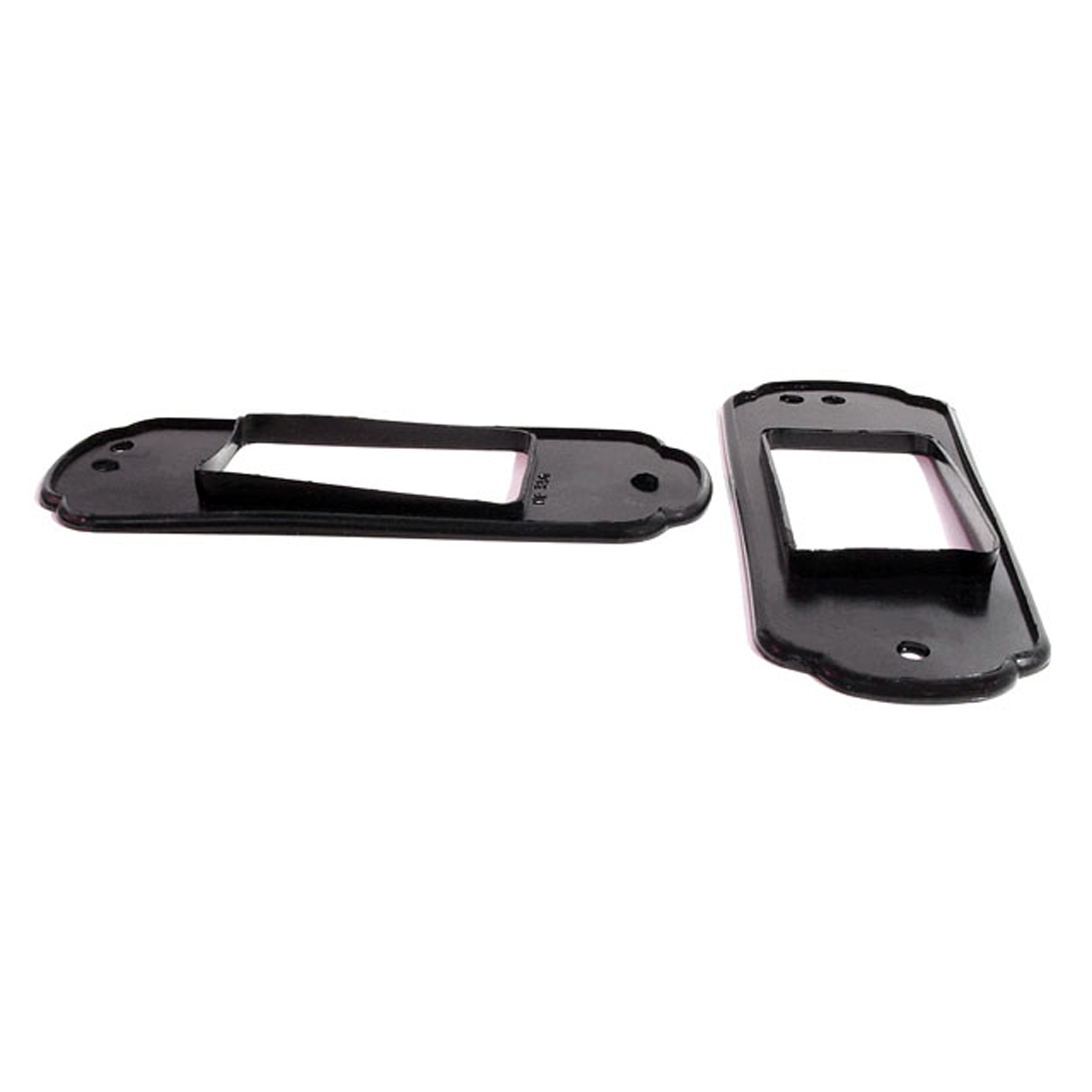 1940 Buick Roadmaster Series 80 Tail-light Pads. 2-1/2" wide X 6-1/4" long. Pair-MP 330Tail-light Pads. 2-1/2" wide X 6-1/4" long. Pair
1940 Buick Roadmaster Series 80 Tail-light Pads. 2-1/2" wide X 6-1/4" long. Pair-MP 330Tail-light Pads. 2-1/2" wide X 6-1/4" long. Pair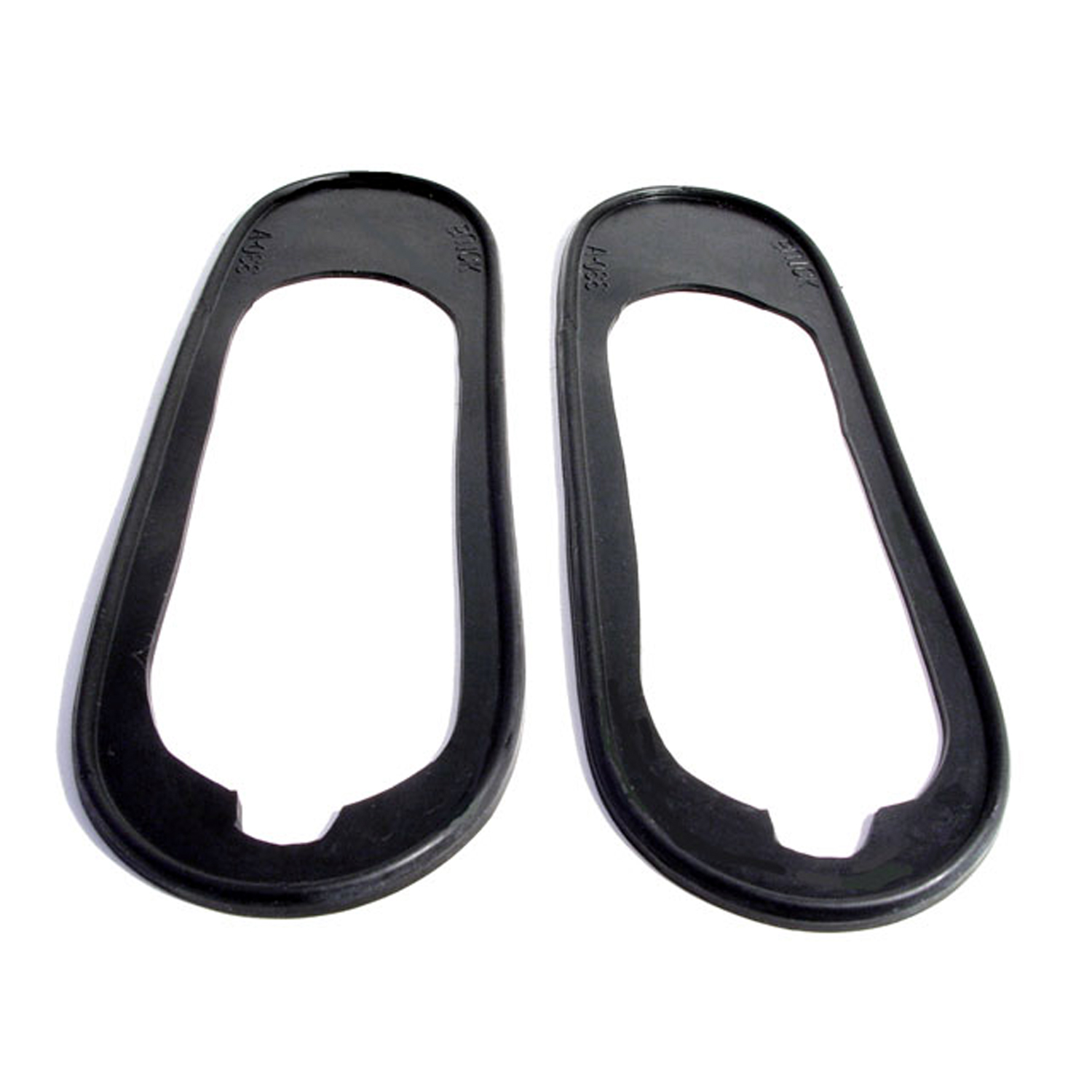 1940 Buick Roadmaster Series 80 Tail-light Pads. 2-7/8" wide X 8-5/8" long. Pair-MP 330-ATail-light Pads. 2-7/8" wide X 8-5/8" long. Pair
1940 Buick Roadmaster Series 80 Tail-light Pads. 2-7/8" wide X 8-5/8" long. Pair-MP 330-ATail-light Pads. 2-7/8" wide X 8-5/8" long. Pair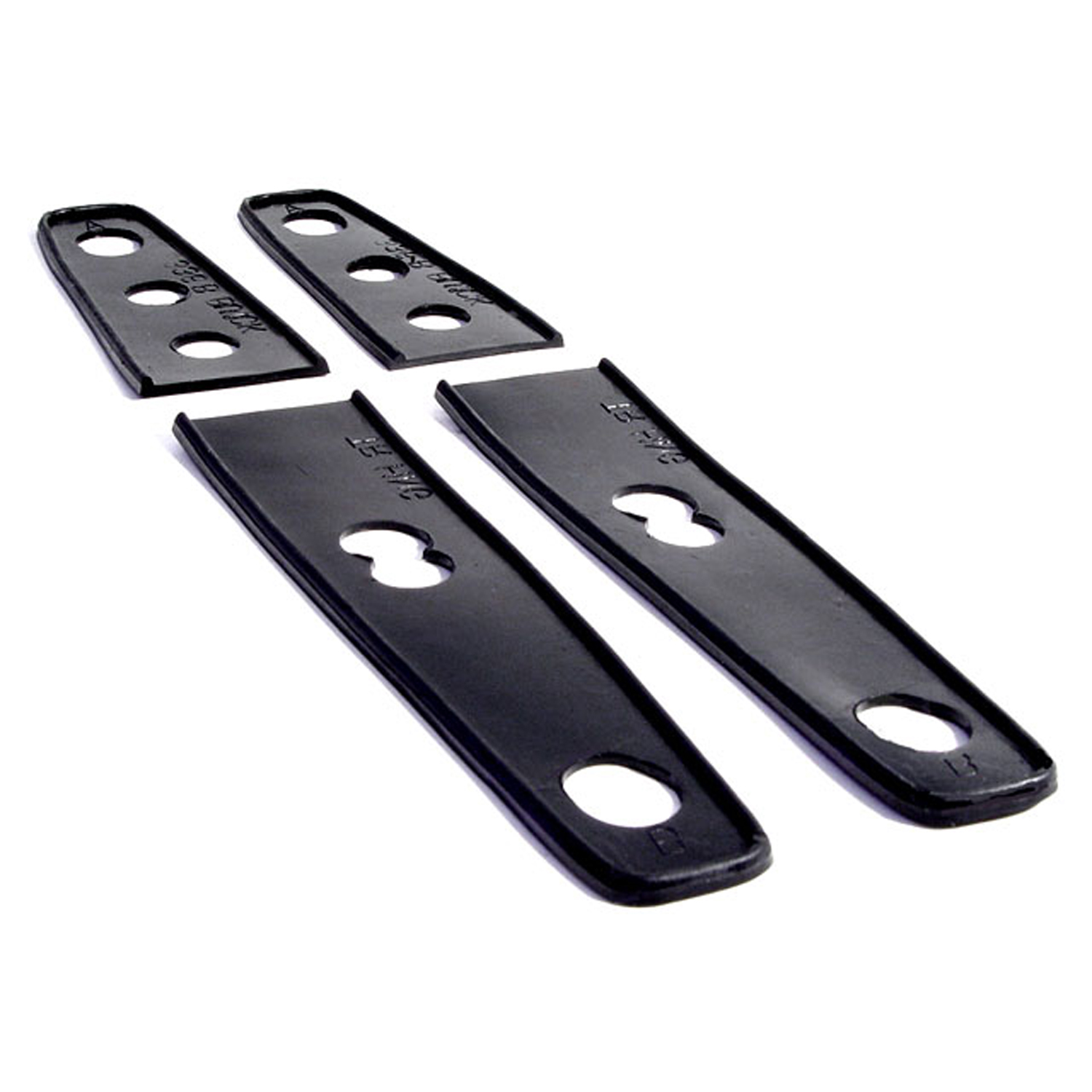 1940 Buick Roadmaster Series 80 Trunk Hinge Pads. 1-1/2" wide X 10-1/4" long-MP 336-BTrunk Hinge Pads. 1-1/2" wide X 10-1/4" long. 4- Piece Set
1940 Buick Roadmaster Series 80 Trunk Hinge Pads. 1-1/2" wide X 10-1/4" long-MP 336-BTrunk Hinge Pads. 1-1/2" wide X 10-1/4" long. 4- Piece Set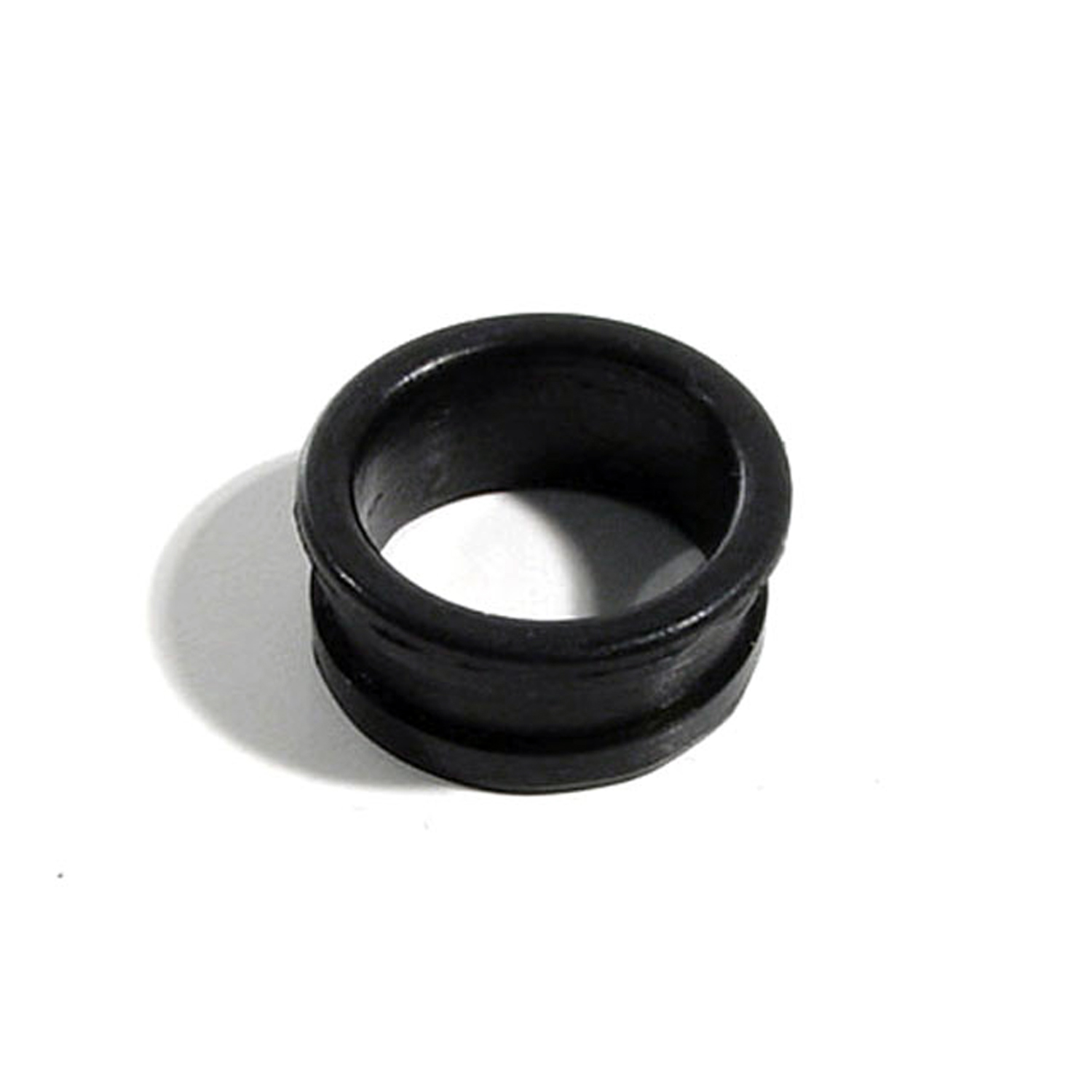 1940 Buick Roadmaster Series 80 Door Ferrule Grommet. Made of black rubber-MP 546-HDoor Ferrule Grommet. Made of black rubber. Fits over your old steel door ferrule (also see WF 2006) 1-3/16" O.D. Each
1940 Buick Roadmaster Series 80 Door Ferrule Grommet. Made of black rubber-MP 546-HDoor Ferrule Grommet. Made of black rubber. Fits over your old steel door ferrule (also see WF 2006) 1-3/16" O.D. Each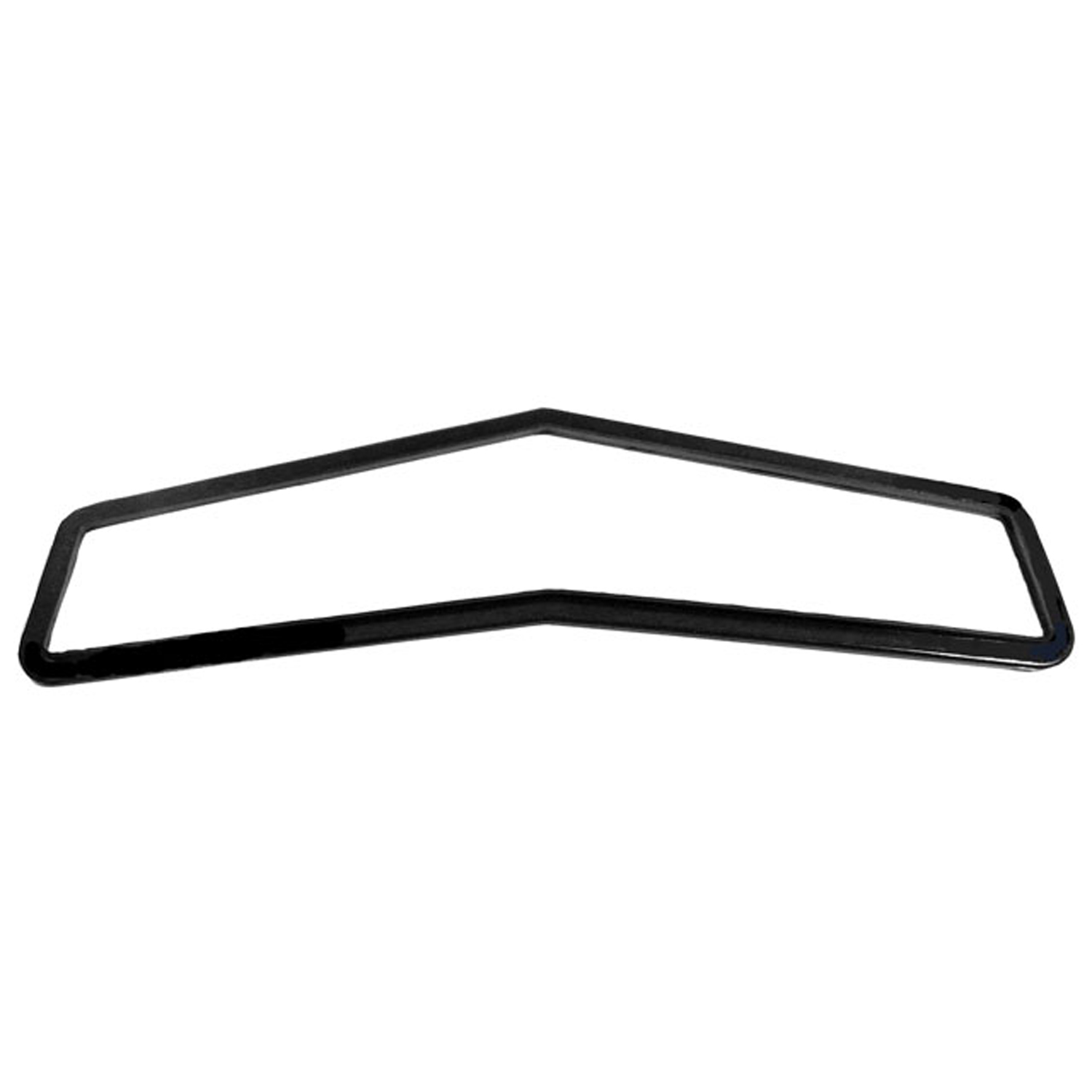 1940 Buick Roadmaster Series 80 Cowl Vent Seal. 3" wide at side X 15-3/4" long. Each-RP 100-BCowl Vent Seal. 3" wide at side X 15-3/4" long. Each
1940 Buick Roadmaster Series 80 Cowl Vent Seal. 3" wide at side X 15-3/4" long. Each-RP 100-BCowl Vent Seal. 3" wide at side X 15-3/4" long. Each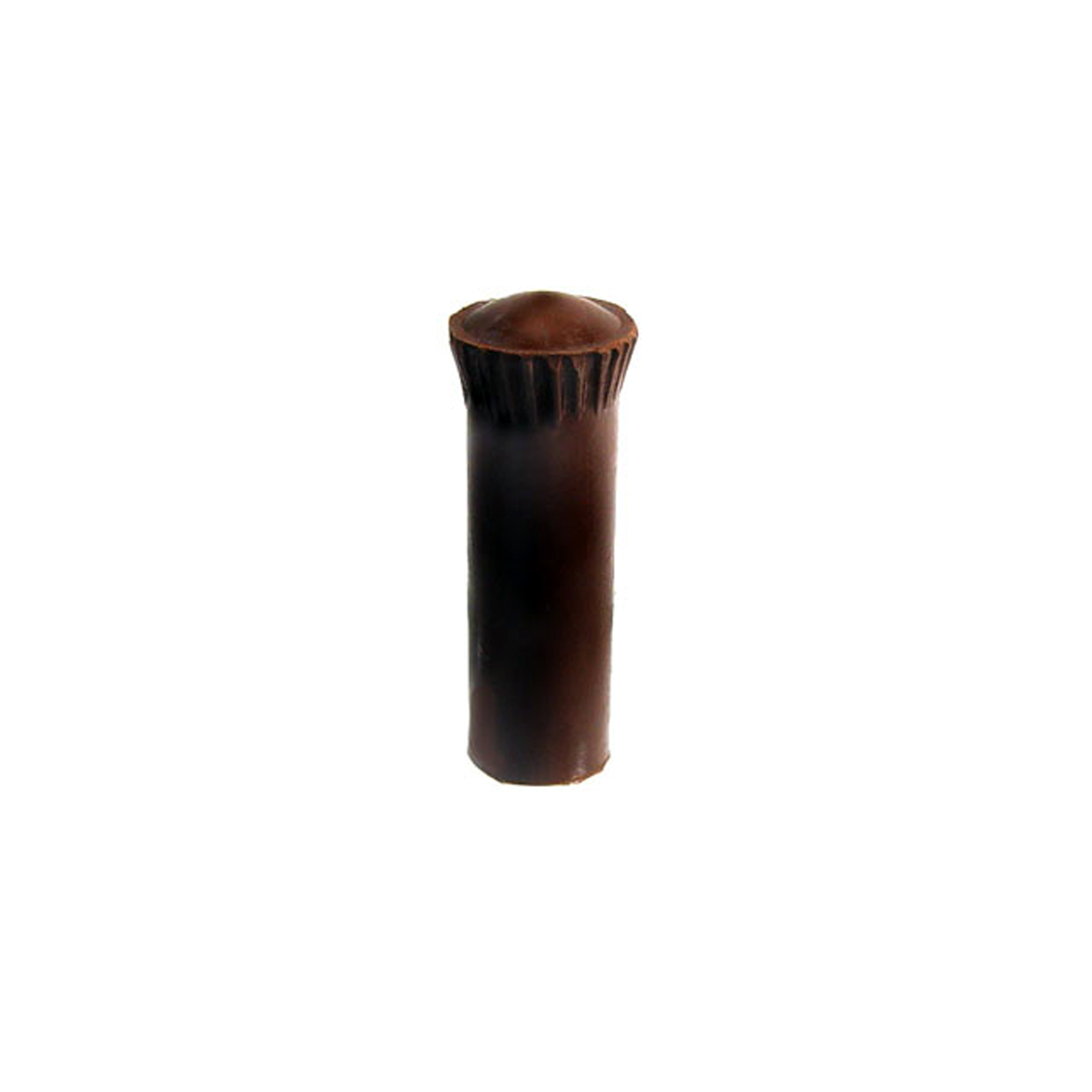 1940 Buick Roadmaster Series 80 Door Lock Knob. Brown. 1/2" diameter X 1" long X 1/8" hole-RP 303Door Lock Knob. Brown. 1/2" diameter X 1" long X 1/8" hole. Each
1940 Buick Roadmaster Series 80 Door Lock Knob. Brown. 1/2" diameter X 1" long X 1/8" hole-RP 303Door Lock Knob. Brown. 1/2" diameter X 1" long X 1/8" hole. Each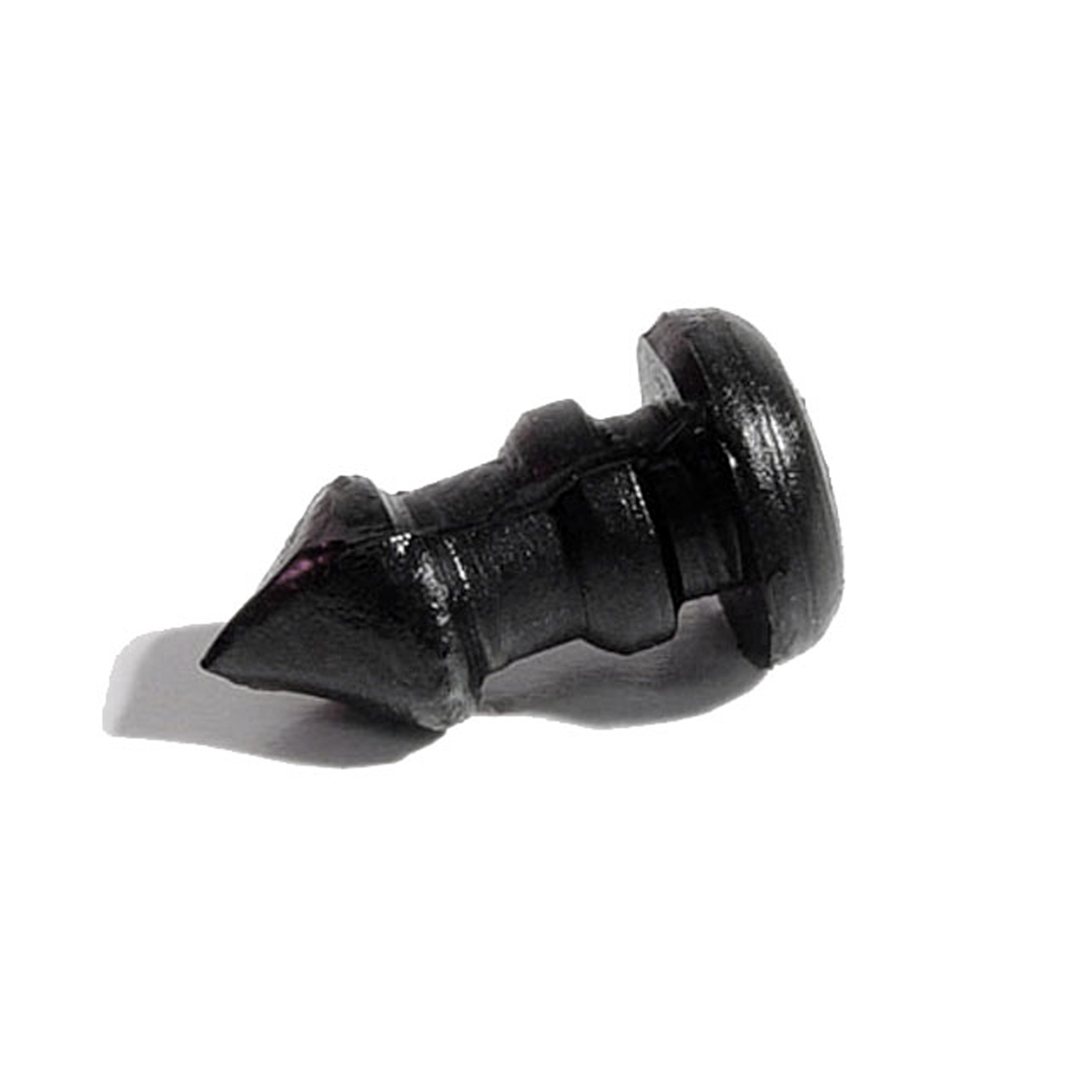 1940 Buick Roadmaster Series 80 Sun Visor End Tube Plug. Black. Each-RP 303-DSun Visor End Tube Plug. Black. Each
1940 Buick Roadmaster Series 80 Sun Visor End Tube Plug. Black. Each-RP 303-DSun Visor End Tube Plug. Black. Each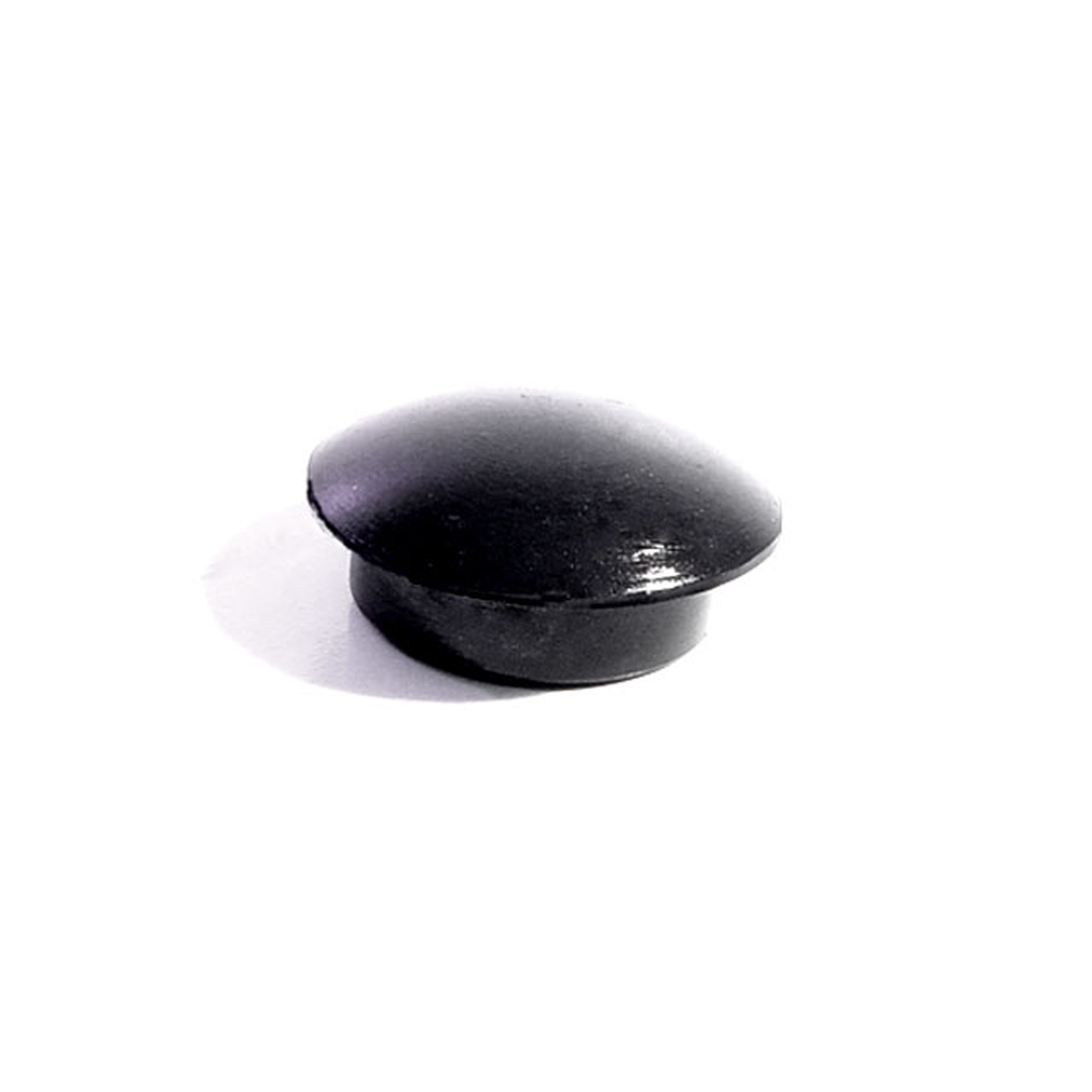 1940 Buick Roadmaster Series 80 Floor Plug. Fits a 13/16" hole. Each-SB 28Floor Plug. Fits a 13/16" hole. Each
1940 Buick Roadmaster Series 80 Floor Plug. Fits a 13/16" hole. Each-SB 28Floor Plug. Fits a 13/16" hole. Each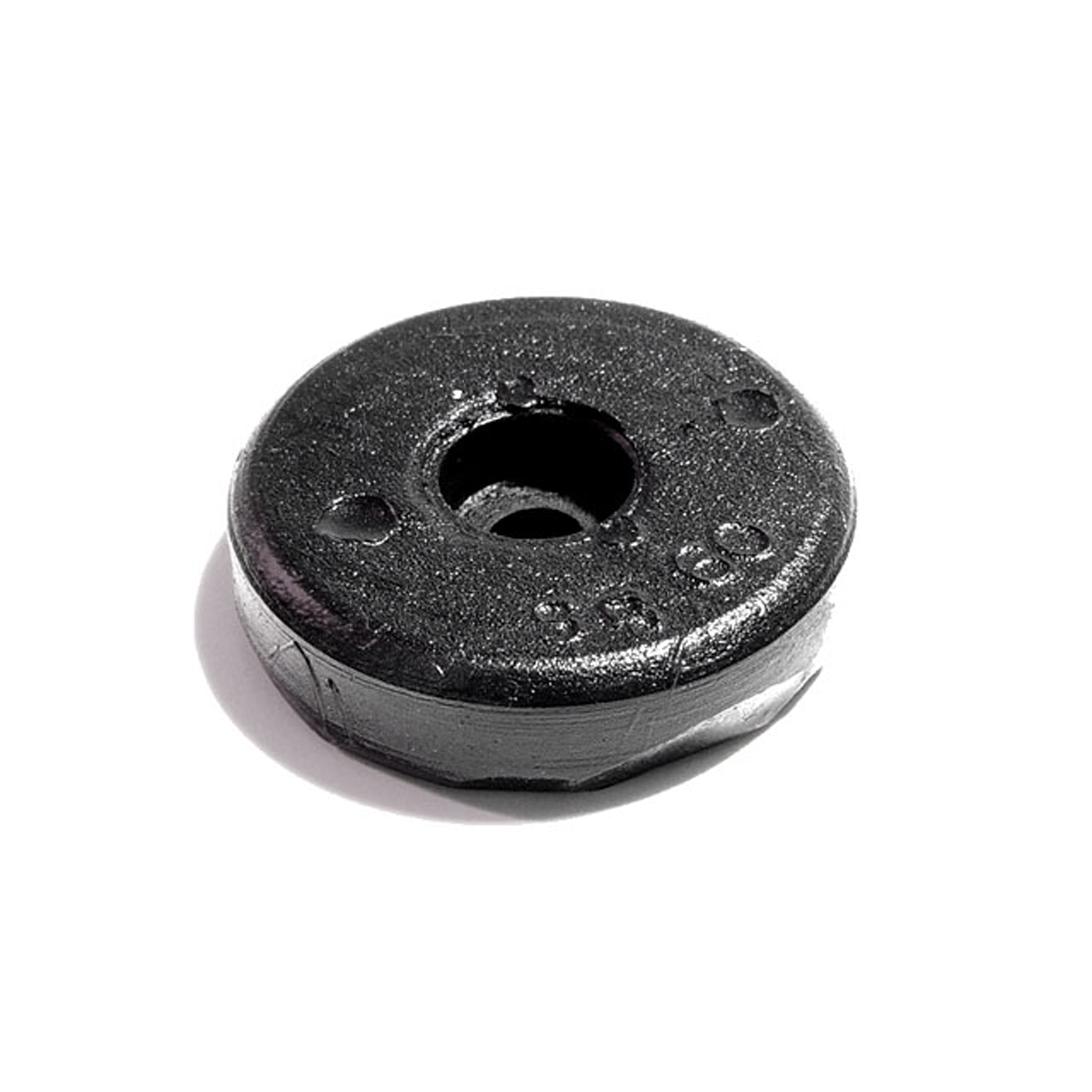 1940 Buick Roadmaster Series 80 Door Bumper. 1" diameter X 1/4" thick Each-SB 60Door Bumper. 1" diameter X 1/4" thick Each
1940 Buick Roadmaster Series 80 Door Bumper. 1" diameter X 1/4" thick Each-SB 60Door Bumper. 1" diameter X 1/4" thick Each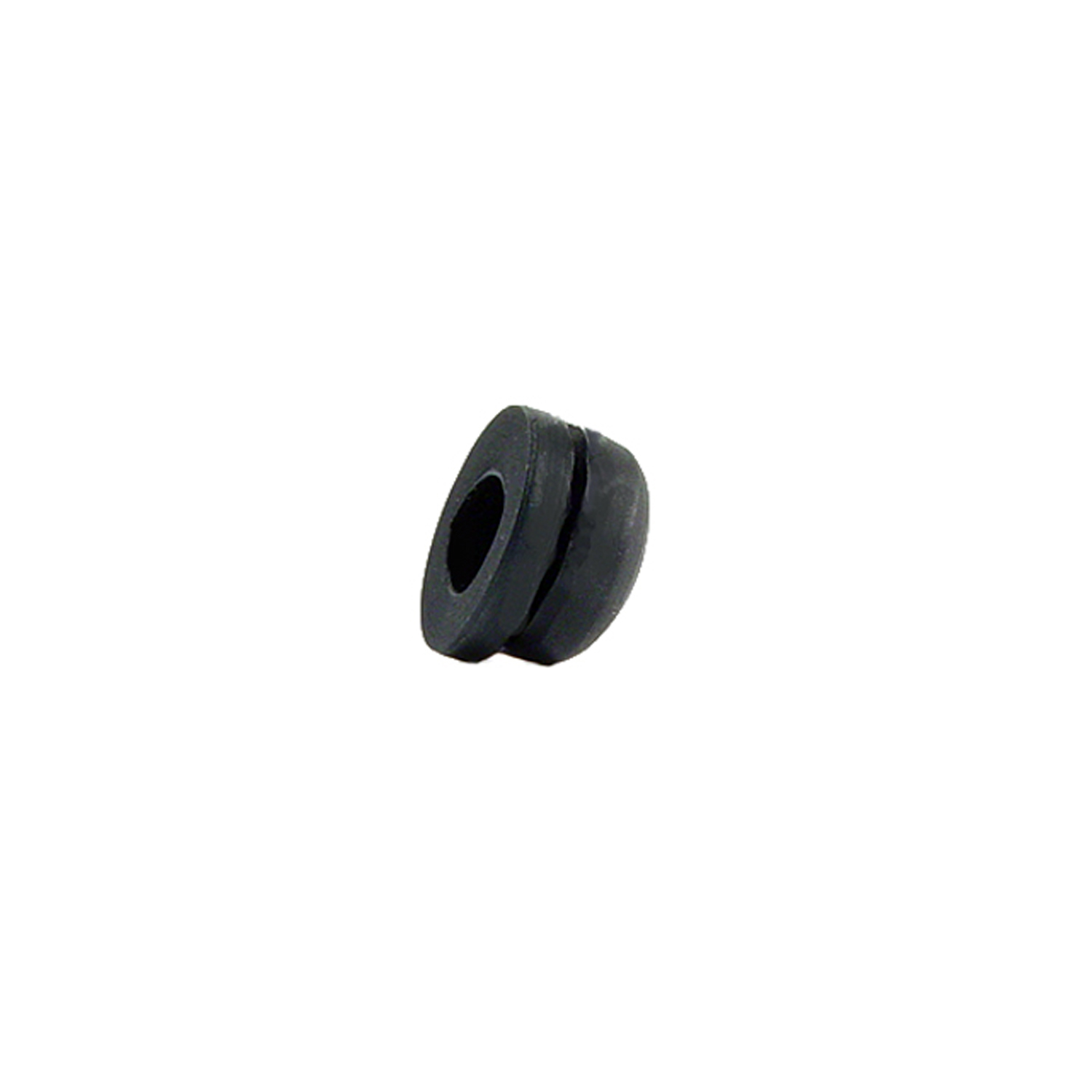 1940 Buick Roadmaster Series 80 Floor Plug. Fits a 7/16" hole. Each-SB 63Floor Plug. Fits a 7/16" hole. Each
1940 Buick Roadmaster Series 80 Floor Plug. Fits a 7/16" hole. Each-SB 63Floor Plug. Fits a 7/16" hole. Each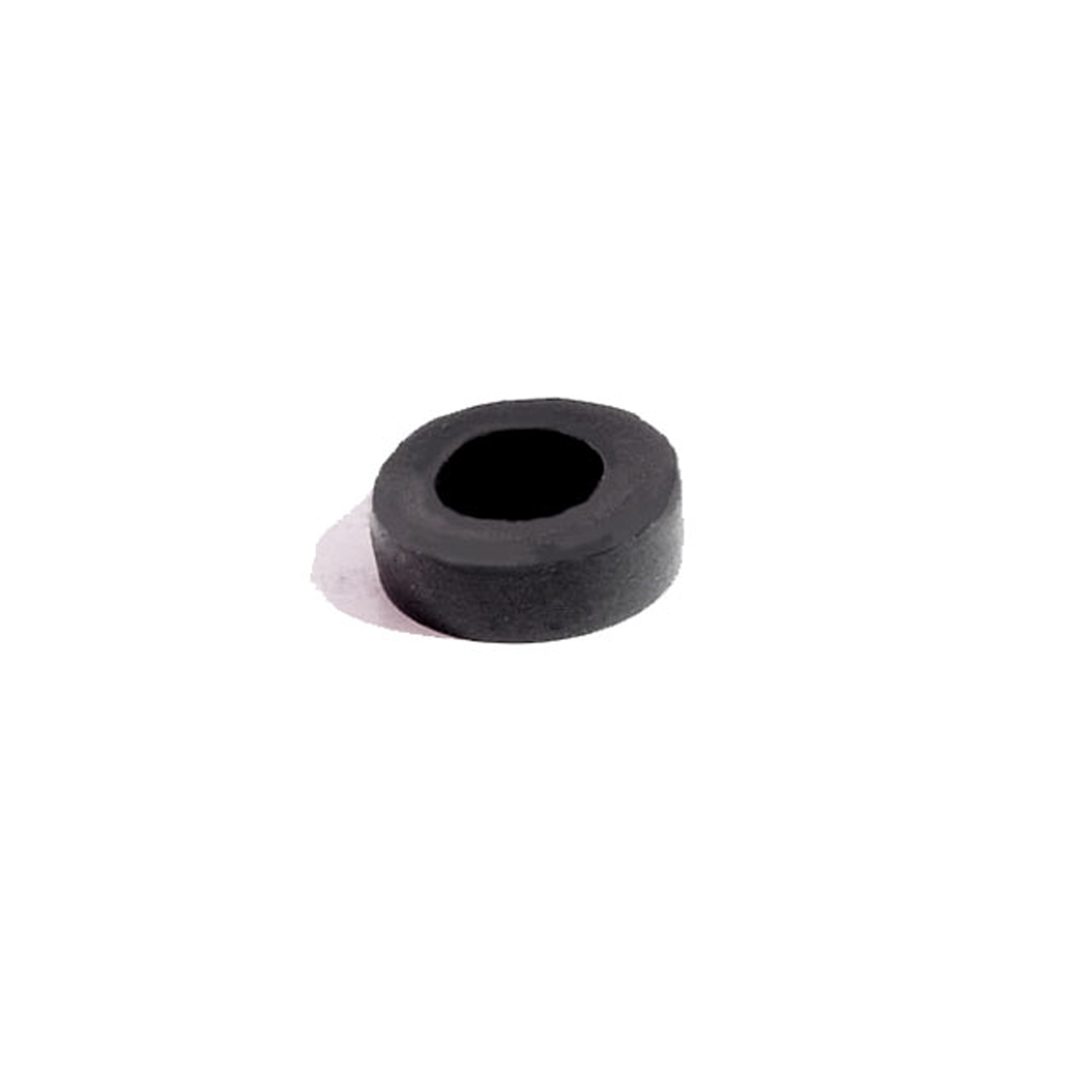 1940 Buick Roadmaster Series 80 Front Door Window Adjustment Bumper Cushion-SB 70Front Door Window Adjustment Bumper Cushion. For "T" bolt in door. Four to six used per car. 11/16" X 1/4". Each
1940 Buick Roadmaster Series 80 Front Door Window Adjustment Bumper Cushion-SB 70Front Door Window Adjustment Bumper Cushion. For "T" bolt in door. Four to six used per car. 11/16" X 1/4". Each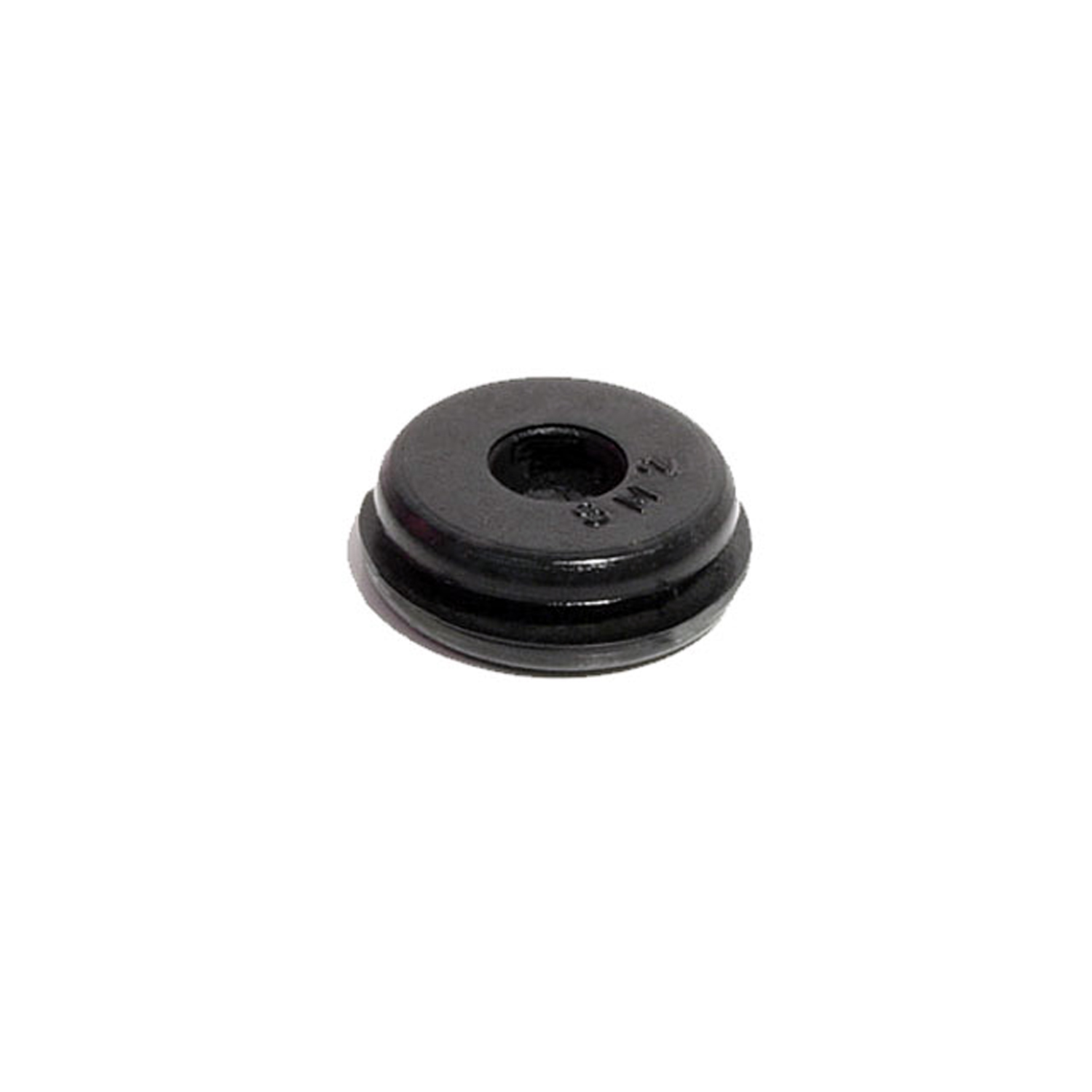 1940 Buick Roadmaster Series 80 Speedometer Cable / Utility Grommet-SM 2Speedometer Cable / Utility Grommet. Fits 3/4" to 13/16" hole. 3/16" center hole. Each
1940 Buick Roadmaster Series 80 Speedometer Cable / Utility Grommet-SM 2Speedometer Cable / Utility Grommet. Fits 3/4" to 13/16" hole. 3/16" center hole. Each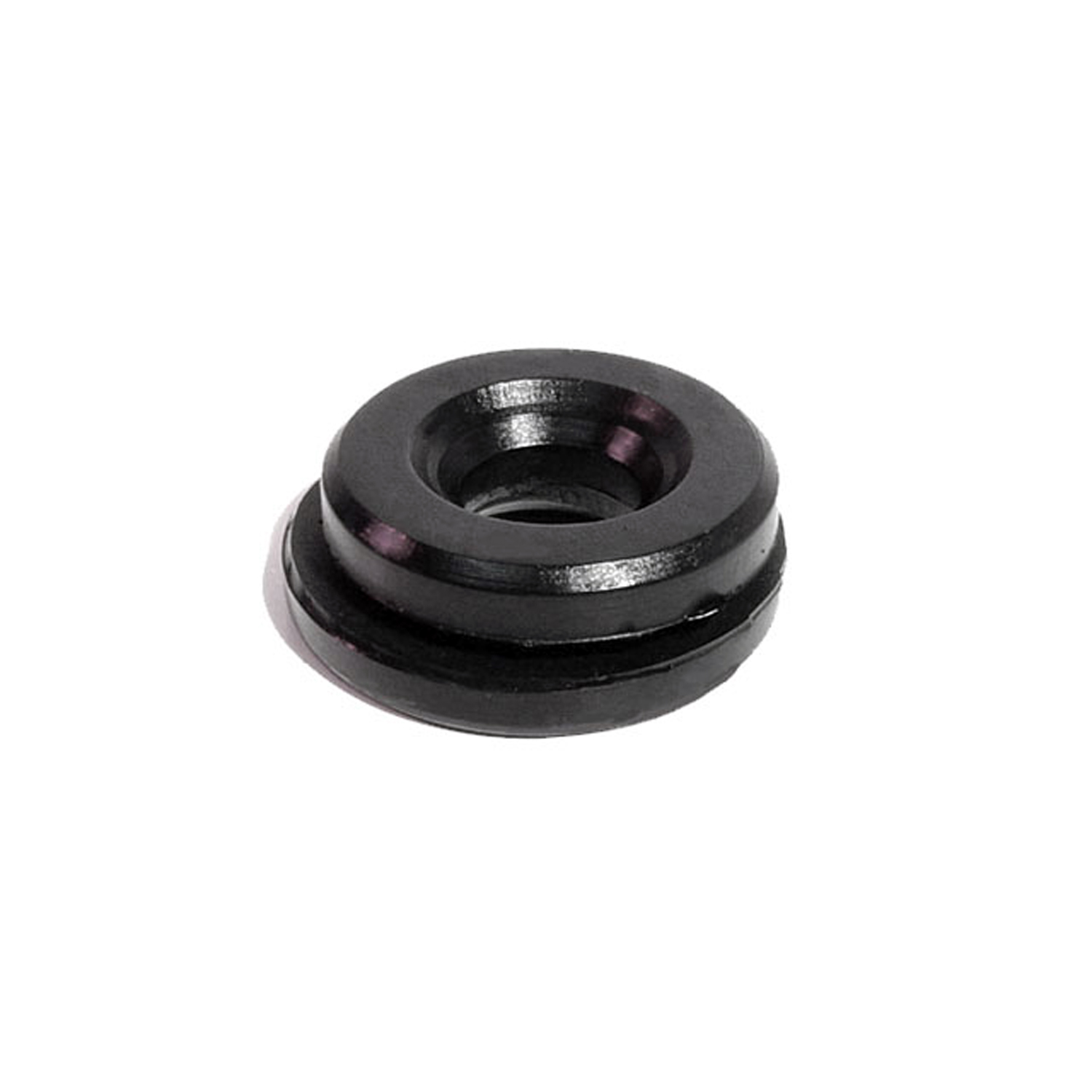 1940 Buick Roadmaster Series 80 Wire Harness Grommet. Each-SM 3Wire Harness Grommet. Each
1940 Buick Roadmaster Series 80 Wire Harness Grommet. Each-SM 3Wire Harness Grommet. Each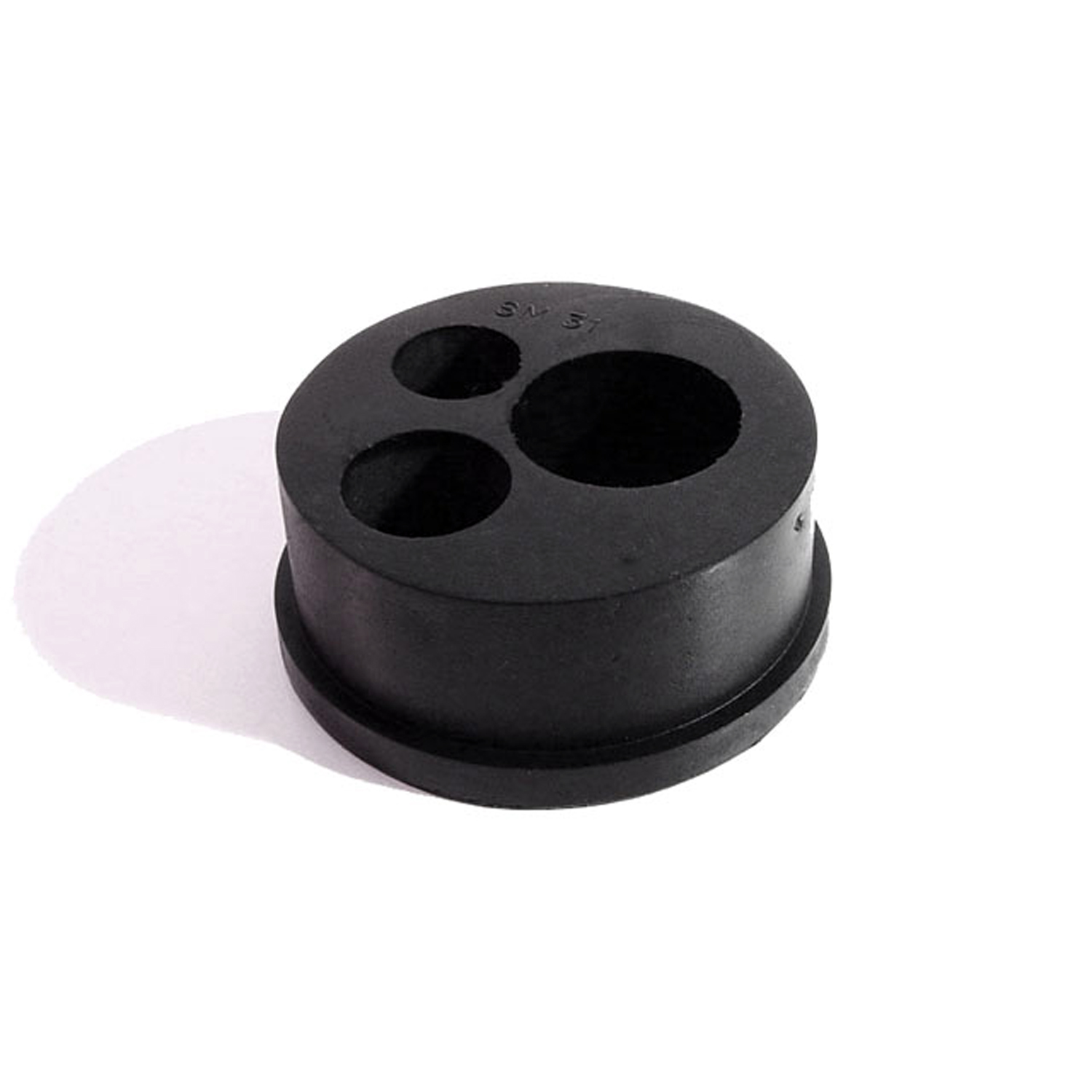 1940 Buick Roadmaster Series 80 Wire Harness / Firewall Grommet. Each-SM 31Wire Harness / Firewall Grommet. Each
1940 Buick Roadmaster Series 80 Wire Harness / Firewall Grommet. Each-SM 31Wire Harness / Firewall Grommet. Each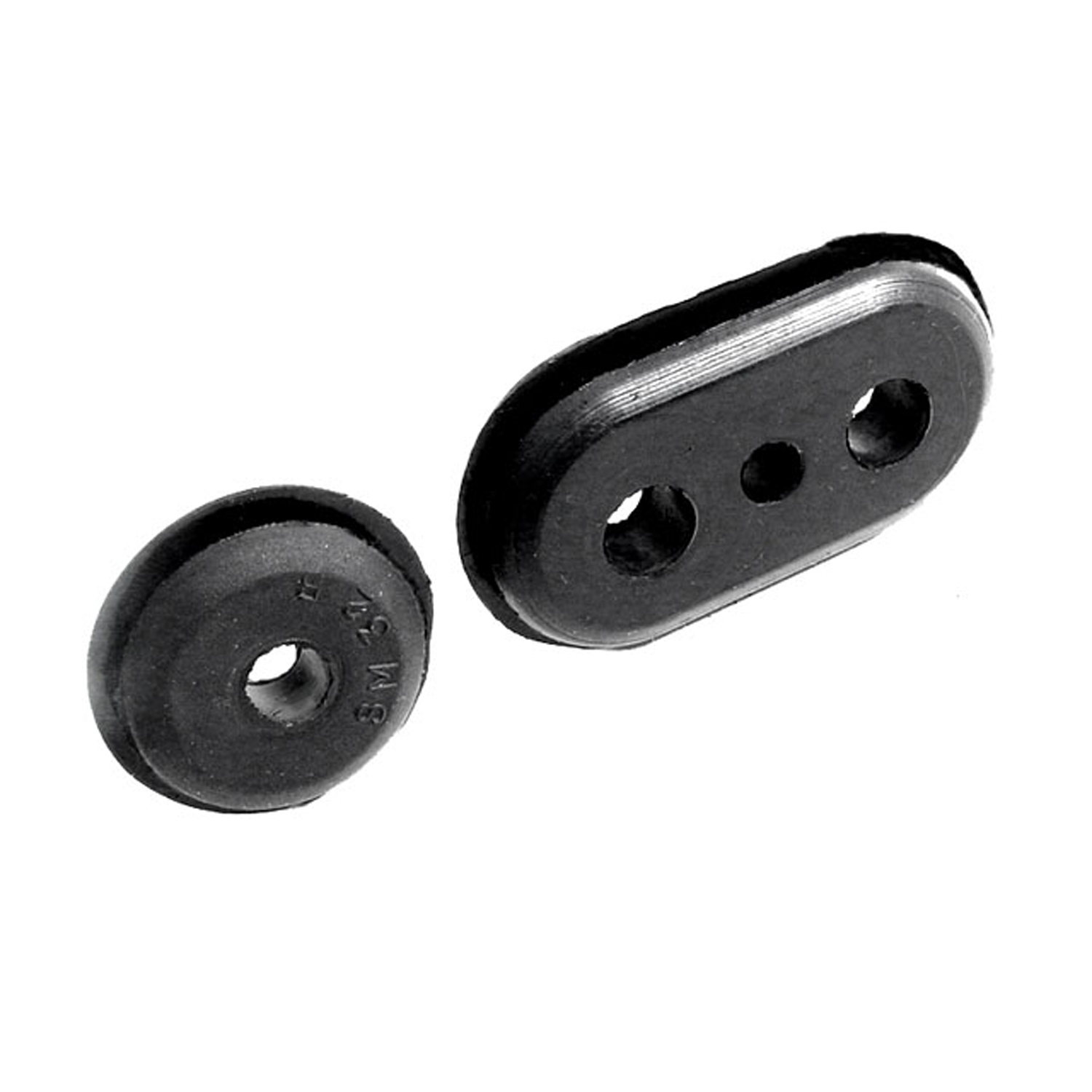 1940 Buick Roadmaster Series 80 Firewall Grommets, for thermostat, oil, throttle, choke-SM 32Firewall Grommets, for thermostat, oil, throttle, choke, vacuum and speedometer. 1-1/8" O.D., 1/4 I.D. 2-1/8" long X 1-1/8" wide. Set
1940 Buick Roadmaster Series 80 Firewall Grommets, for thermostat, oil, throttle, choke-SM 32Firewall Grommets, for thermostat, oil, throttle, choke, vacuum and speedometer. 1-1/8" O.D., 1/4 I.D. 2-1/8" long X 1-1/8" wide. Set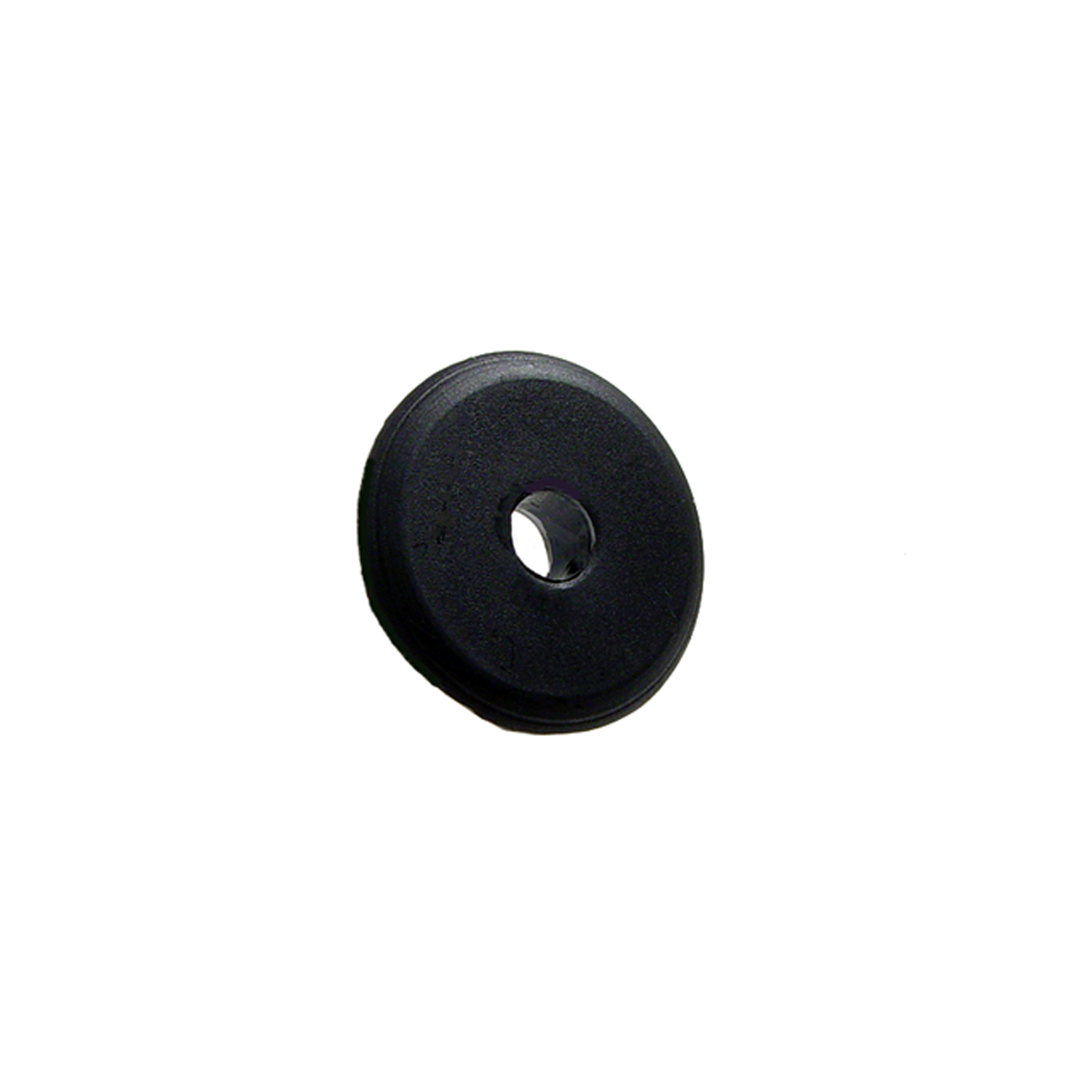 1940 Buick Roadmaster Series 80 Firewall Grommet for Thermostadt, Oil throttle, Choke-SM 32-BFirewall Grommet for Thermostadt, Oil throttle, Choke, Vacuum and Speedometer. Fits 3/4" hole. 1/4" I.D., 1-1/4" O.D. Each
1940 Buick Roadmaster Series 80 Firewall Grommet for Thermostadt, Oil throttle, Choke-SM 32-BFirewall Grommet for Thermostadt, Oil throttle, Choke, Vacuum and Speedometer. Fits 3/4" hole. 1/4" I.D., 1-1/4" O.D. Each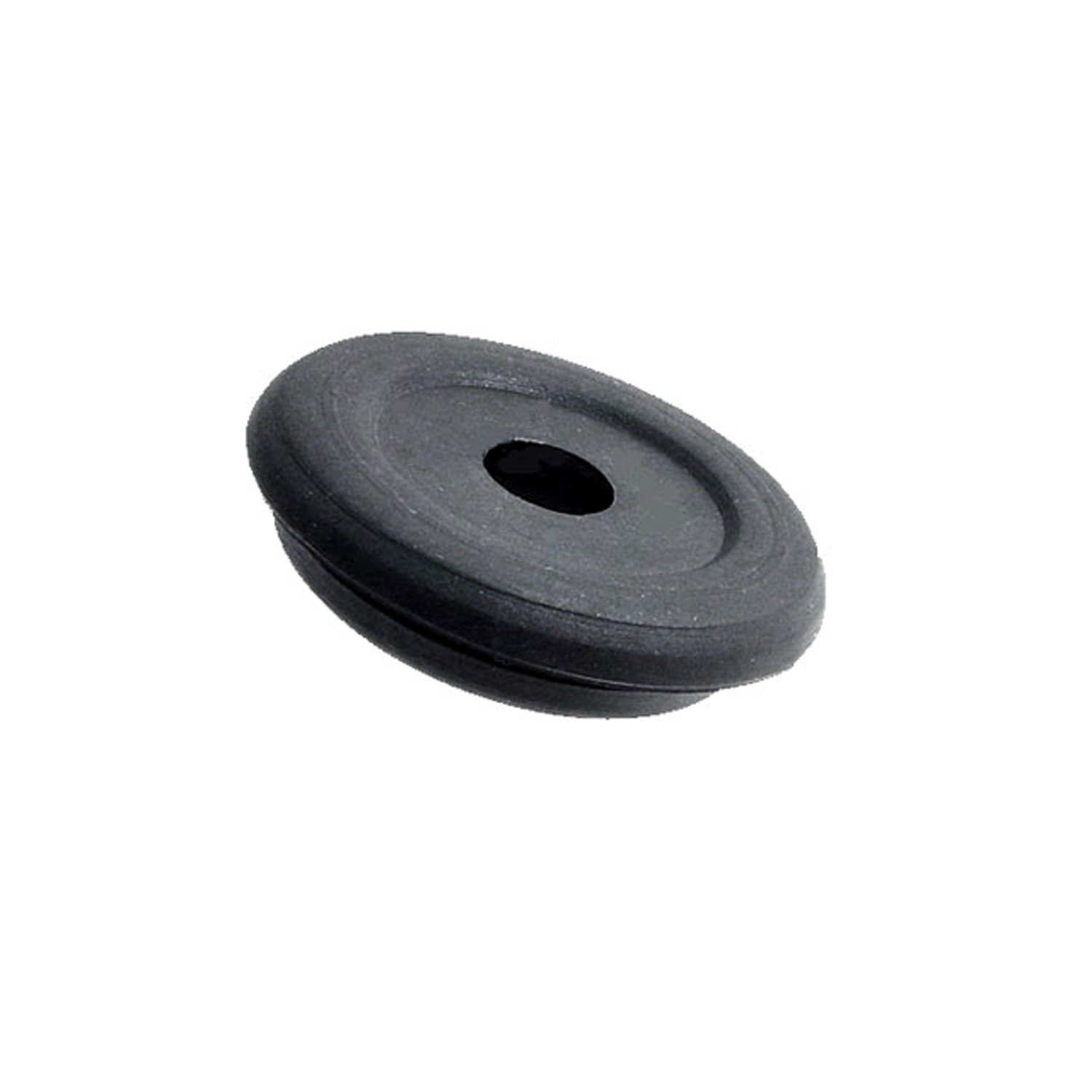 1940 Buick Roadmaster Series 80 Ignition cable grommet. 2 in. OD x 1/2 in. ID fits a 1.5 in-SM 33Ignition cable grommet. 2 in. OD x 1/2 in. ID fits a 1.5 in. hole. Each.
1940 Buick Roadmaster Series 80 Ignition cable grommet. 2 in. OD x 1/2 in. ID fits a 1.5 in-SM 33Ignition cable grommet. 2 in. OD x 1/2 in. ID fits a 1.5 in. hole. Each.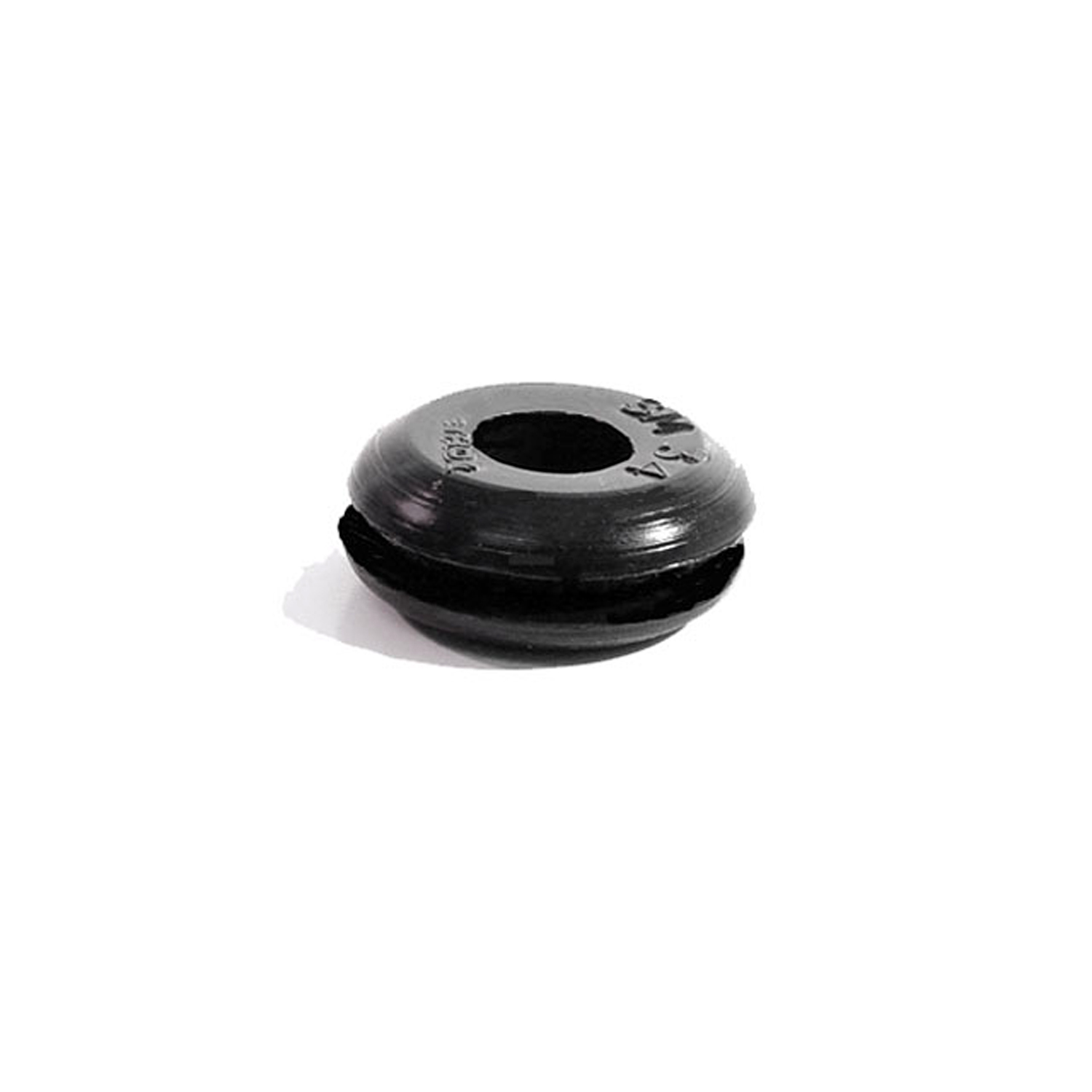 1940 Buick Roadmaster Series 80 Firewall grommet for headlight and tail-light wires-SM 34Firewall grommet for headlight and tail-light wires. Fits 11/16" hole. 5/16" I.D., 15/16" O.D. Each
1940 Buick Roadmaster Series 80 Firewall grommet for headlight and tail-light wires-SM 34Firewall grommet for headlight and tail-light wires. Fits 11/16" hole. 5/16" I.D., 15/16" O.D. Each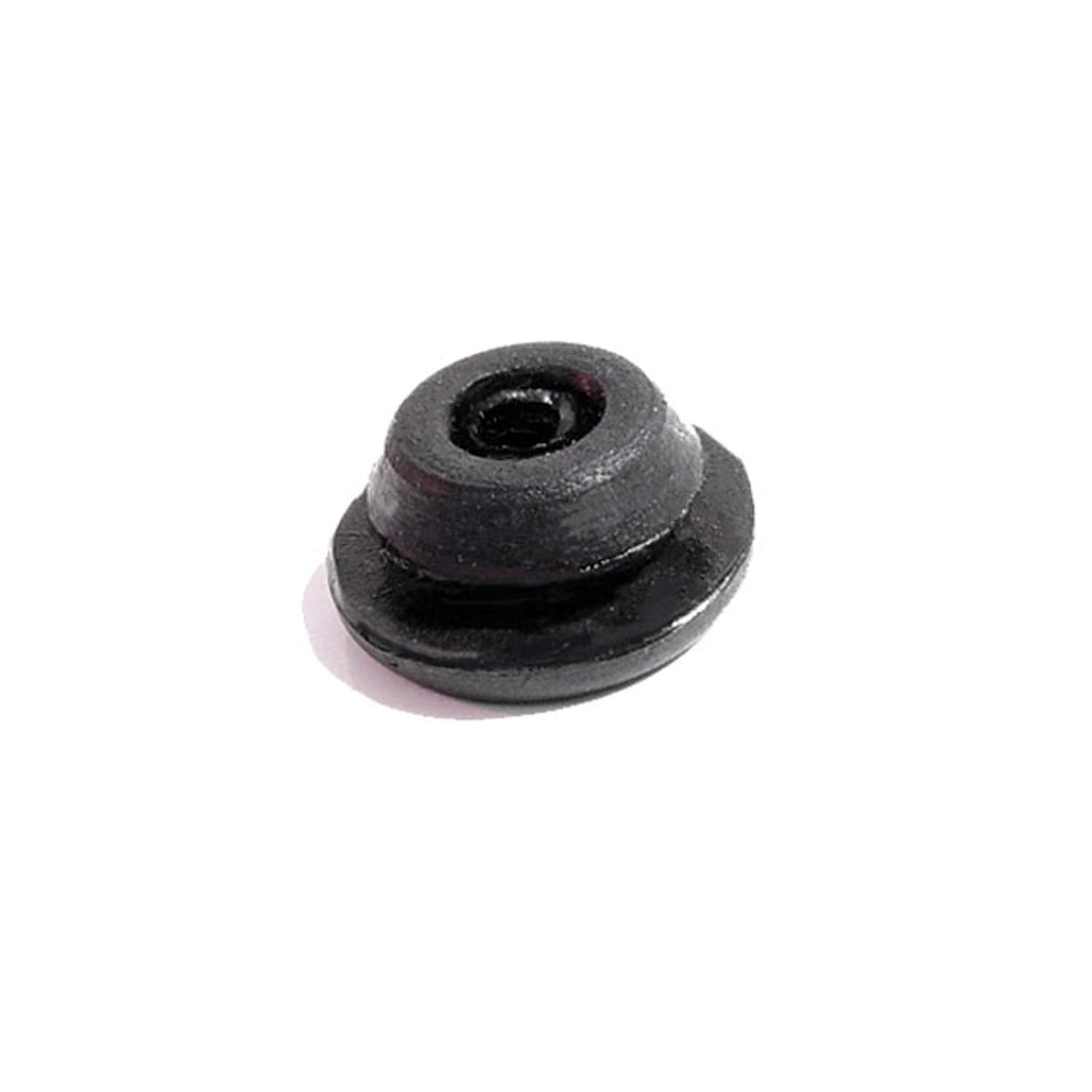 1940 Buick Roadmaster Series 80 Special Purpose Grommet-SM 4Special Purpose Grommet. For firewall, fuel gauge wire, horn wire, hood latch cable and fresh air cable. Fits 1/2" hole. 1/8" center hole. Each
1940 Buick Roadmaster Series 80 Special Purpose Grommet-SM 4Special Purpose Grommet. For firewall, fuel gauge wire, horn wire, hood latch cable and fresh air cable. Fits 1/2" hole. 1/8" center hole. Each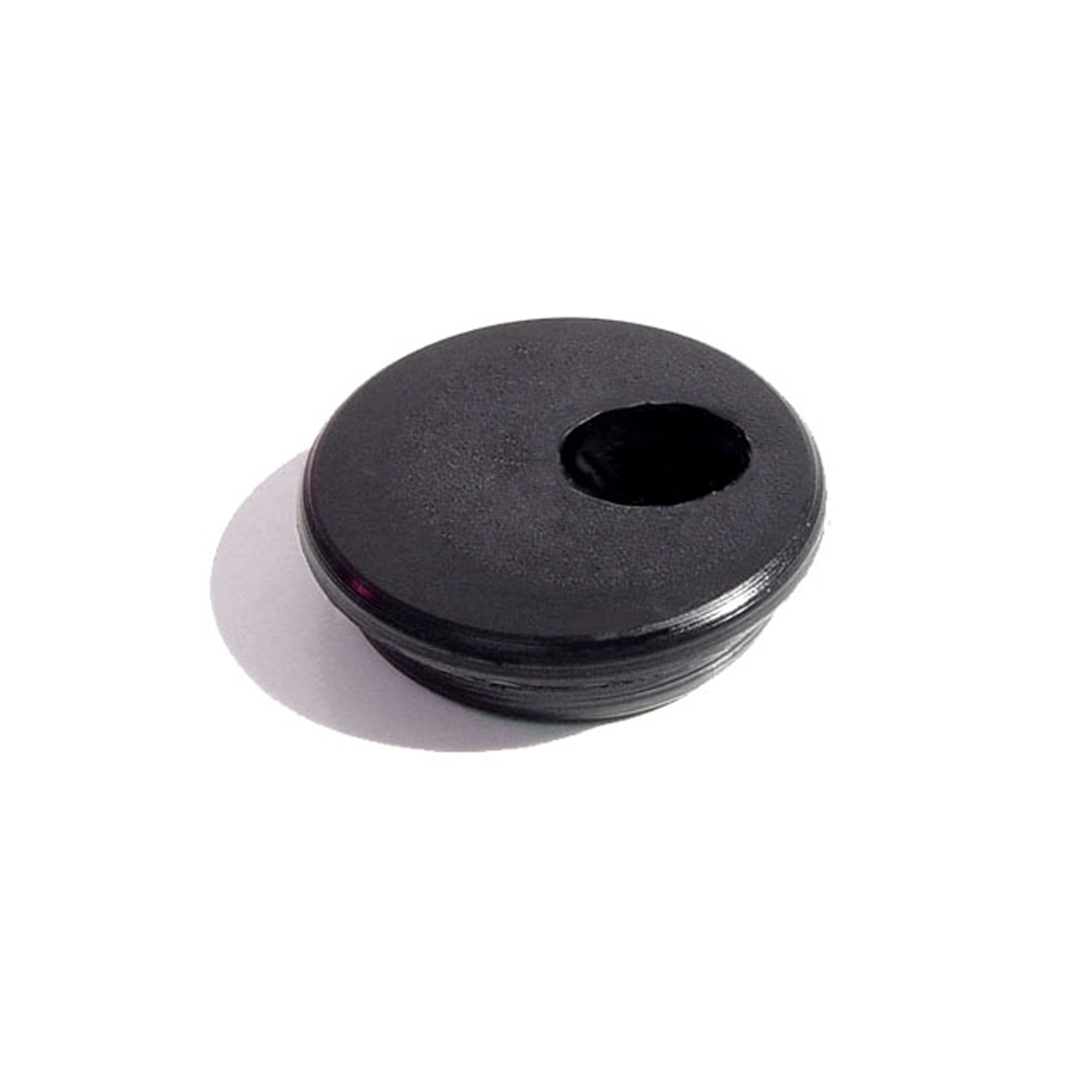 1940 Buick Roadmaster Series 80 Firewall Grommet. For park brake cable. Angled hole. Fit's 1" hole-SM 40Firewall Grommet. For park brake cable. Angled hole. Fit's 1" Hole. Each
1940 Buick Roadmaster Series 80 Firewall Grommet. For park brake cable. Angled hole. Fit's 1" hole-SM 40Firewall Grommet. For park brake cable. Angled hole. Fit's 1" Hole. Each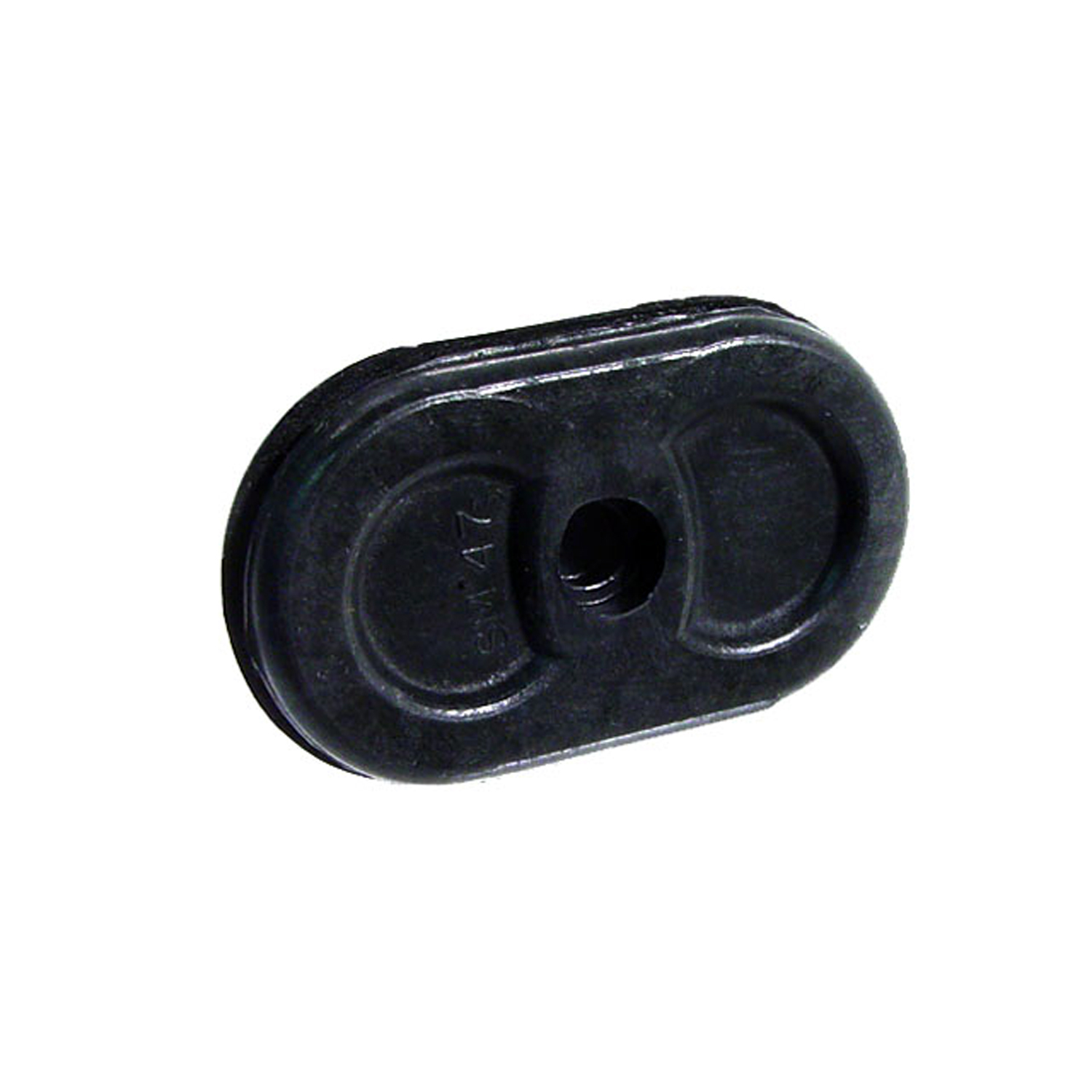 1940 Buick Roadmaster Series 80 Speedometer Cable Firewall Grommet. Fits 1-7/8" long hole-SM 47Speedometer Cable Firewall Grommet. Fits 1-7/8" long hole. NOTE: Not used when car was factory equipped with windshield washers. (Fits some models) Each
1940 Buick Roadmaster Series 80 Speedometer Cable Firewall Grommet. Fits 1-7/8" long hole-SM 47Speedometer Cable Firewall Grommet. Fits 1-7/8" long hole. NOTE: Not used when car was factory equipped with windshield washers. (Fits some models) Each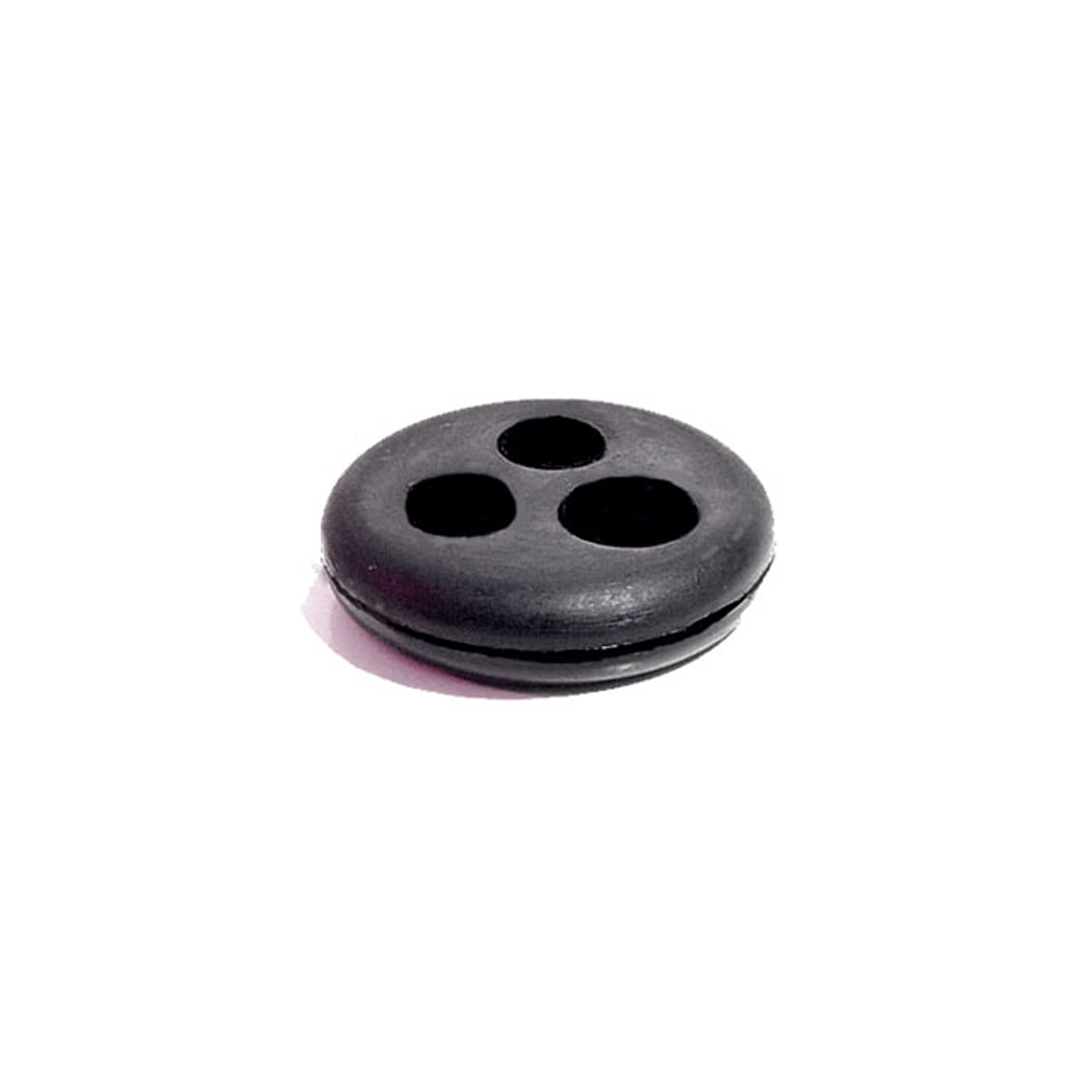 1940 Buick Roadmaster Series 80 Windshield Wiper Grommet. Fits 1" hole. Each-SM 56Windshield Wiper Grommet. Fits 1" hole. Each
1940 Buick Roadmaster Series 80 Windshield Wiper Grommet. Fits 1" hole. Each-SM 56Windshield Wiper Grommet. Fits 1" hole. Each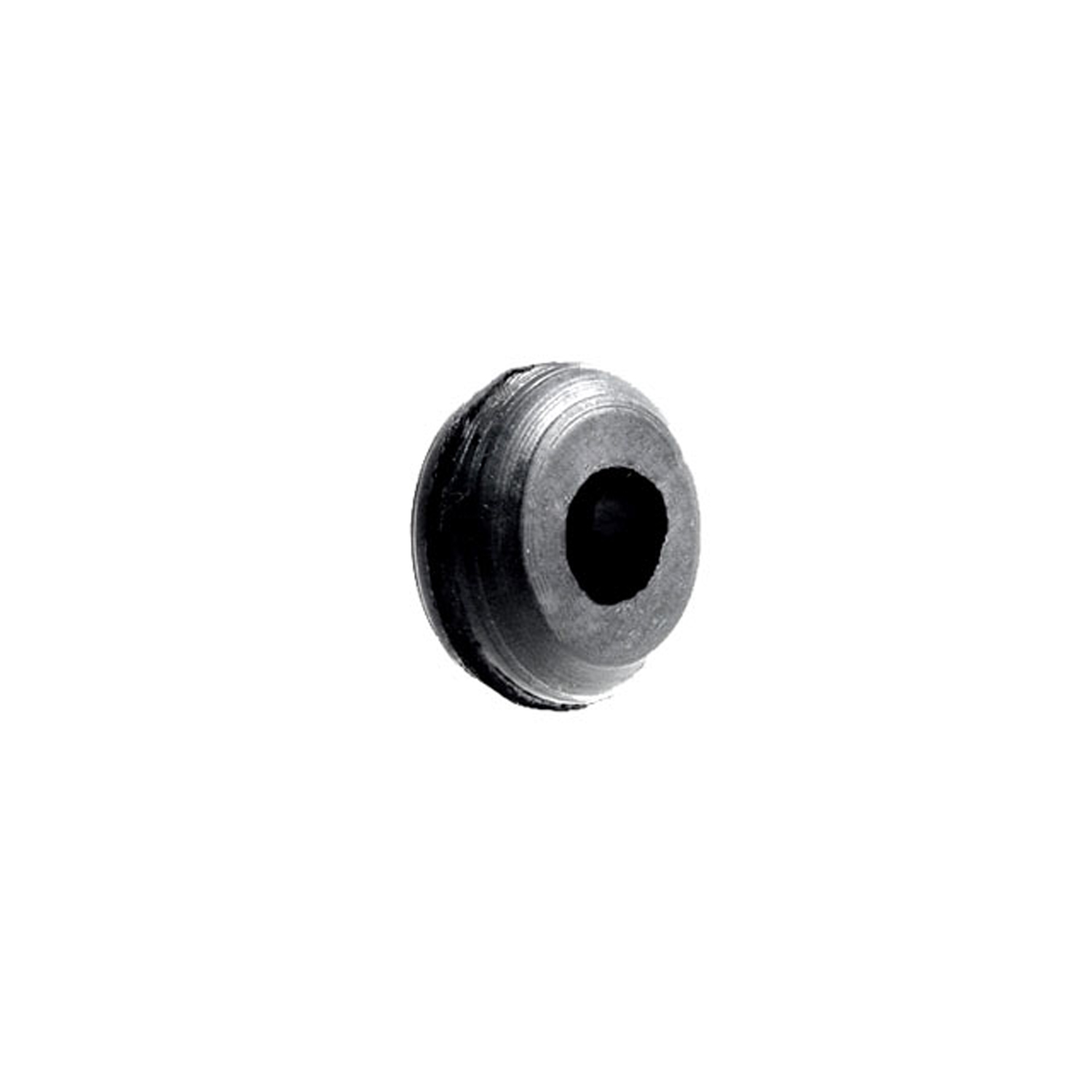 1940 Buick Roadmaster Series 80 Hood Cable Grommet. Fits 7/16" to 1/2" hole-SM 61Hood Cable Grommet. Fits 7/16" to 1/2" hole. 3/16" center hole. Each
1940 Buick Roadmaster Series 80 Hood Cable Grommet. Fits 7/16" to 1/2" hole-SM 61Hood Cable Grommet. Fits 7/16" to 1/2" hole. 3/16" center hole. Each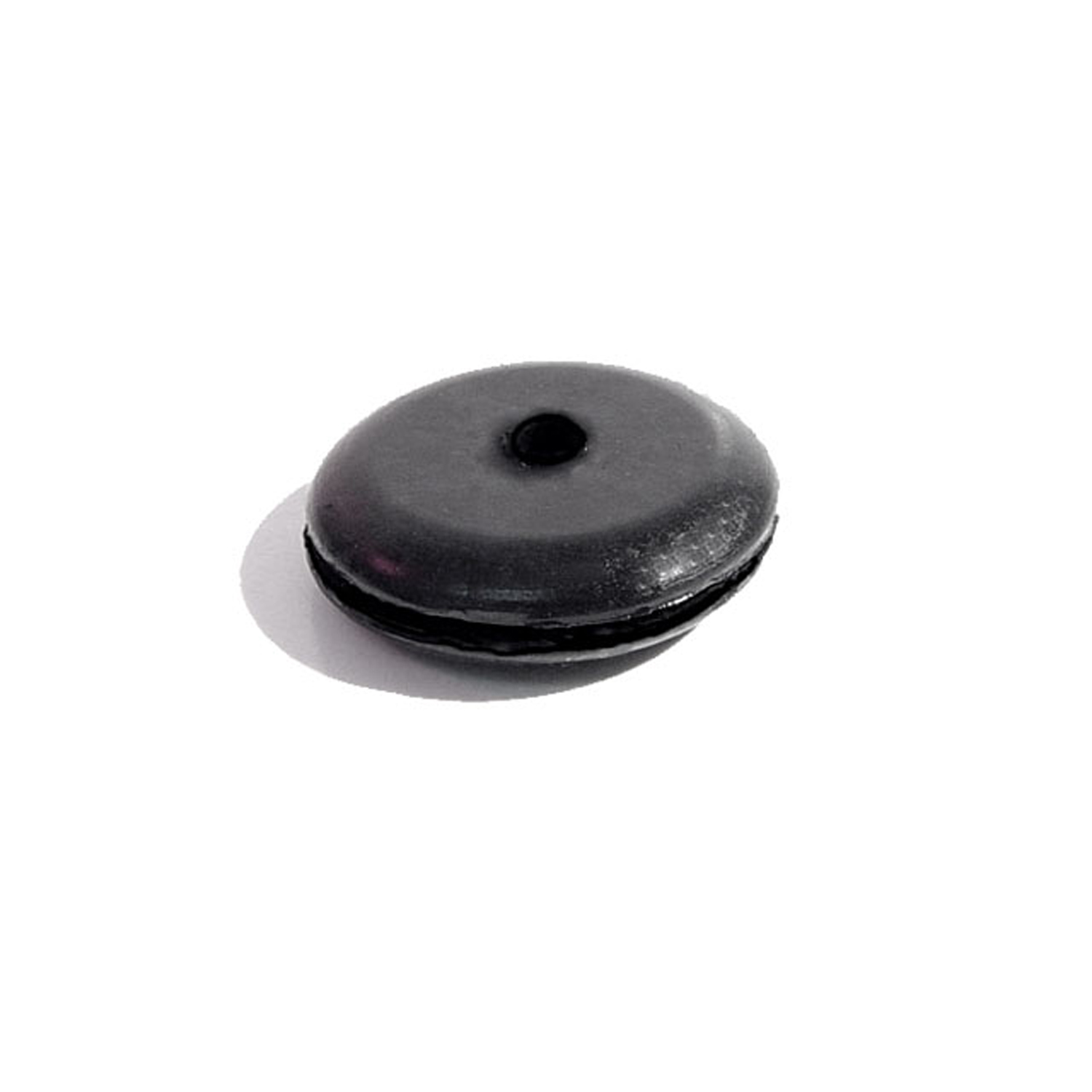 1940 Buick Roadmaster Series 80 Choke Cable Grommet. Fits 5/8" hole. 1/8" center hole-SM 62Choke Cable Grommet. Fits 5/8" hole. 1/8" center hole. Each
1940 Buick Roadmaster Series 80 Choke Cable Grommet. Fits 5/8" hole. 1/8" center hole-SM 62Choke Cable Grommet. Fits 5/8" hole. 1/8" center hole. Each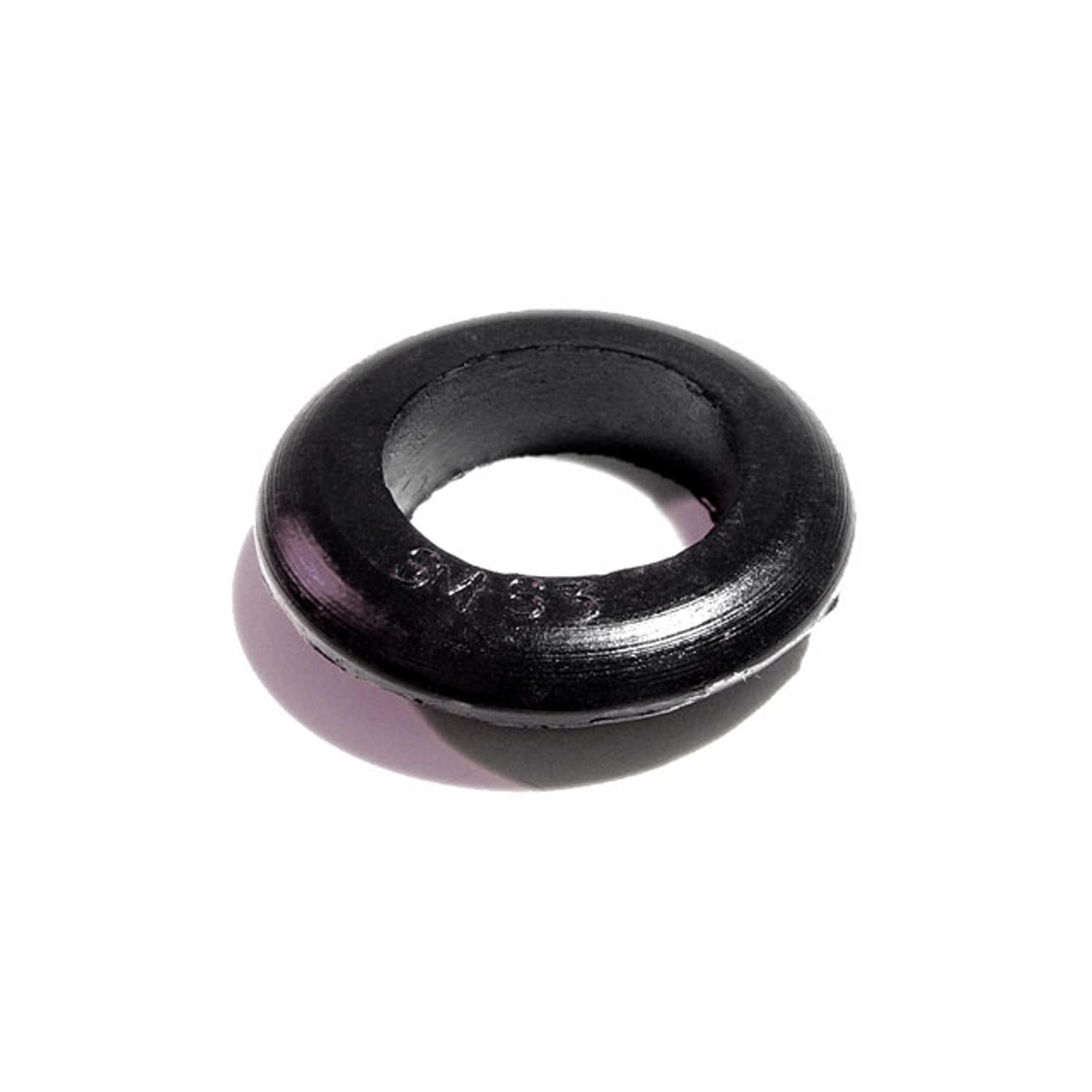 1940 Buick Roadmaster Series 80 Firewall Grommet, for Convertibles. For top of vacuum hose-SM 63Firewall Grommet, for Convertibles. For top of vacuum hose. Fits 7/8" hole. 3/4" center hole. Each
1940 Buick Roadmaster Series 80 Firewall Grommet, for Convertibles. For top of vacuum hose-SM 63Firewall Grommet, for Convertibles. For top of vacuum hose. Fits 7/8" hole. 3/4" center hole. Each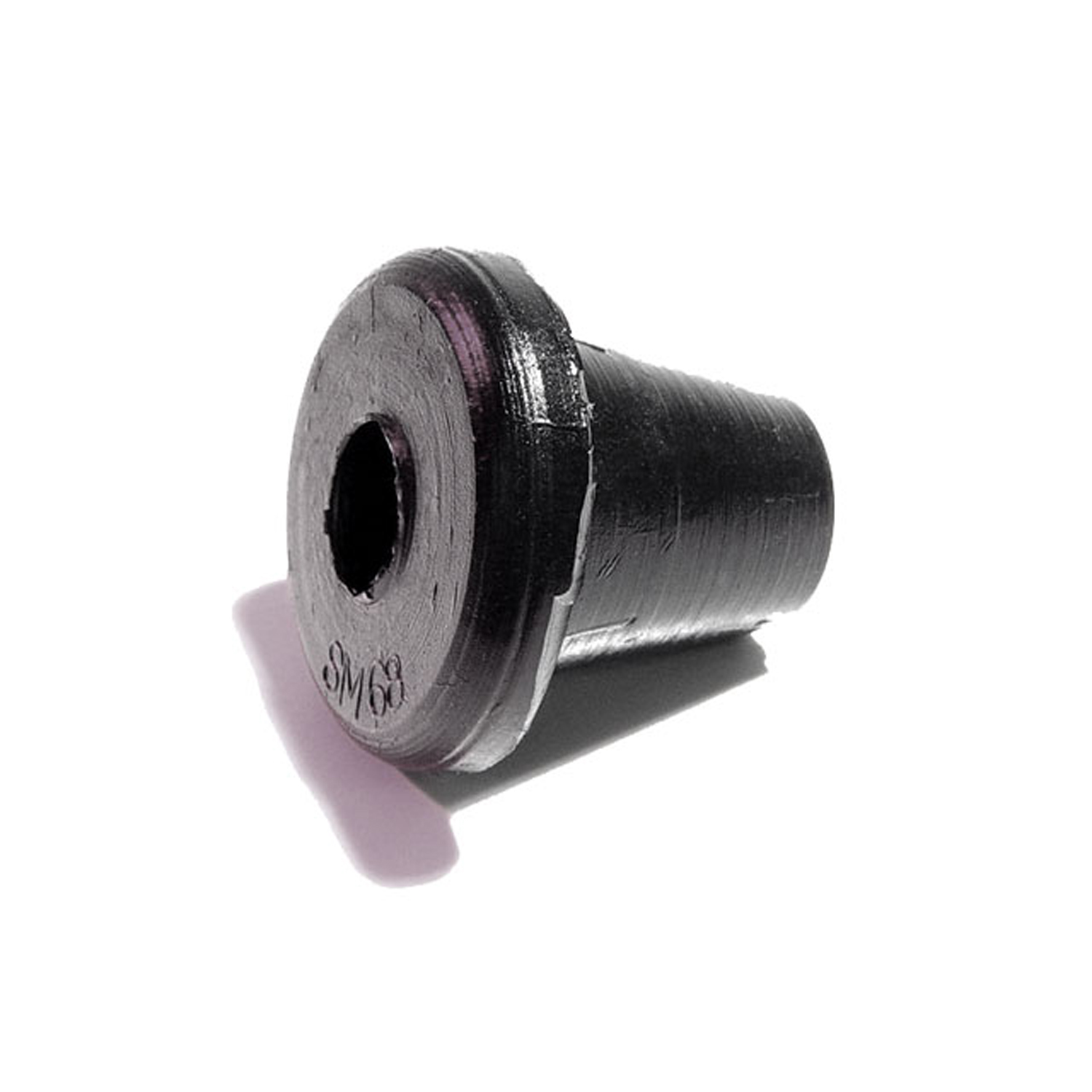 1940 Buick Roadmaster Series 80 Special Purpose Grommet-SM 68Special Purpose Grommet. For headlight wire loom through body. Each
1940 Buick Roadmaster Series 80 Special Purpose Grommet-SM 68Special Purpose Grommet. For headlight wire loom through body. Each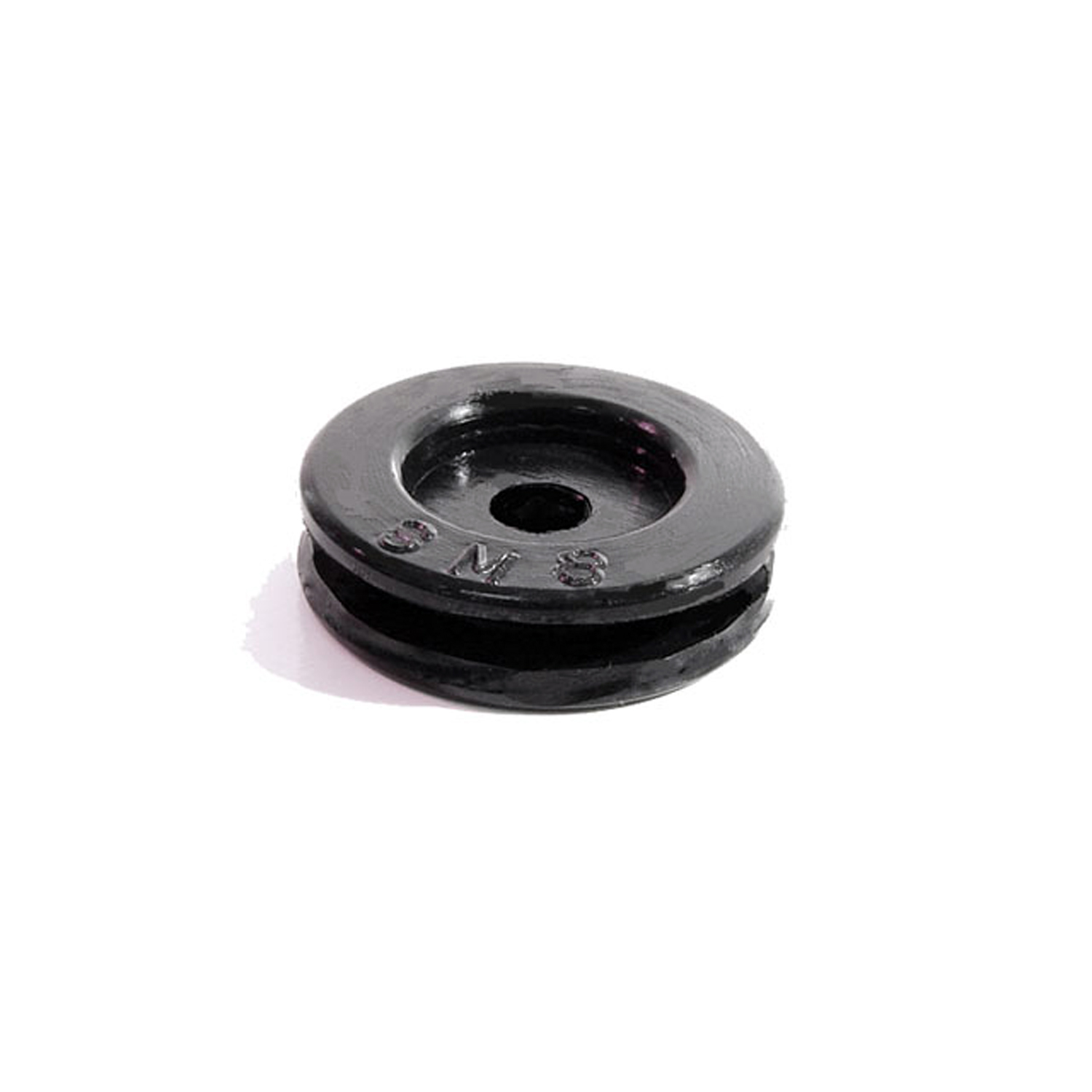 1940 Buick Roadmaster Series 80 Firewall and Utility Grommet. Fits 3/4" hole. 3/16" I.D-SM 8Firewall and Utility Grommet. Fits 3/4" hole. 3/16" I.D. Each
1940 Buick Roadmaster Series 80 Firewall and Utility Grommet. Fits 3/4" hole. 3/16" I.D-SM 8Firewall and Utility Grommet. Fits 3/4" hole. 3/16" I.D. Each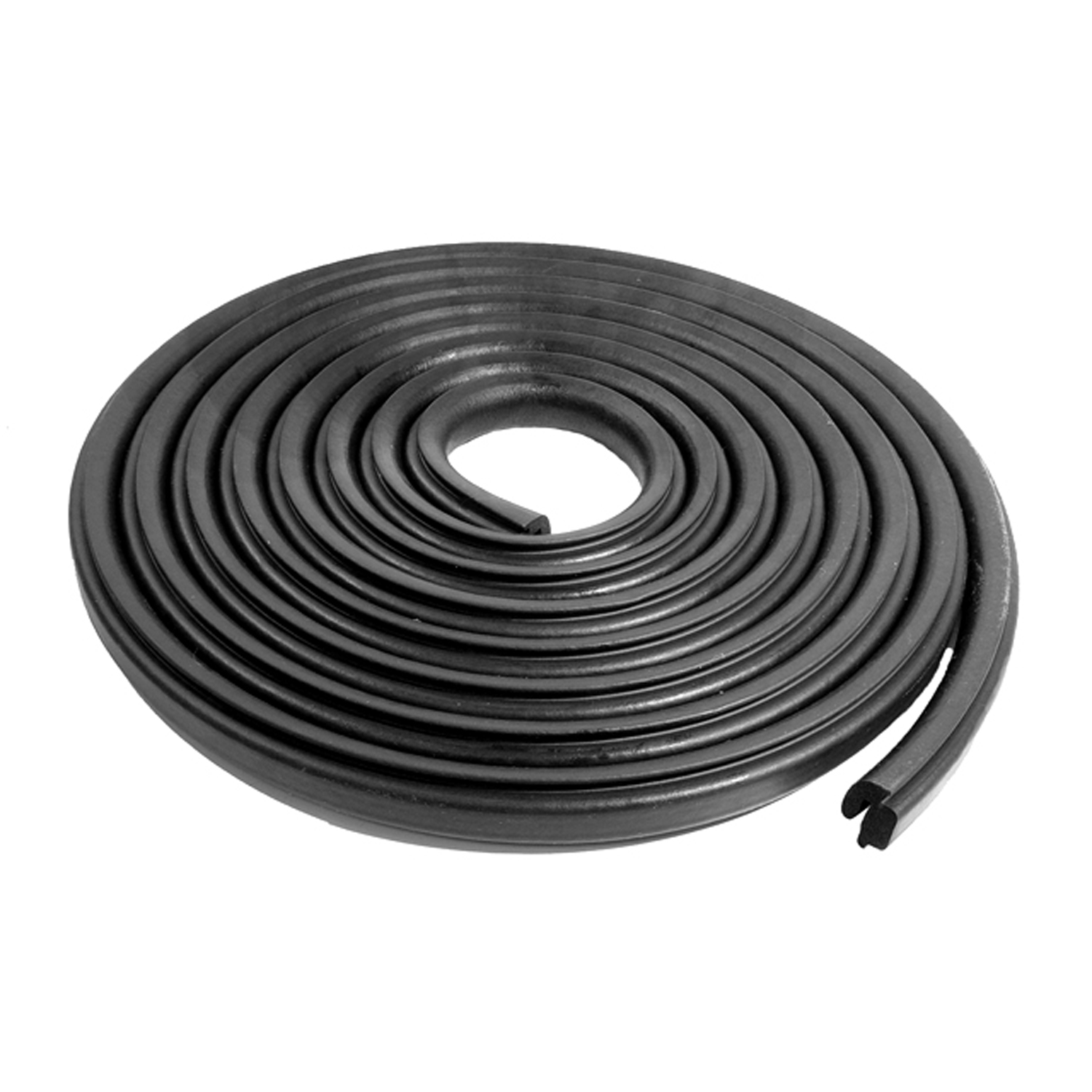 1940 Buick Roadmaster Series 80 Trunk Seal. 18 Feet long. Each-TK 50-18Trunk Seal. 18 Feet long. Each
1940 Buick Roadmaster Series 80 Trunk Seal. 18 Feet long. Each-TK 50-18Trunk Seal. 18 Feet long. Each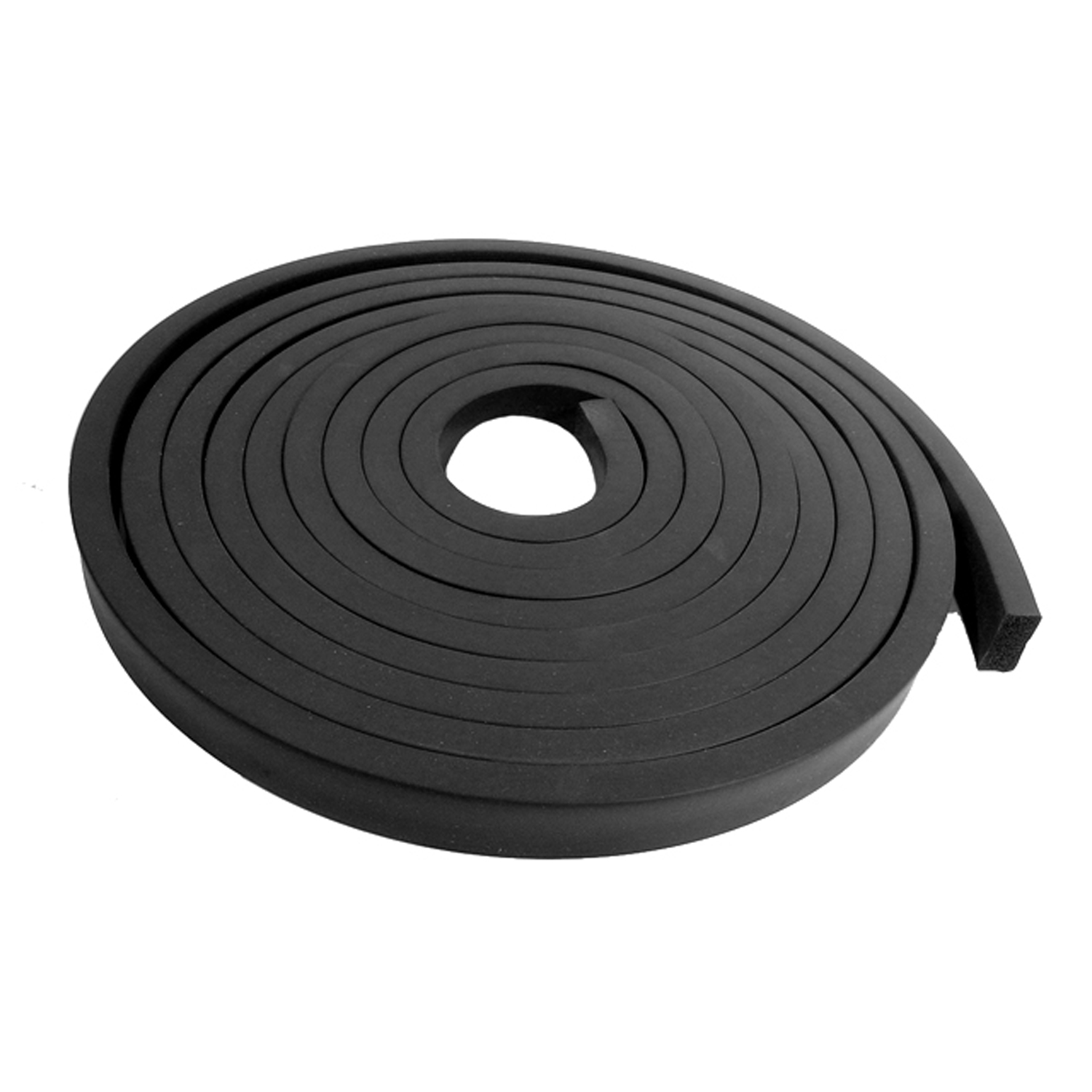 1940 Buick Roadmaster Series 80 Trunk Seal for Coupes and Convertibles Only-TK 58-B/18Trunk Seal for Coupes and Convertibles Only. 1" wide X 1/2" thick. Each
1940 Buick Roadmaster Series 80 Trunk Seal for Coupes and Convertibles Only-TK 58-B/18Trunk Seal for Coupes and Convertibles Only. 1" wide X 1/2" thick. Each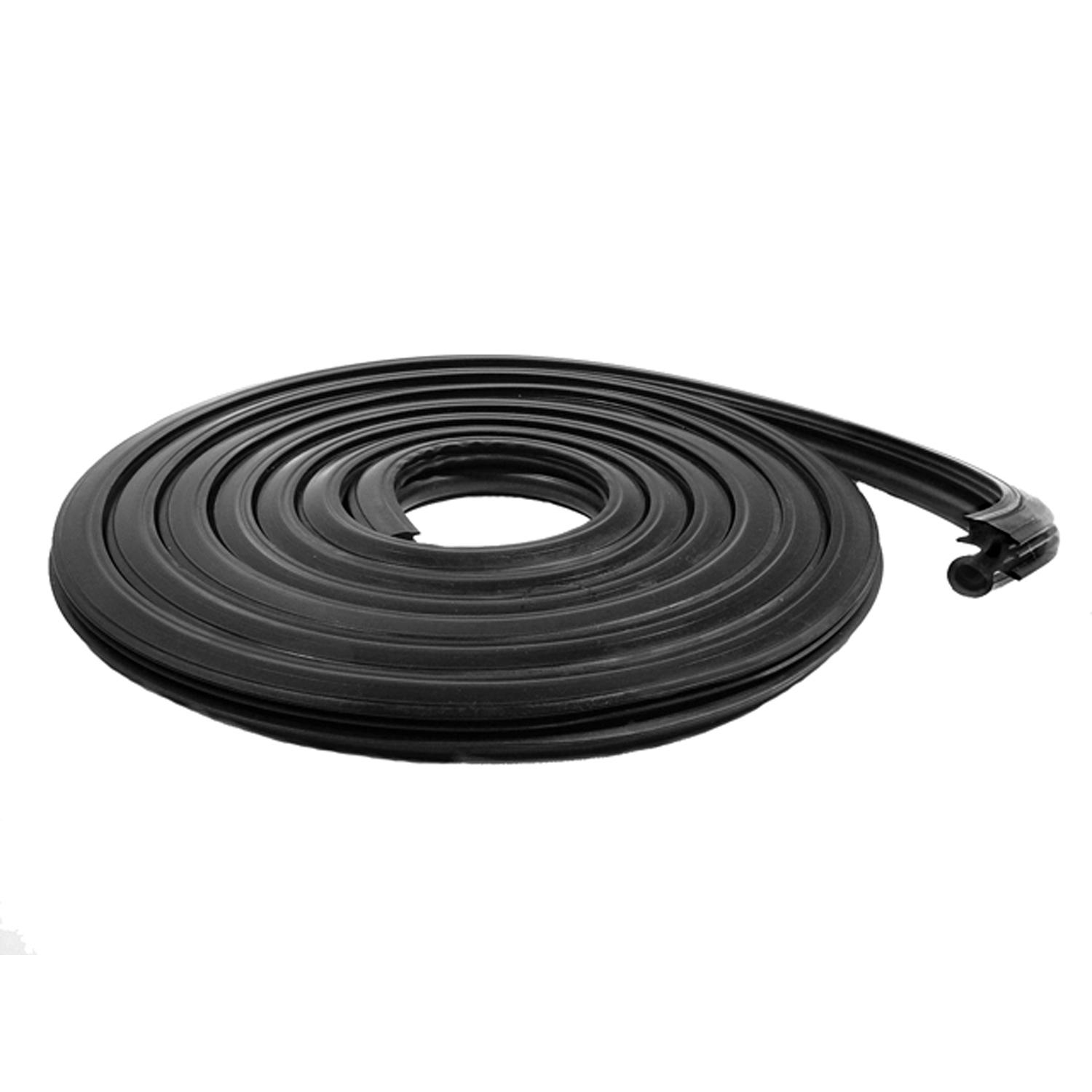 1940 Buick Roadmaster Series 80 Trunk Seal, for Sedans. Each-TK 96-15Trunk Seal, for Sedans. Each
1940 Buick Roadmaster Series 80 Trunk Seal, for Sedans. Each-TK 96-15Trunk Seal, for Sedans. Each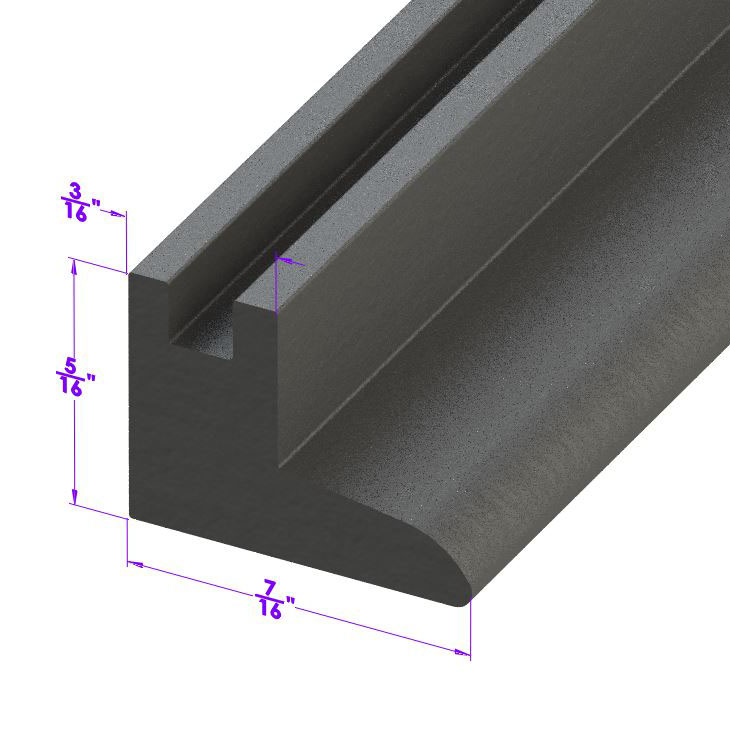 1940 Buick Roadmaster Series 80 Vertical Seal for Vent Window. Each is 17" long. Pair-VS 2Vertical Seal for Vent Window. Each is 17" long. Pair
1940 Buick Roadmaster Series 80 Vertical Seal for Vent Window. Each is 17" long. Pair-VS 2Vertical Seal for Vent Window. Each is 17" long. Pair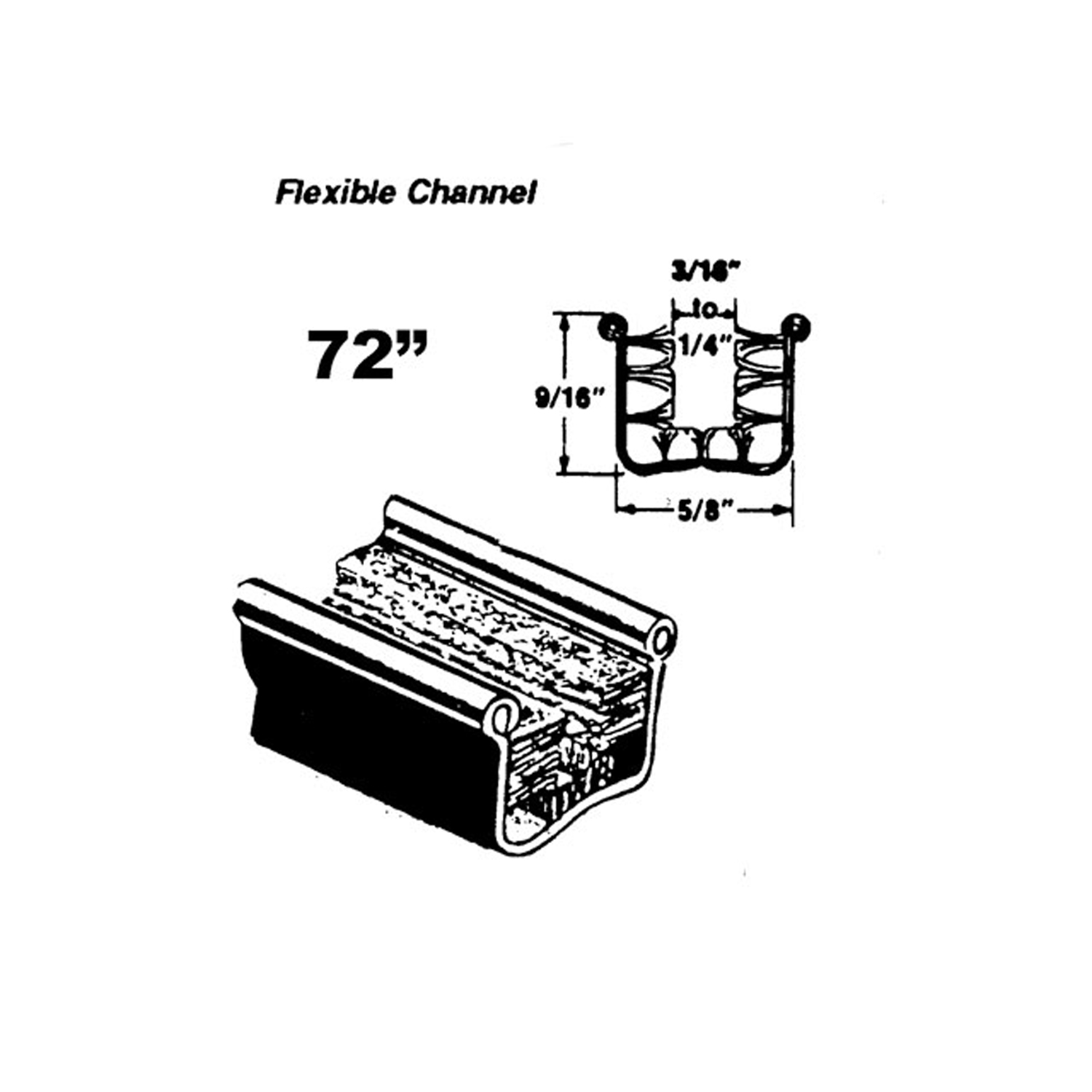 1940 Buick Roadmaster Series 80 Flexible glass-run channel-WC 11-72Flexible glass-run channel. Mohair lined, cloth covered with stainless steel bead. Used on side windows. 72 in. long. Each. NOTE: $20 special shipping charge applies for domestic orders. Call or email for overseas shipping costs. Part can be sectioned in two equal lengths to reduce overseas shipping costs.
1940 Buick Roadmaster Series 80 Flexible glass-run channel-WC 11-72Flexible glass-run channel. Mohair lined, cloth covered with stainless steel bead. Used on side windows. 72 in. long. Each. NOTE: $20 special shipping charge applies for domestic orders. Call or email for overseas shipping costs. Part can be sectioned in two equal lengths to reduce overseas shipping costs.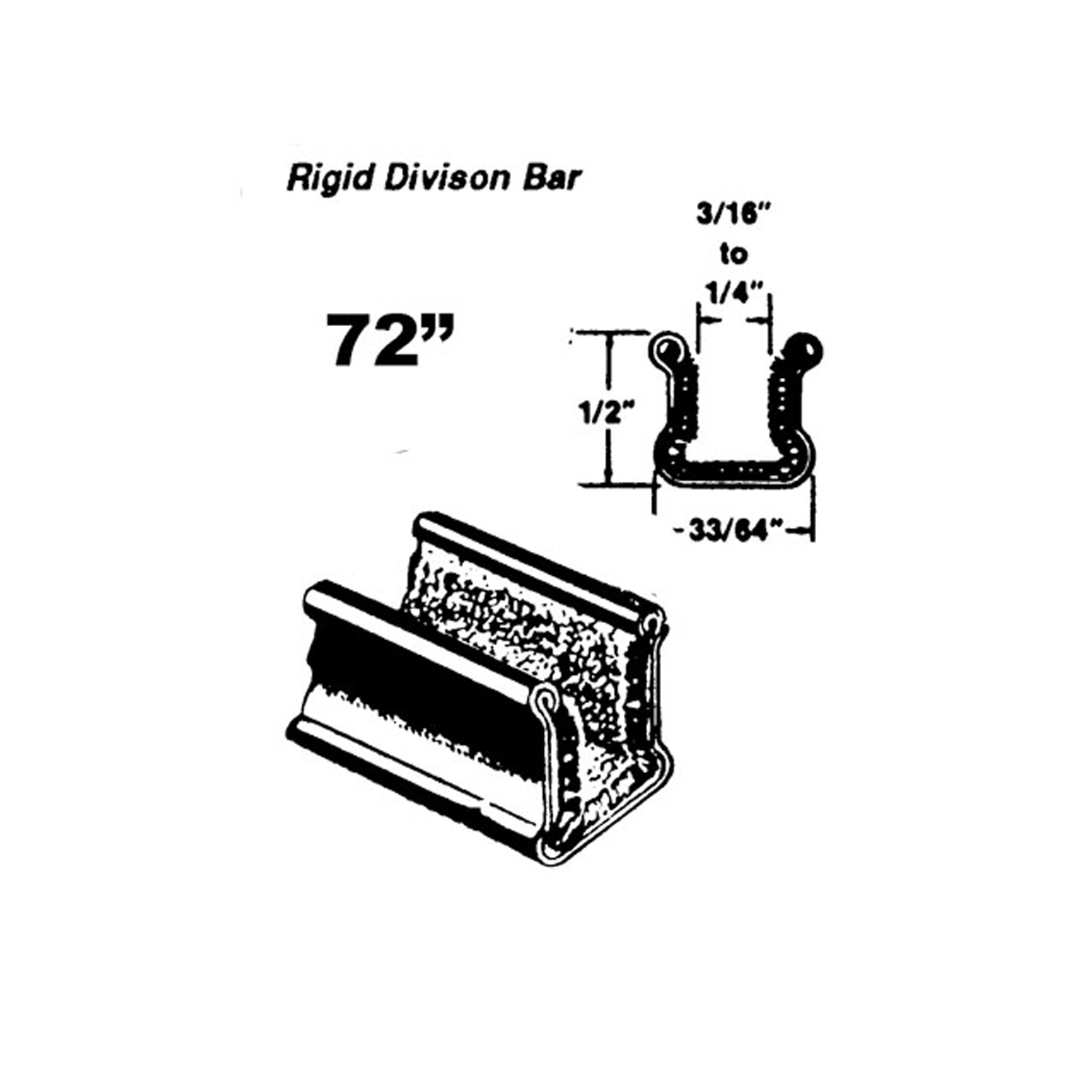 1940 Buick Roadmaster Series 80 Rigid division-bar channel. Made with Zinc-plated bead-WC 1-72Rigid division-bar channel. Made with Zinc-plated bead. Used on lower side windows. 72 in. long. Each. NOTE: $20 special shipping charge applies for domestic orders. Call or email for overseas shipping costs. Part can be sectioned into two equal lengths to reduce overseas shipping costs.
1940 Buick Roadmaster Series 80 Rigid division-bar channel. Made with Zinc-plated bead-WC 1-72Rigid division-bar channel. Made with Zinc-plated bead. Used on lower side windows. 72 in. long. Each. NOTE: $20 special shipping charge applies for domestic orders. Call or email for overseas shipping costs. Part can be sectioned into two equal lengths to reduce overseas shipping costs.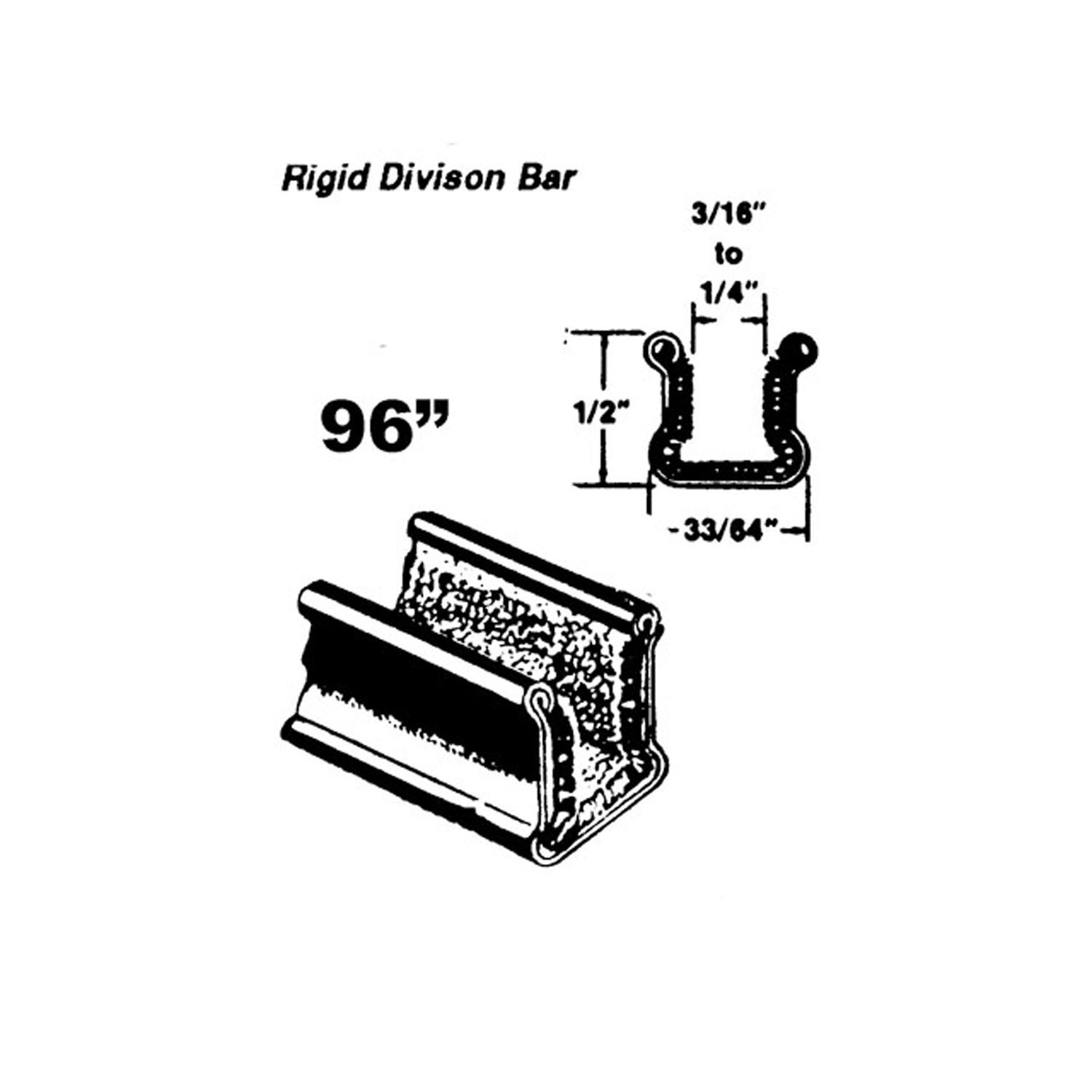 1940 Buick Roadmaster Series 80 Rigid division-bar channel. Made with Zinc-plated bead-WC 1-96Rigid division-bar channel. Made with Zinc-plated bead. Used on lower side windows. 96 in. long. Each. NOTE: $20 special shipping charge applies for domestic orders. Call or email for overseas shipping costs. Part can be sectioned in two or three equal lengths to reduce overseas shipping costs.
1940 Buick Roadmaster Series 80 Rigid division-bar channel. Made with Zinc-plated bead-WC 1-96Rigid division-bar channel. Made with Zinc-plated bead. Used on lower side windows. 96 in. long. Each. NOTE: $20 special shipping charge applies for domestic orders. Call or email for overseas shipping costs. Part can be sectioned in two or three equal lengths to reduce overseas shipping costs. 1940 Buick Roadmaster Series 80 Rigid division-bar channel. Made with stainless steel bead-WC 2-72Rigid division-bar channel. Made with stainless steel bead. 72 in. long. Each. NOTE: $20 special shipping charge applies for domestic orders. Call or email for overseas shipping costs. Part can be sectioned into two equal lengths to reduce overseas shipping costs.
1940 Buick Roadmaster Series 80 Rigid division-bar channel. Made with stainless steel bead-WC 2-72Rigid division-bar channel. Made with stainless steel bead. 72 in. long. Each. NOTE: $20 special shipping charge applies for domestic orders. Call or email for overseas shipping costs. Part can be sectioned into two equal lengths to reduce overseas shipping costs.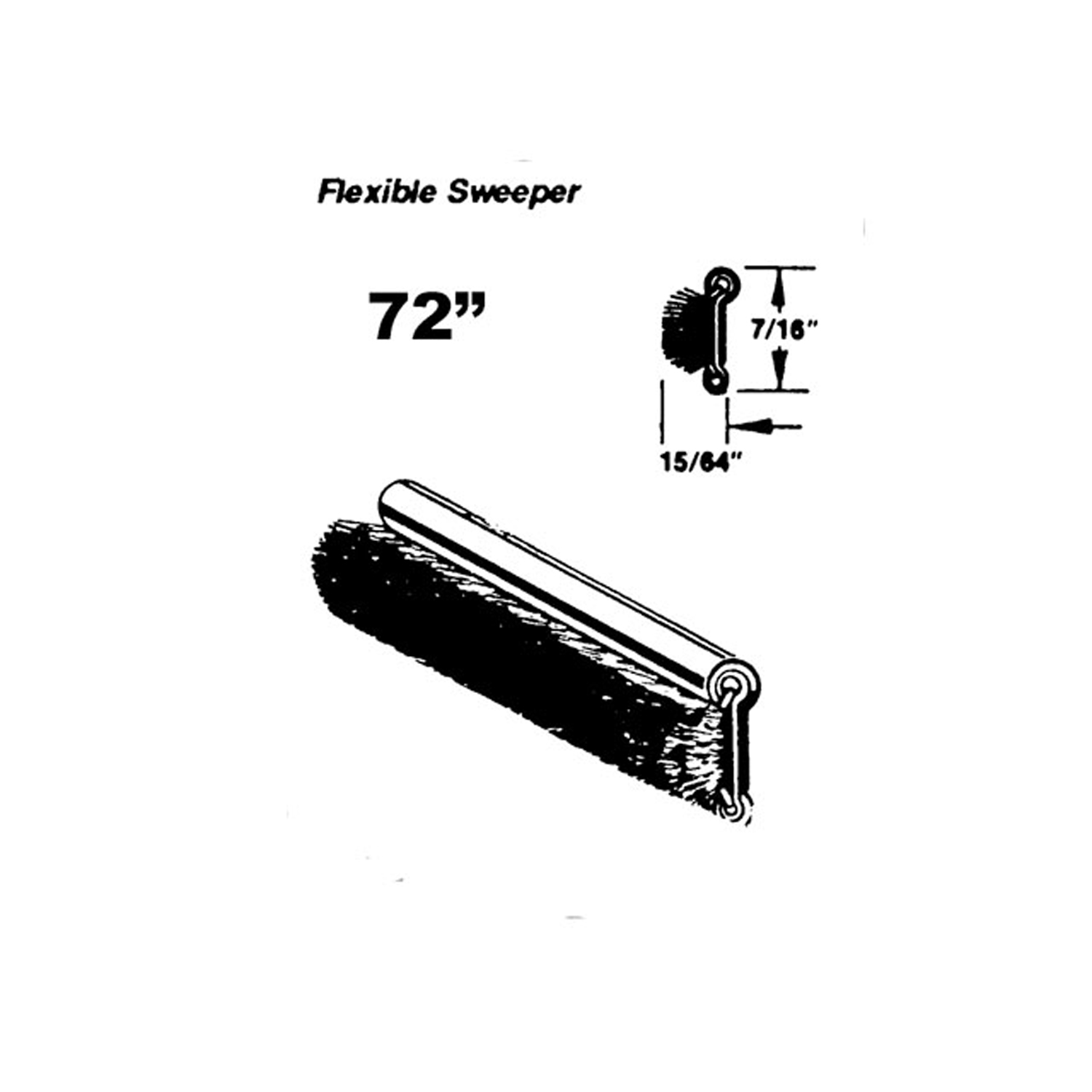 1940 Buick Roadmaster Series 80 Flexible sweeper. Made with stainless steel bead-WC 8-72Flexible sweeper. Made with stainless steel bead. Used on inner and outer beltlines. Also forms easily for use with sliding quarter windows. 72 in. long. Each. NOTE: $20 special shipping charge applies for domestic orders. Call or email for overseas shipping costs. Part can be sectioned into two equal lengths to reduce overseas shipping costs.
1940 Buick Roadmaster Series 80 Flexible sweeper. Made with stainless steel bead-WC 8-72Flexible sweeper. Made with stainless steel bead. Used on inner and outer beltlines. Also forms easily for use with sliding quarter windows. 72 in. long. Each. NOTE: $20 special shipping charge applies for domestic orders. Call or email for overseas shipping costs. Part can be sectioned into two equal lengths to reduce overseas shipping costs.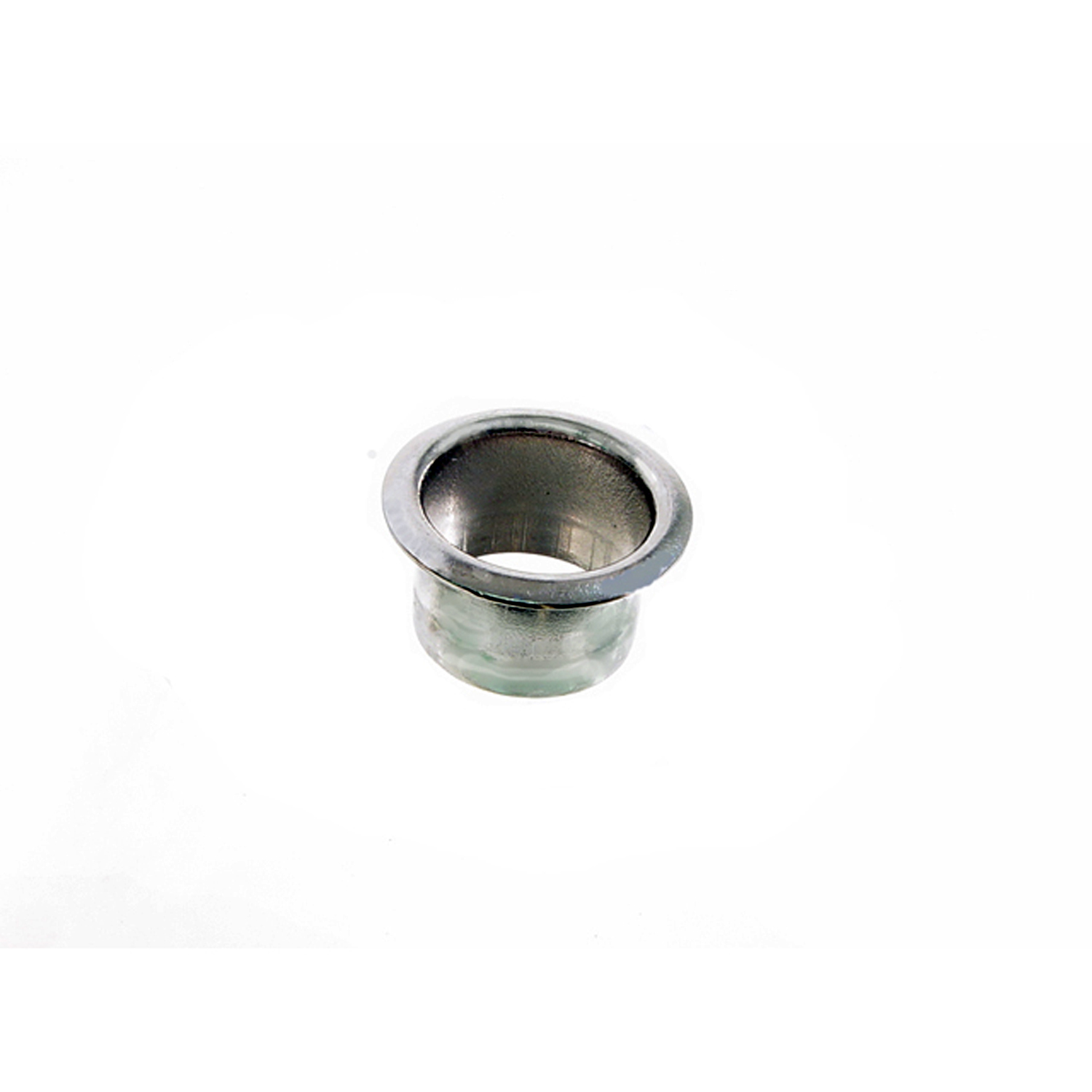 1940 Buick Roadmaster Series 80 Chrome Door Ferrule. To be used with MP 546-H. 1-1/16" O.D-WF 2006Chrome Door Ferrule. To be used with MP 546-H. 1-1/16" O.D., 5/8" high. Fits most models. Each
1940 Buick Roadmaster Series 80 Chrome Door Ferrule. To be used with MP 546-H. 1-1/16" O.D-WF 2006Chrome Door Ferrule. To be used with MP 546-H. 1-1/16" O.D., 5/8" high. Fits most models. Each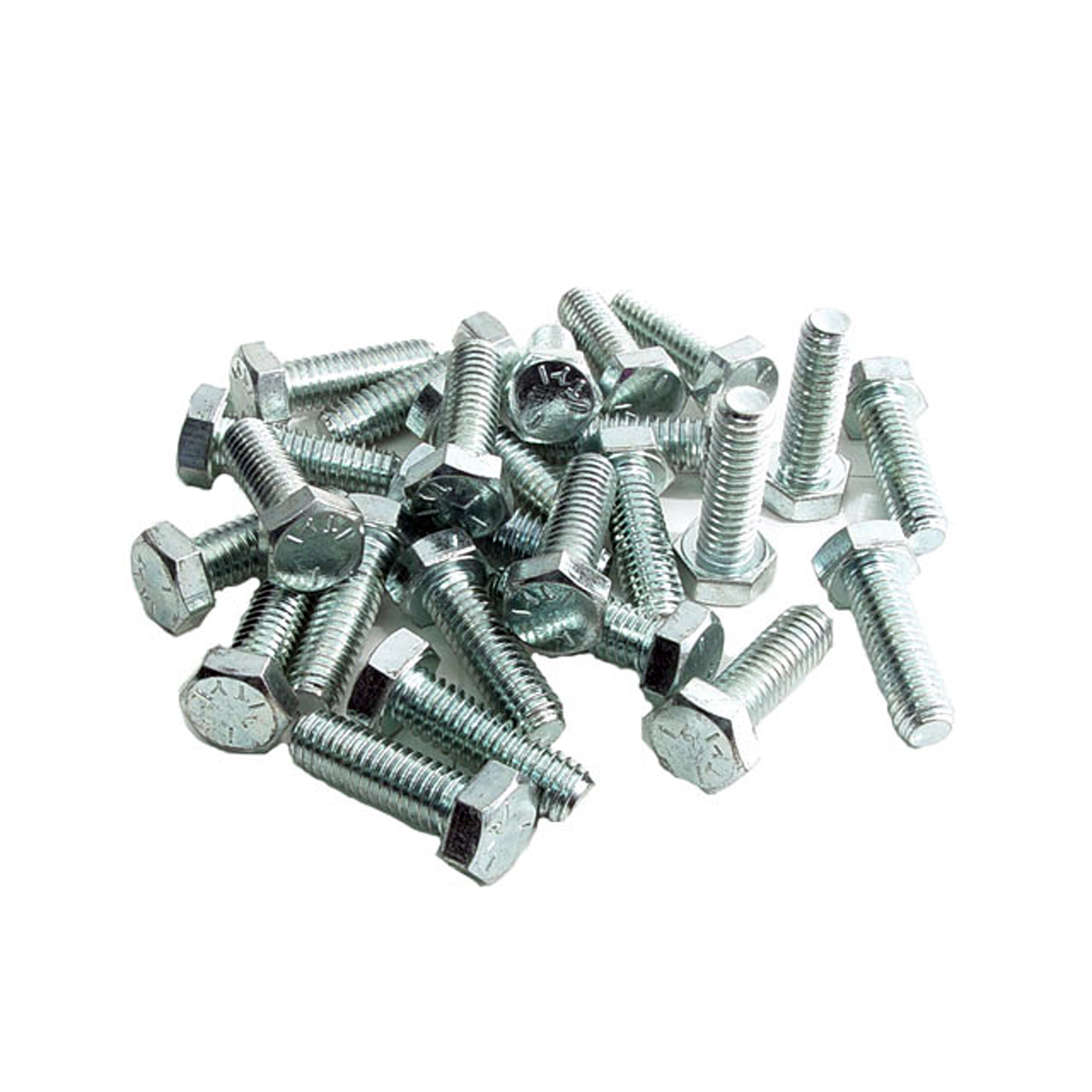 1940 Buick Roadmaster Series 80 Fender Bolts. For use with Fender Bolt Washers; WF 3001-WF 3000Fender Bolts. For use with Fender Bolt Washers; WF 3001. Zinc Chromate plated, high strength. 1" X 5/16". Set of 25
1940 Buick Roadmaster Series 80 Fender Bolts. For use with Fender Bolt Washers; WF 3001-WF 3000Fender Bolts. For use with Fender Bolt Washers; WF 3001. Zinc Chromate plated, high strength. 1" X 5/16". Set of 25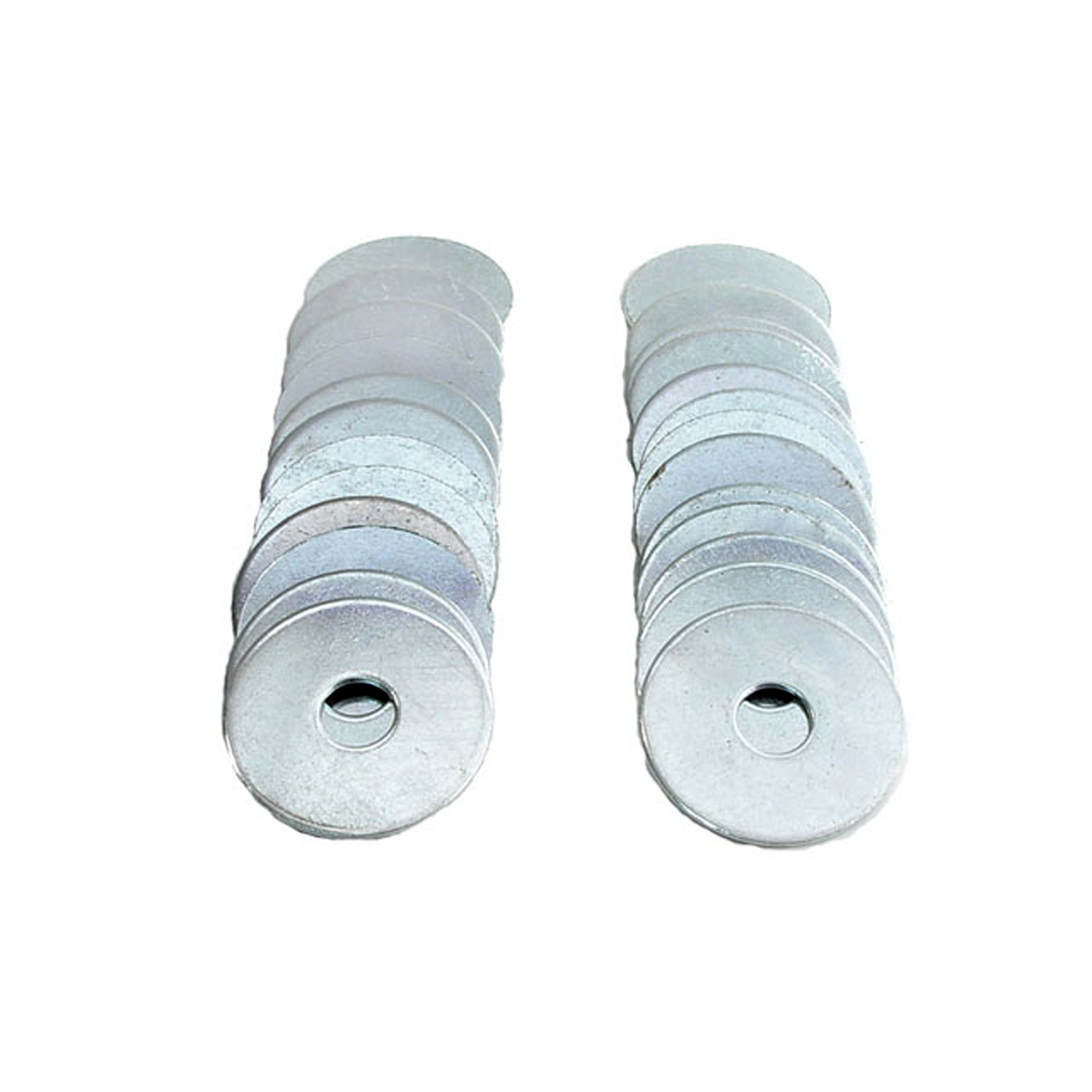 1940 Buick Roadmaster Series 80 Fender Bolt Washers. For use with Fender Bolts; WF 3000-WF 3001Fender Bolt Washers. For use with Fender Bolts; WF 3000. High quality, cadmium plated. 1-1/4" O.D., 3/8" I.D. Set of 25
1940 Buick Roadmaster Series 80 Fender Bolt Washers. For use with Fender Bolts; WF 3000-WF 3001Fender Bolt Washers. For use with Fender Bolts; WF 3000. High quality, cadmium plated. 1-1/4" O.D., 3/8" I.D. Set of 25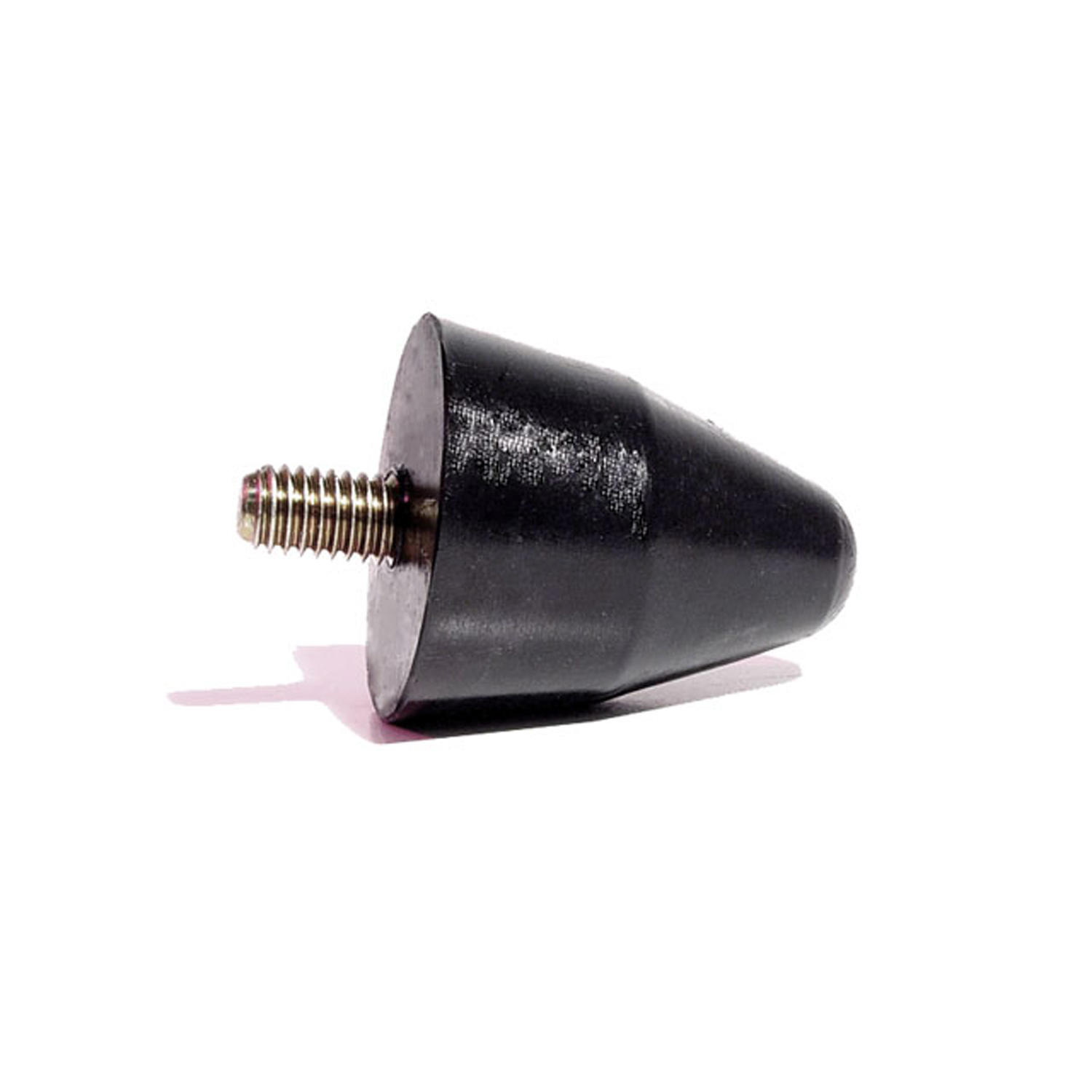 1940 Buick Roadmaster Series 80 Front Suspension Bumper. 2" high. Each-XB 18Front Suspension Bumper. 2" high. Each
1940 Buick Roadmaster Series 80 Front Suspension Bumper. 2" high. Each-XB 18Front Suspension Bumper. 2" high. Each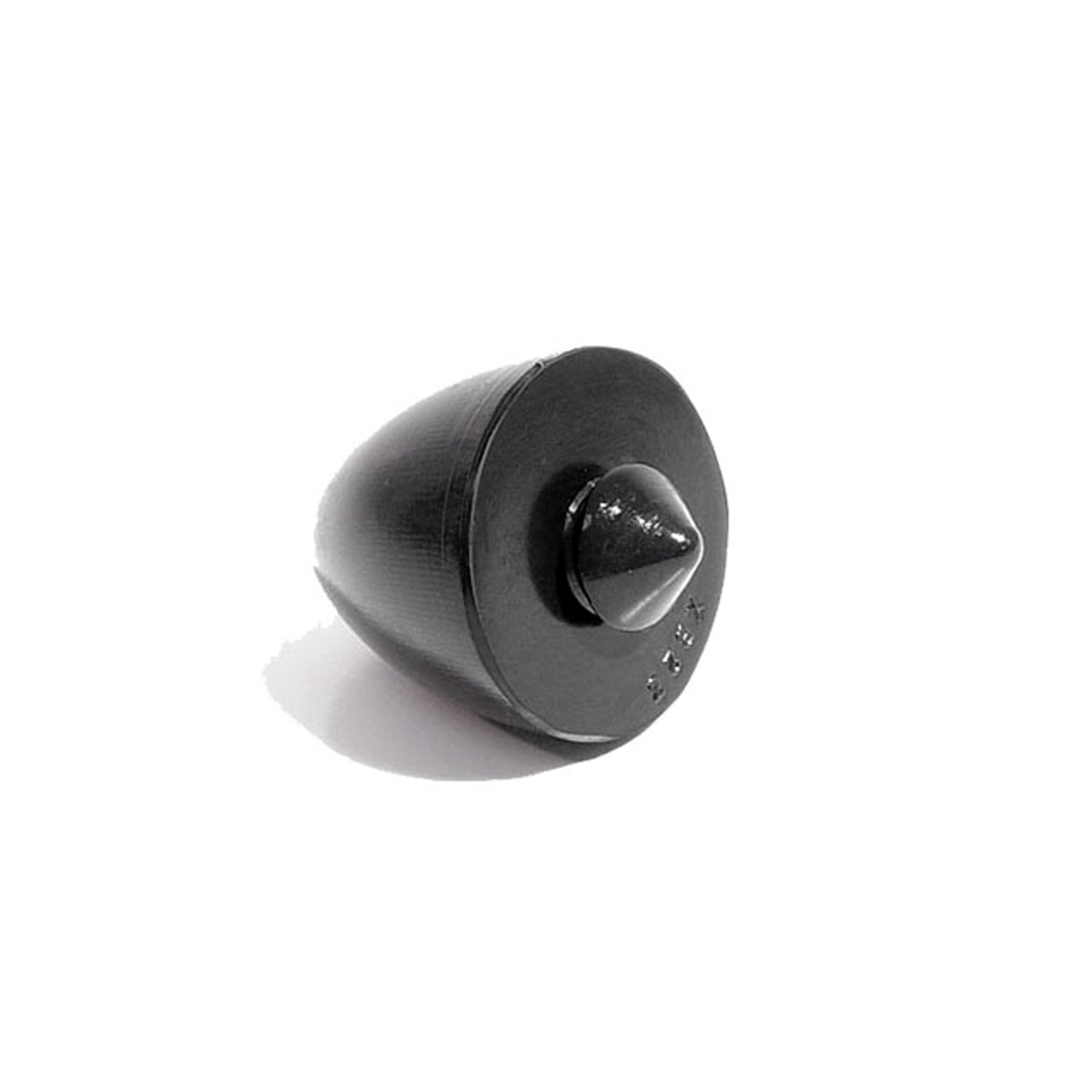 1940 Buick Roadmaster Series 80 Front Suspension Bumper. 1-5/8" high. Each-XB 23Front Suspension Bumper. 1-5/8" high. Each
1940 Buick Roadmaster Series 80 Front Suspension Bumper. 1-5/8" high. Each-XB 23Front Suspension Bumper. 1-5/8" high. Each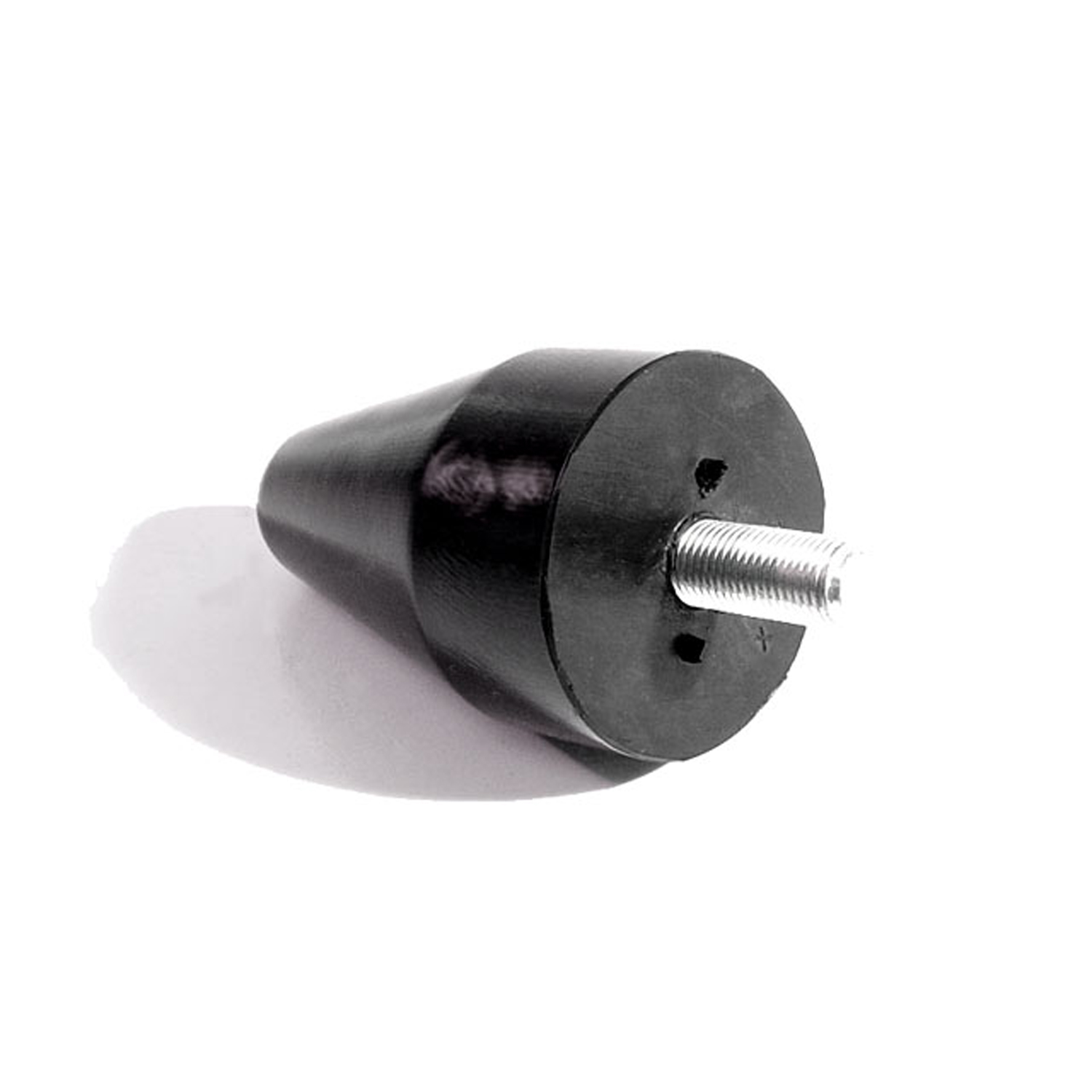 1940 Buick Roadmaster Series 80 Front Suspension Bumper. 2-7/8" high. Each-XB 25Front Suspension Bumper. 2-7/8" high. Each
1940 Buick Roadmaster Series 80 Front Suspension Bumper. 2-7/8" high. Each-XB 25Front Suspension Bumper. 2-7/8" high. EachWhy Choose Metro?
For over 100 years, Metro Moulded Parts has been the pinnacle of quality in classic car restoration parts. Our commitment to precision and authenticity in every component ensures a perfect fit and an OEM-level appearance.
- Expert Craftsmanship & Quality: Each part is a testament to our dedication to reliability and perfection, crafted from original designs and thoroughly tested.
- Advanced Technology: We use cutting-edge techniques to create flawless, long-lasting parts that surpass others in performance.
- SuperSoft Sponge – The Ultimate Door Seal: Not only are our door seals 30% softer than competitors', but they're also guaranteed to never leak. They effectively reduce wind and road noise, enhancing your classic car's comfort and driving experience.
- Proudly American: Our parts are a product of American craftsmanship, made in the USA with a spirit of excellence and heritage.
- Unrivaled Warranty: We back our products with a 30-year industry-leading warranty, a testament to our confidence in their quality.
Join us in preserving the legacy of classic cars with parts that are crafted for perfection, not just made.

